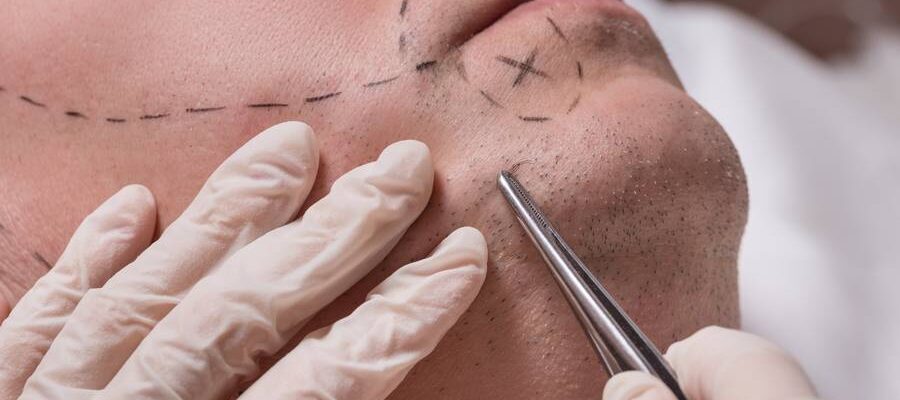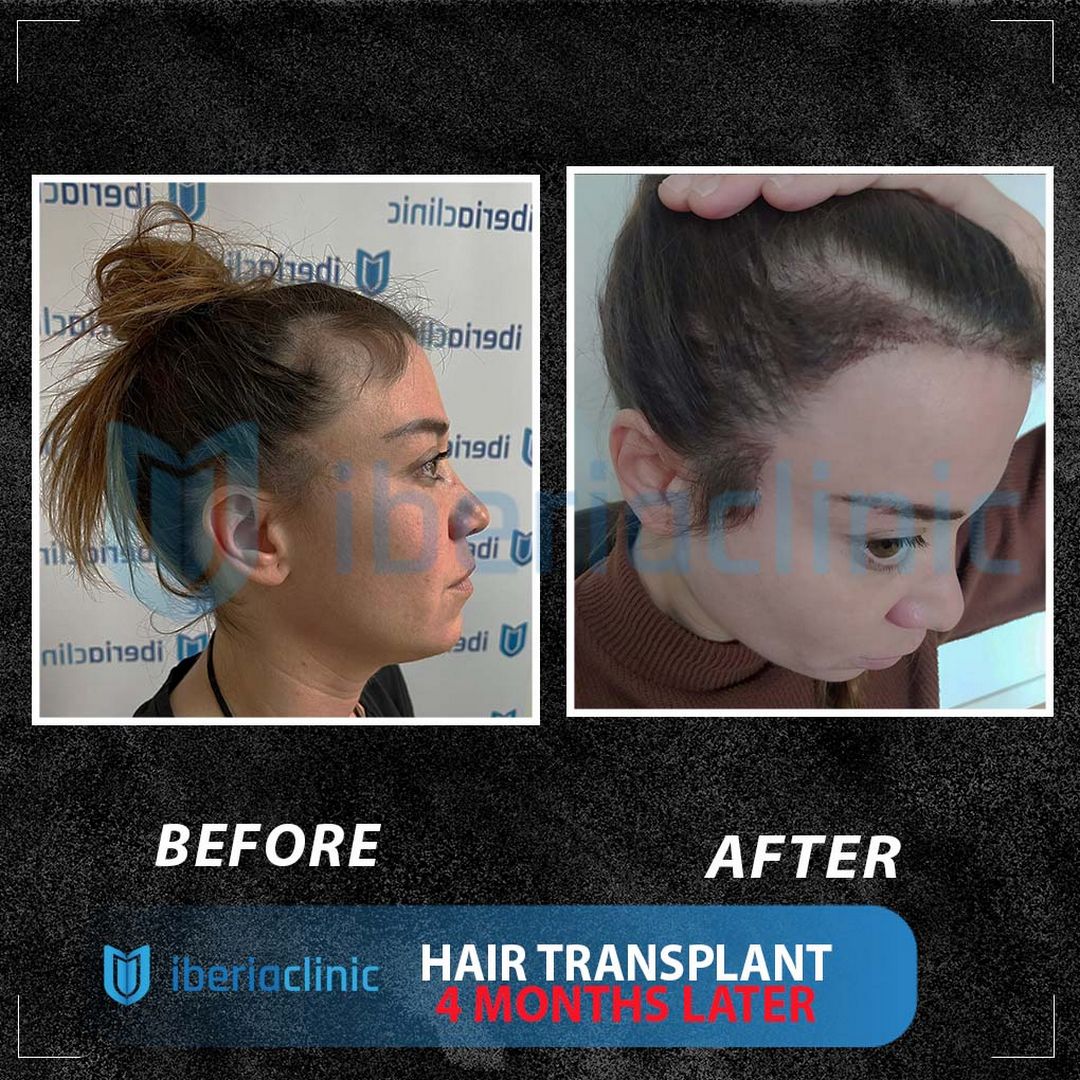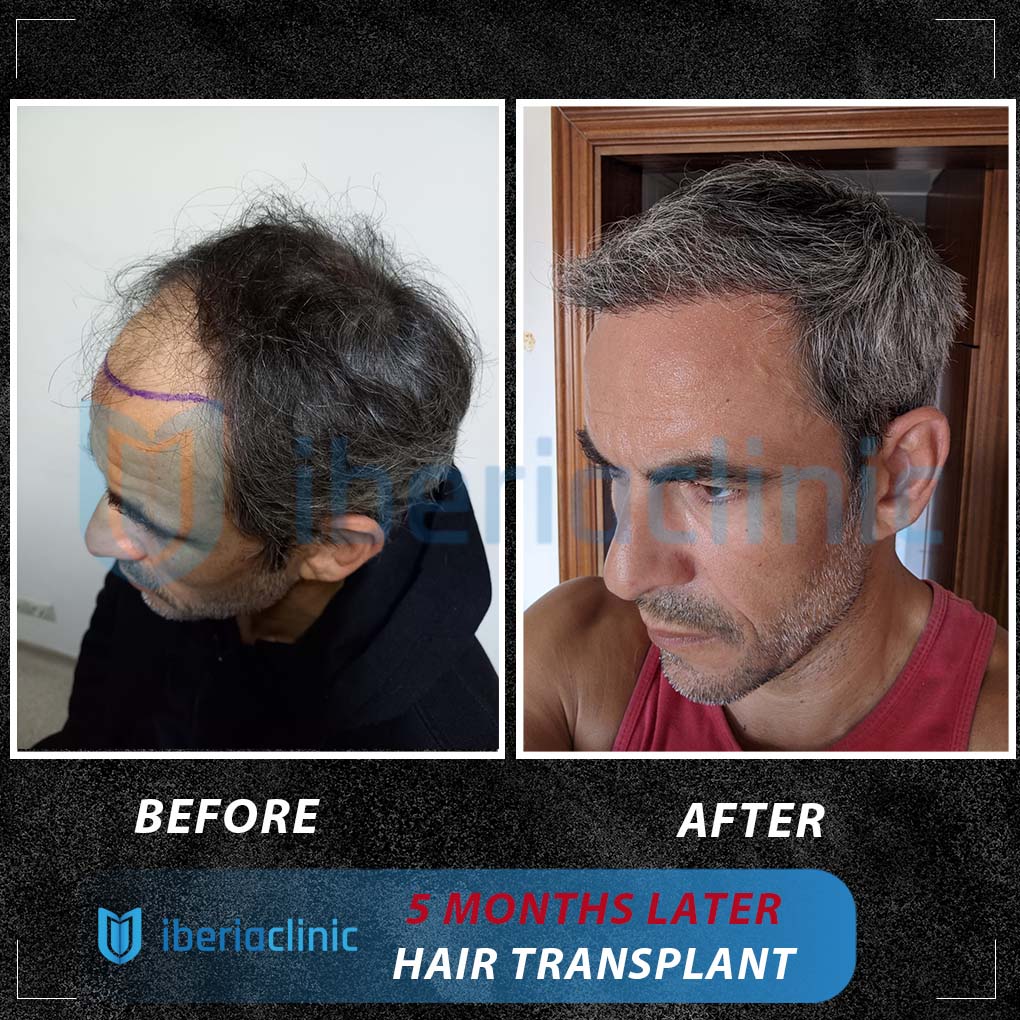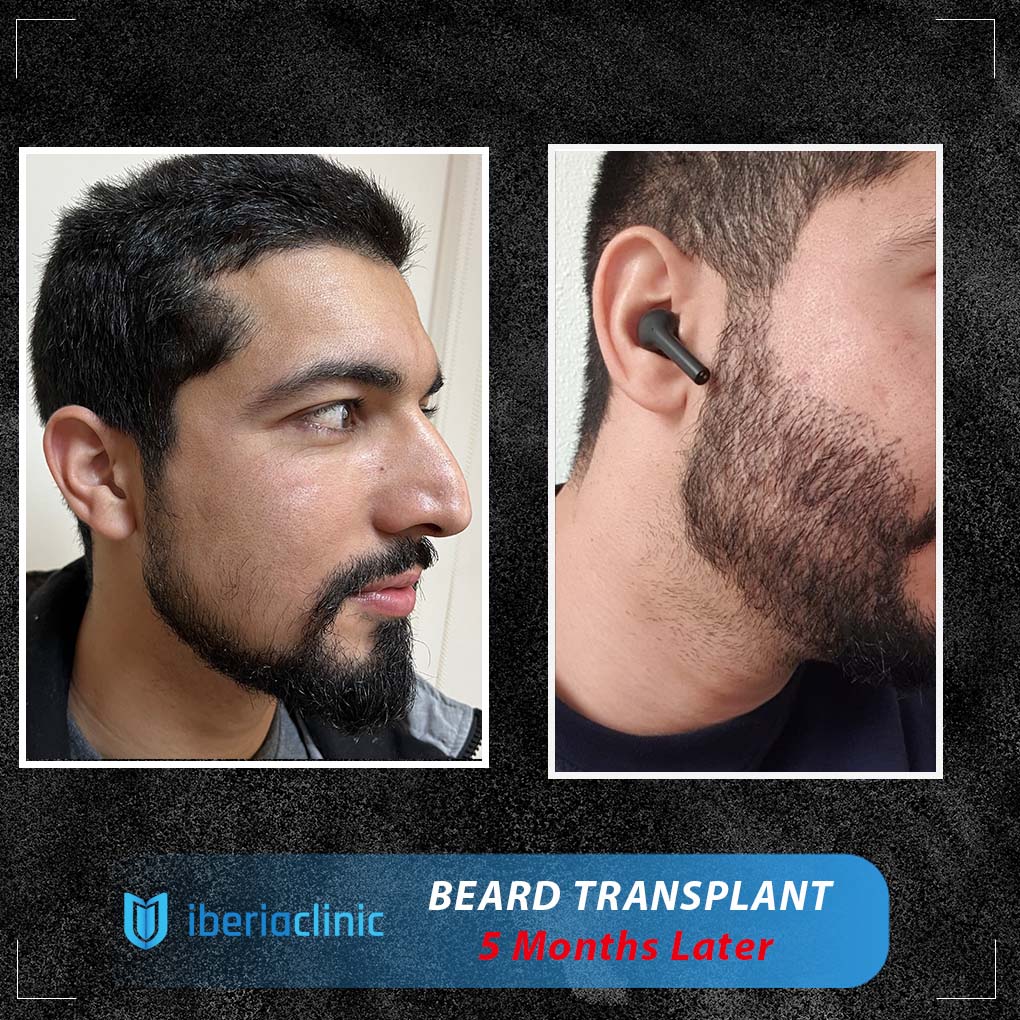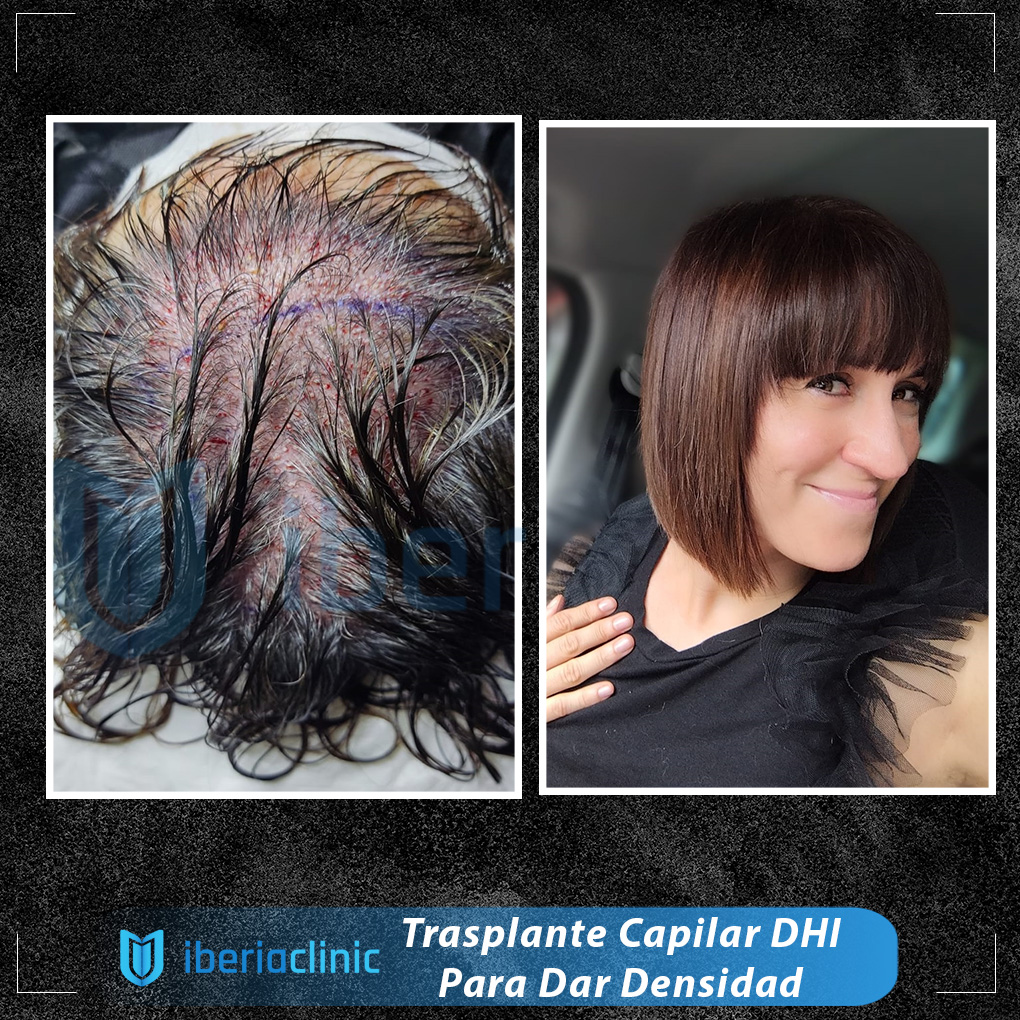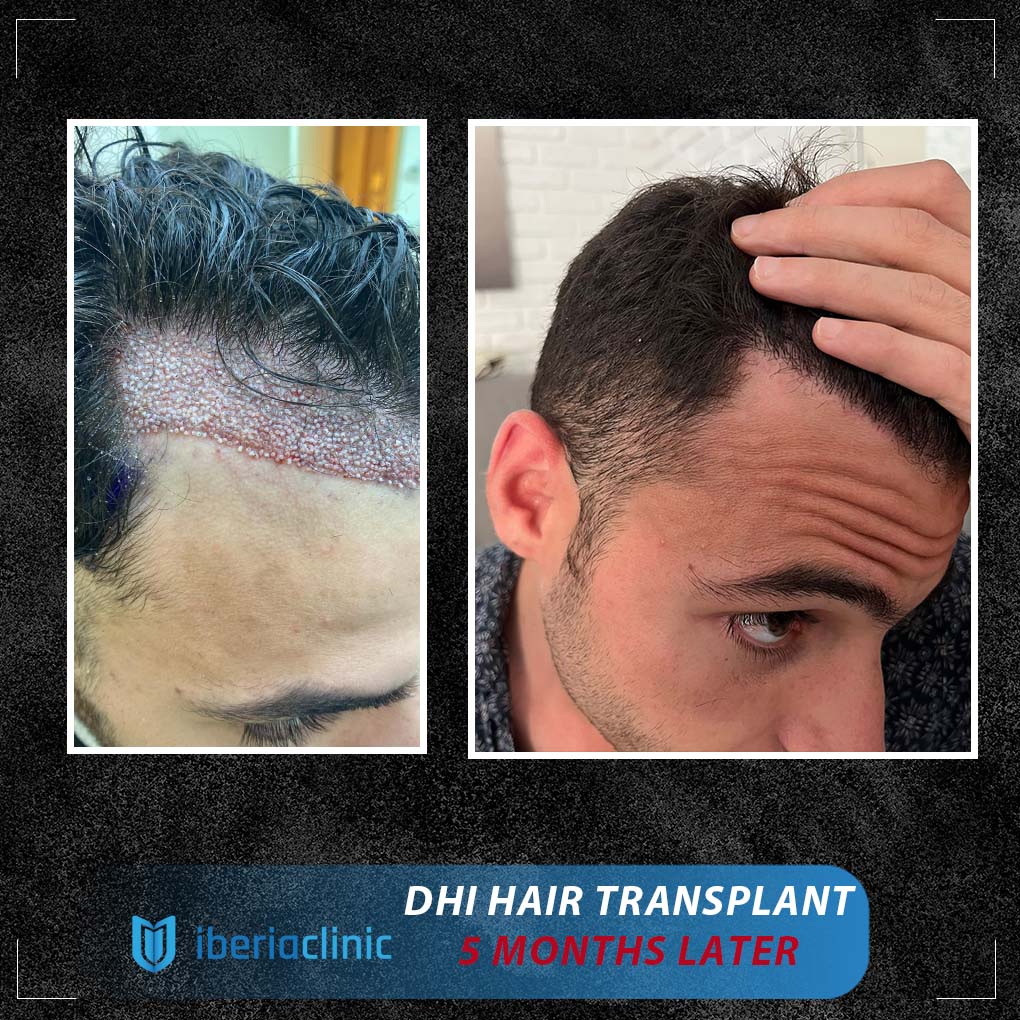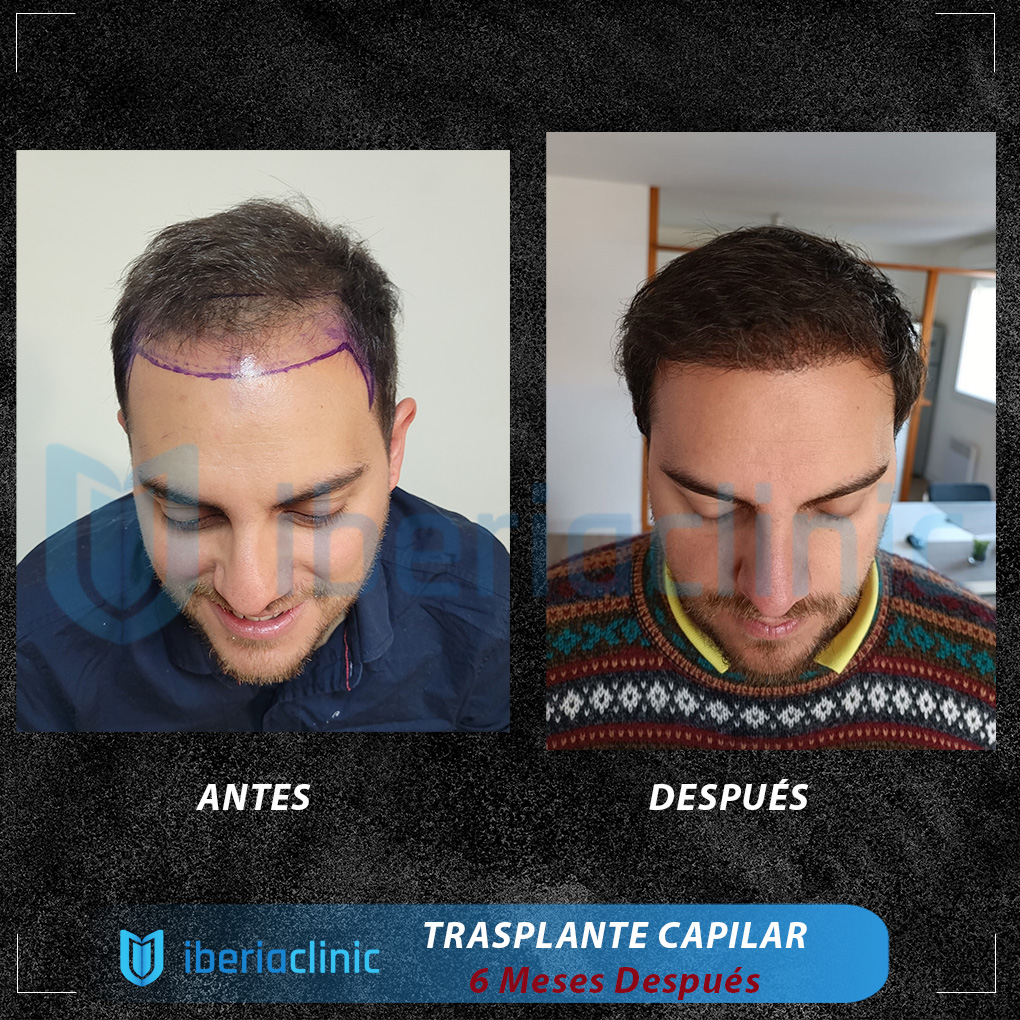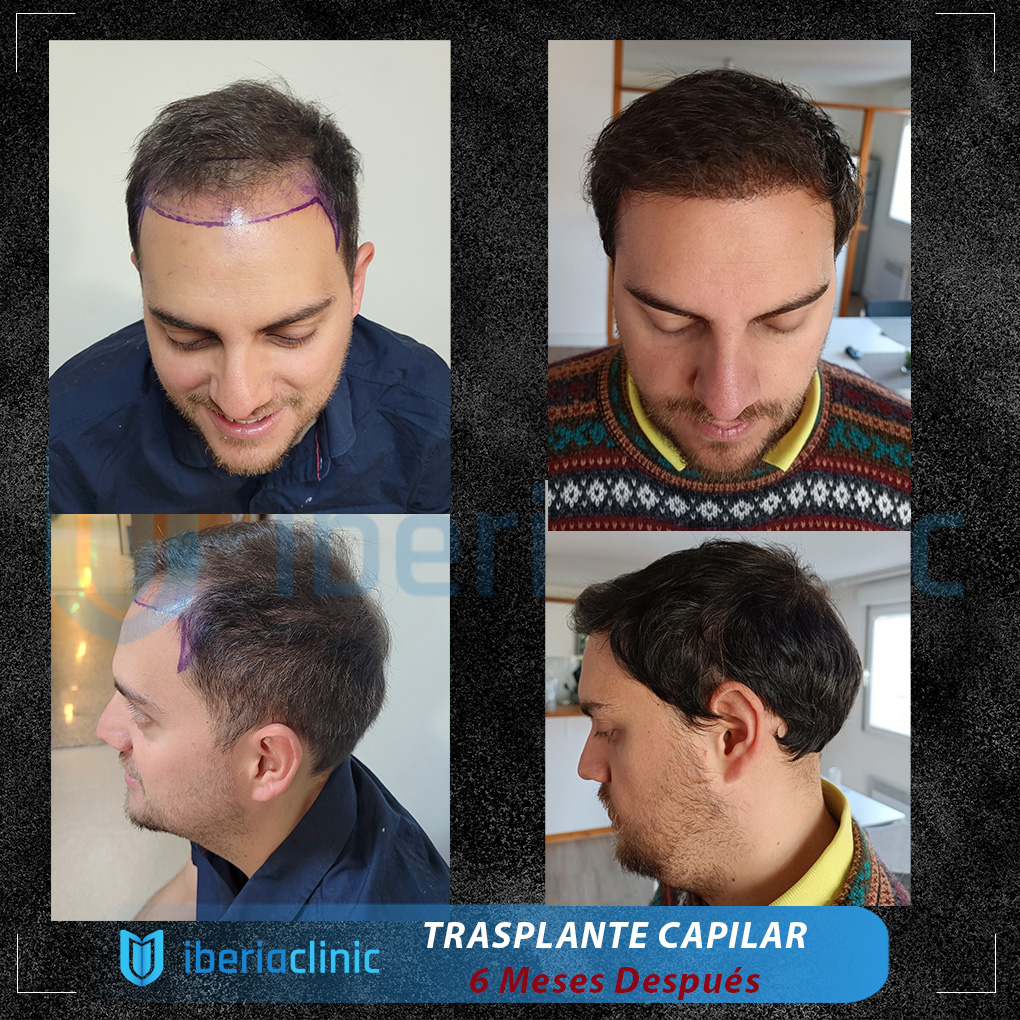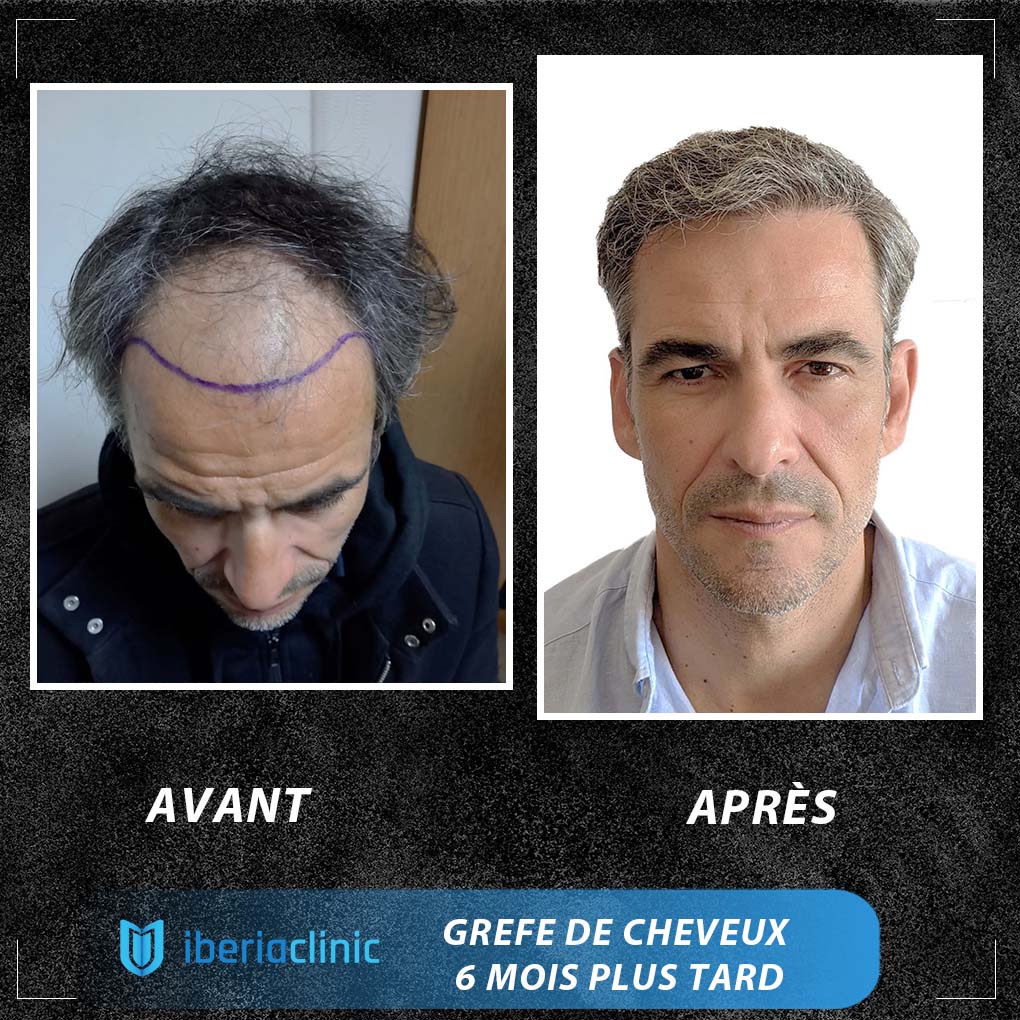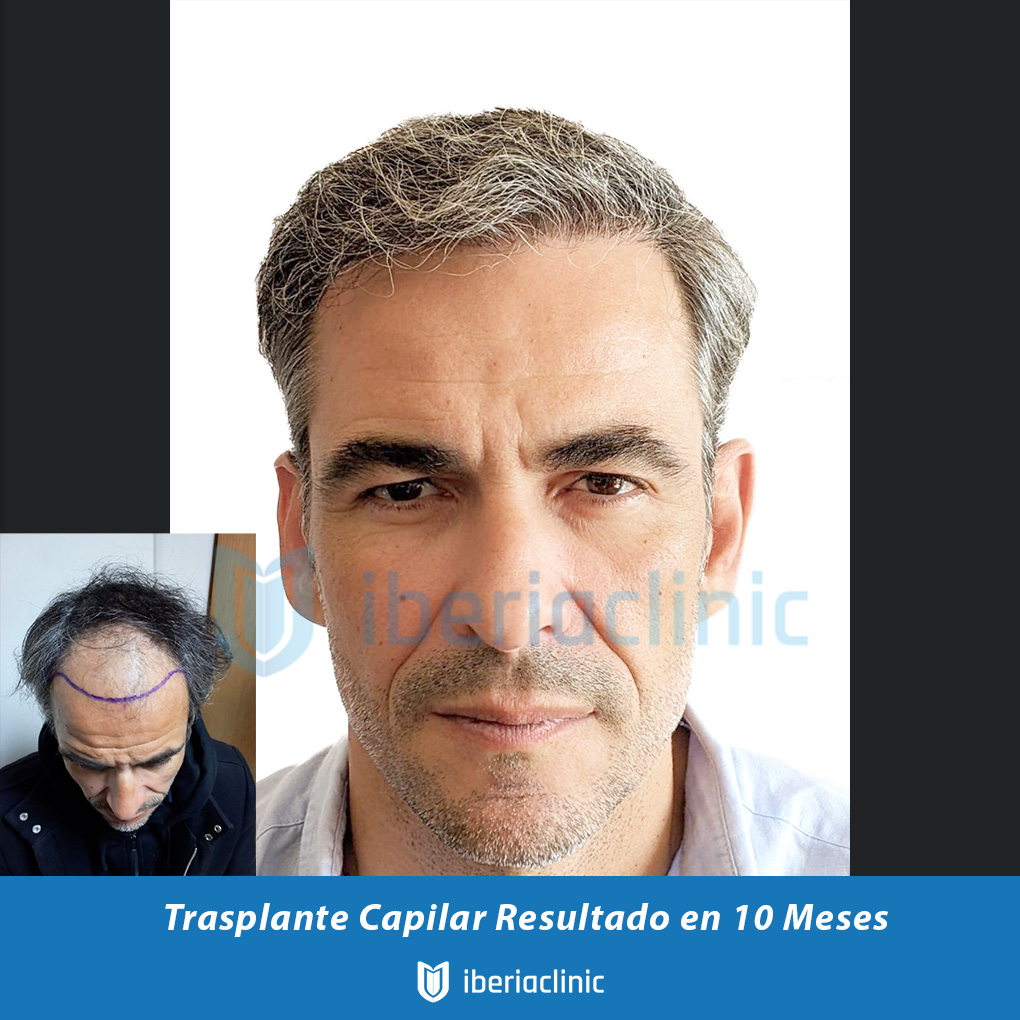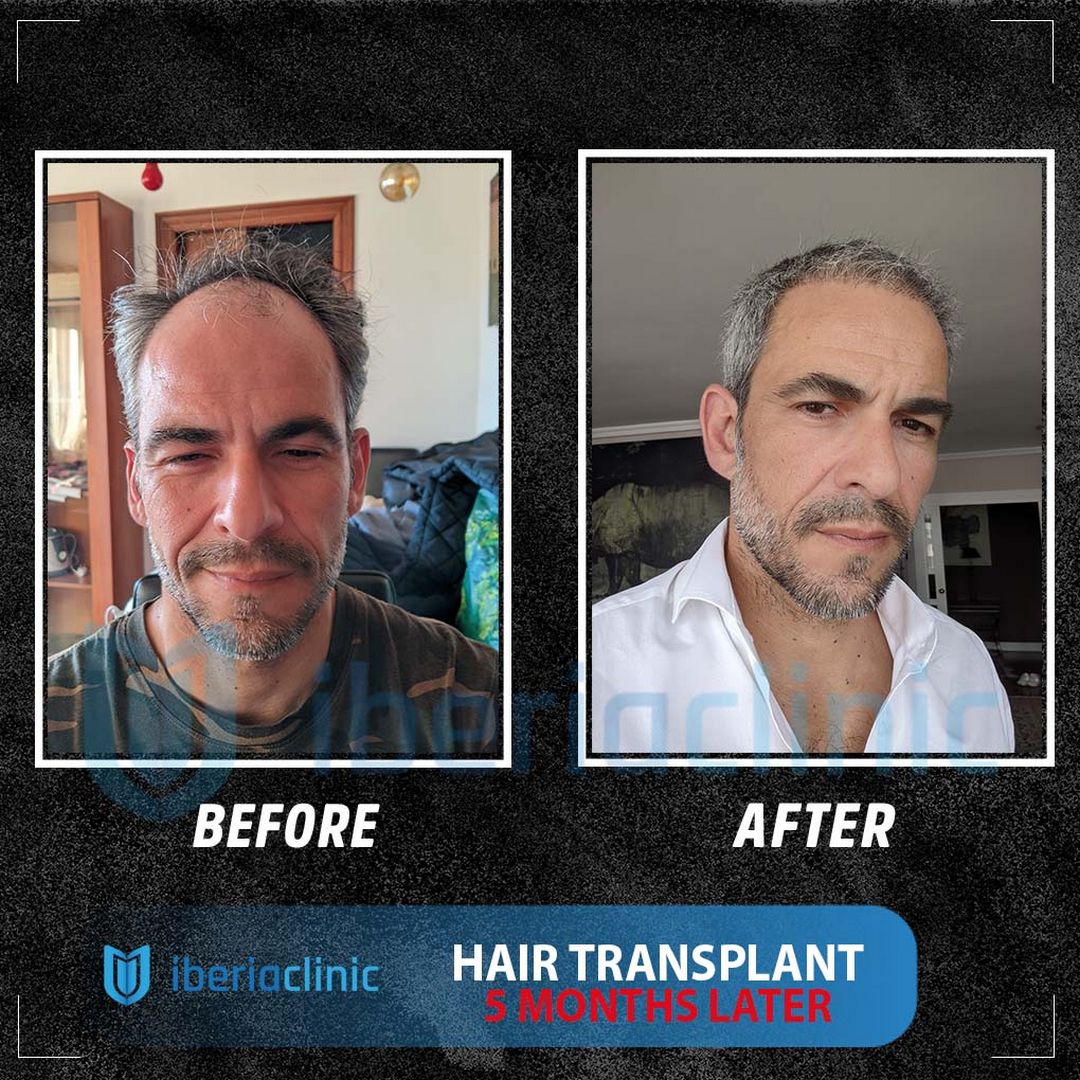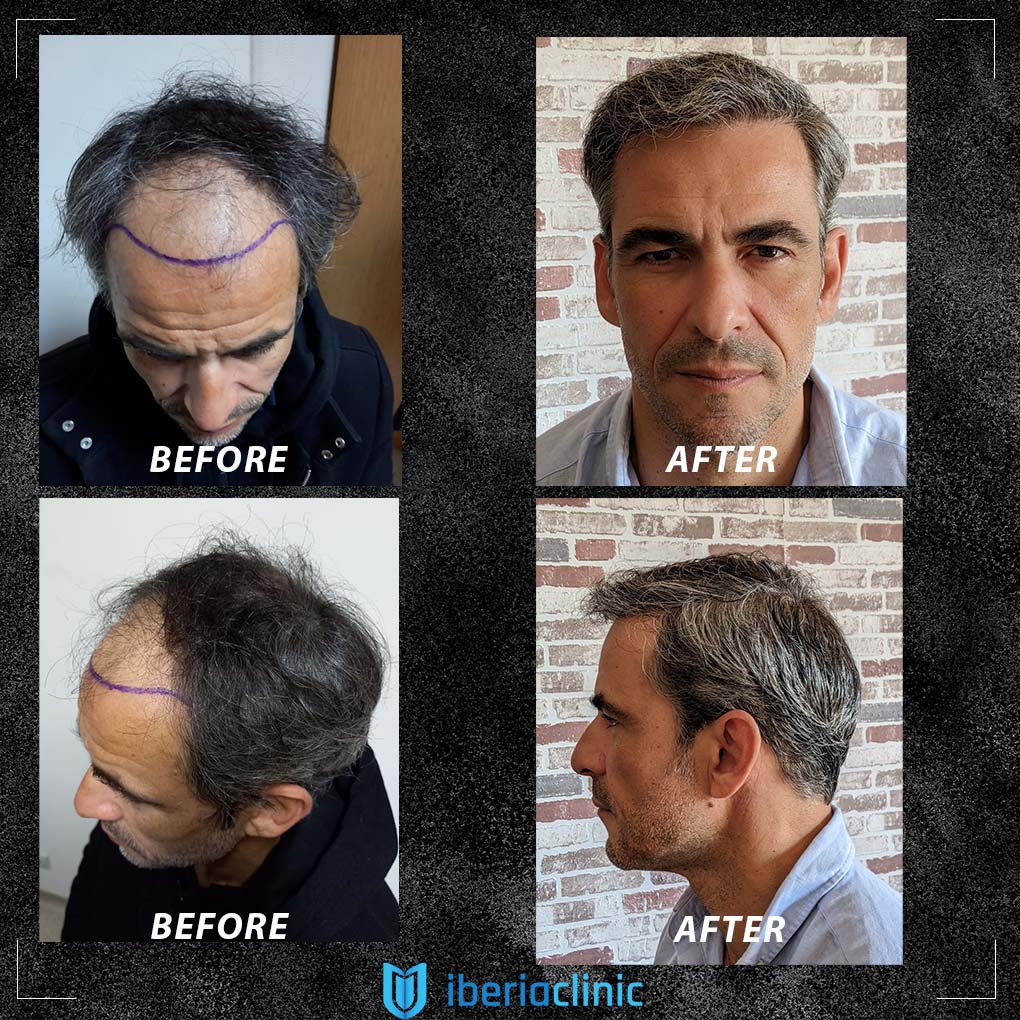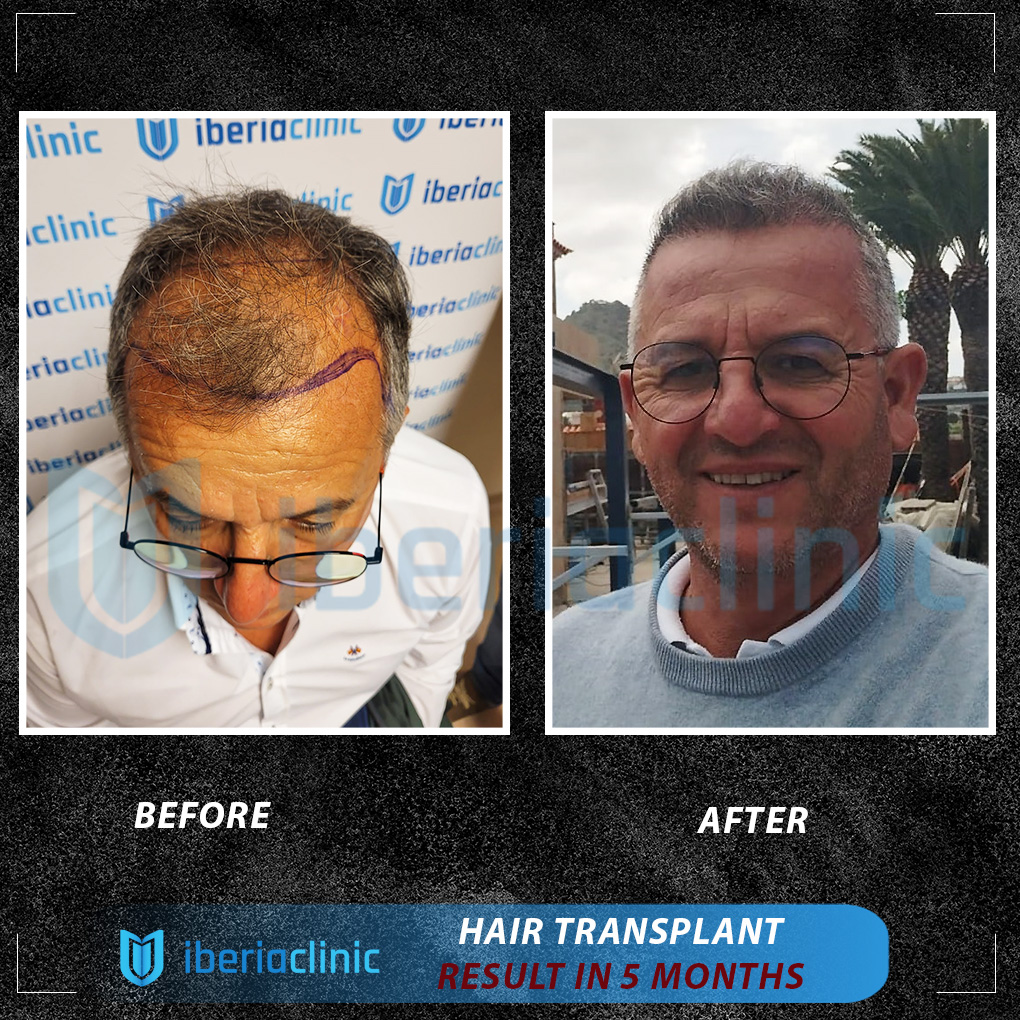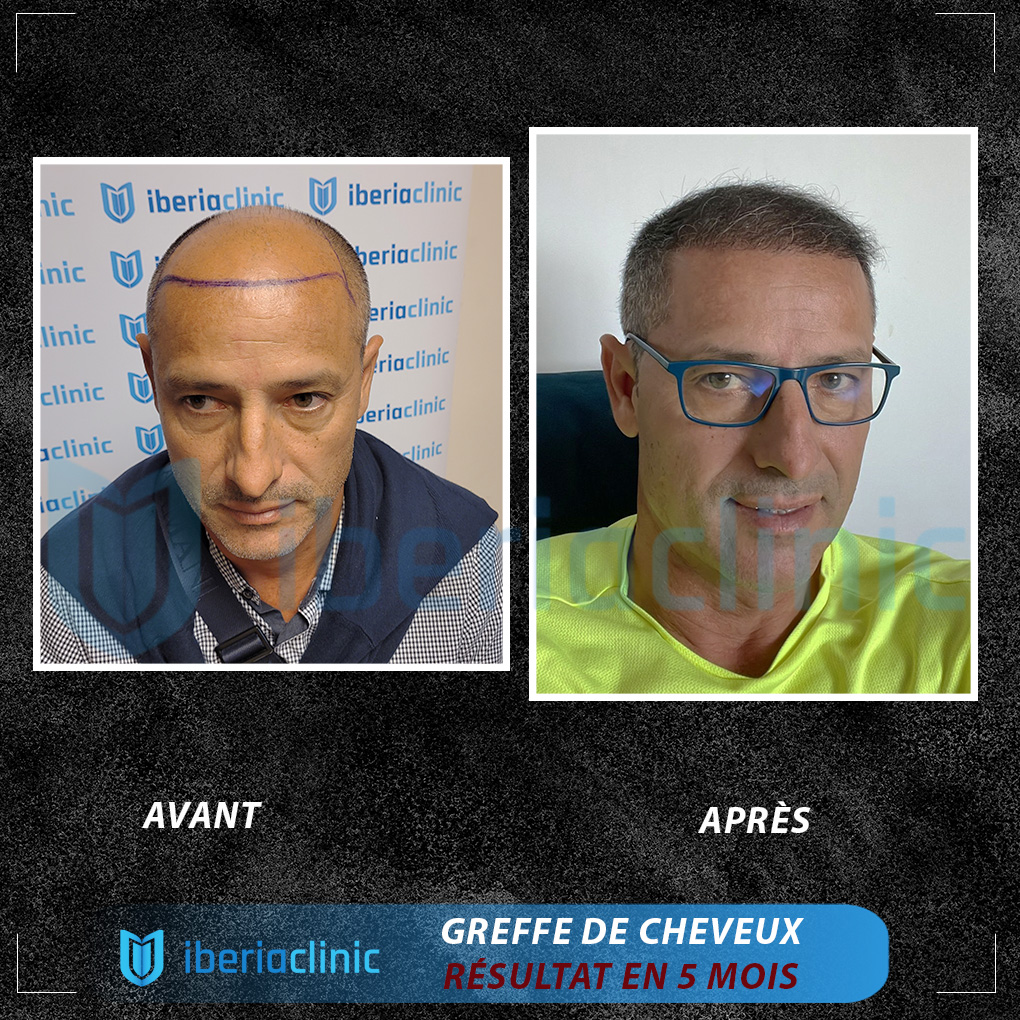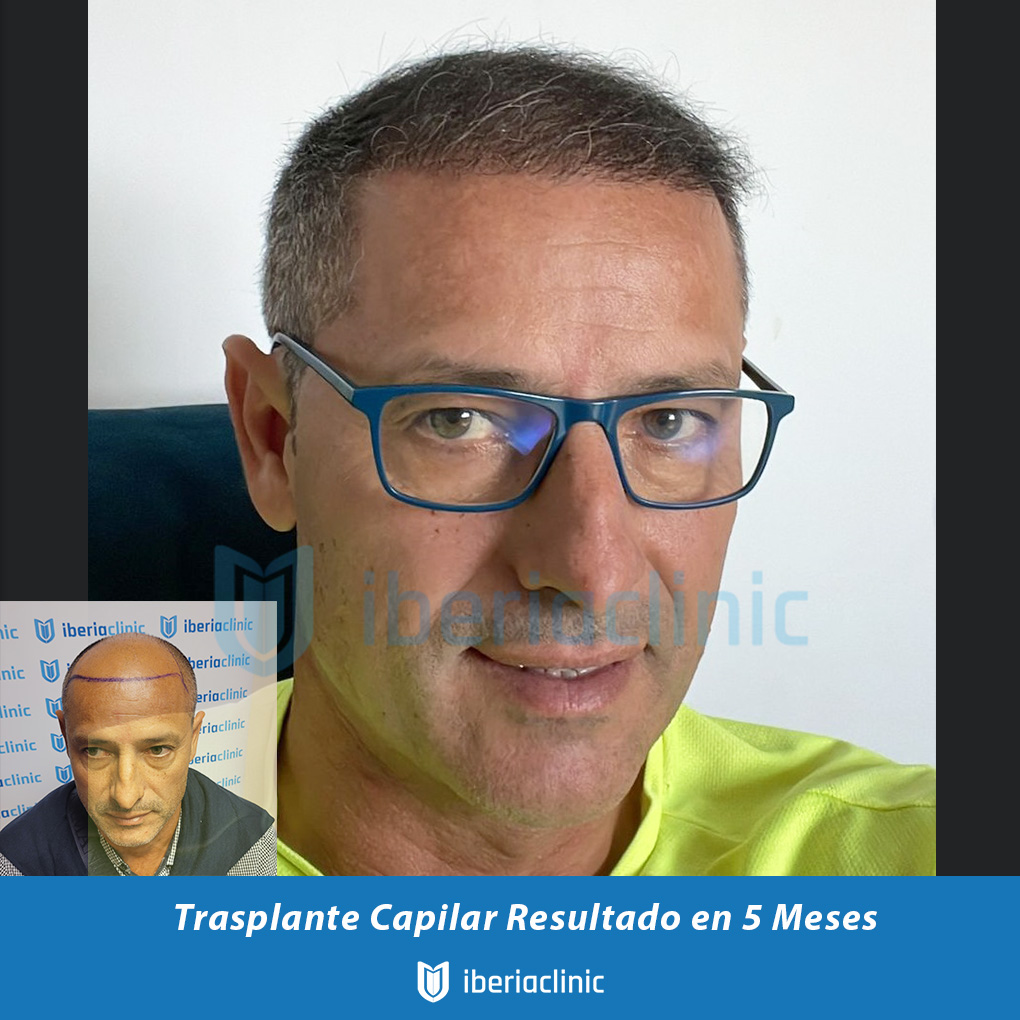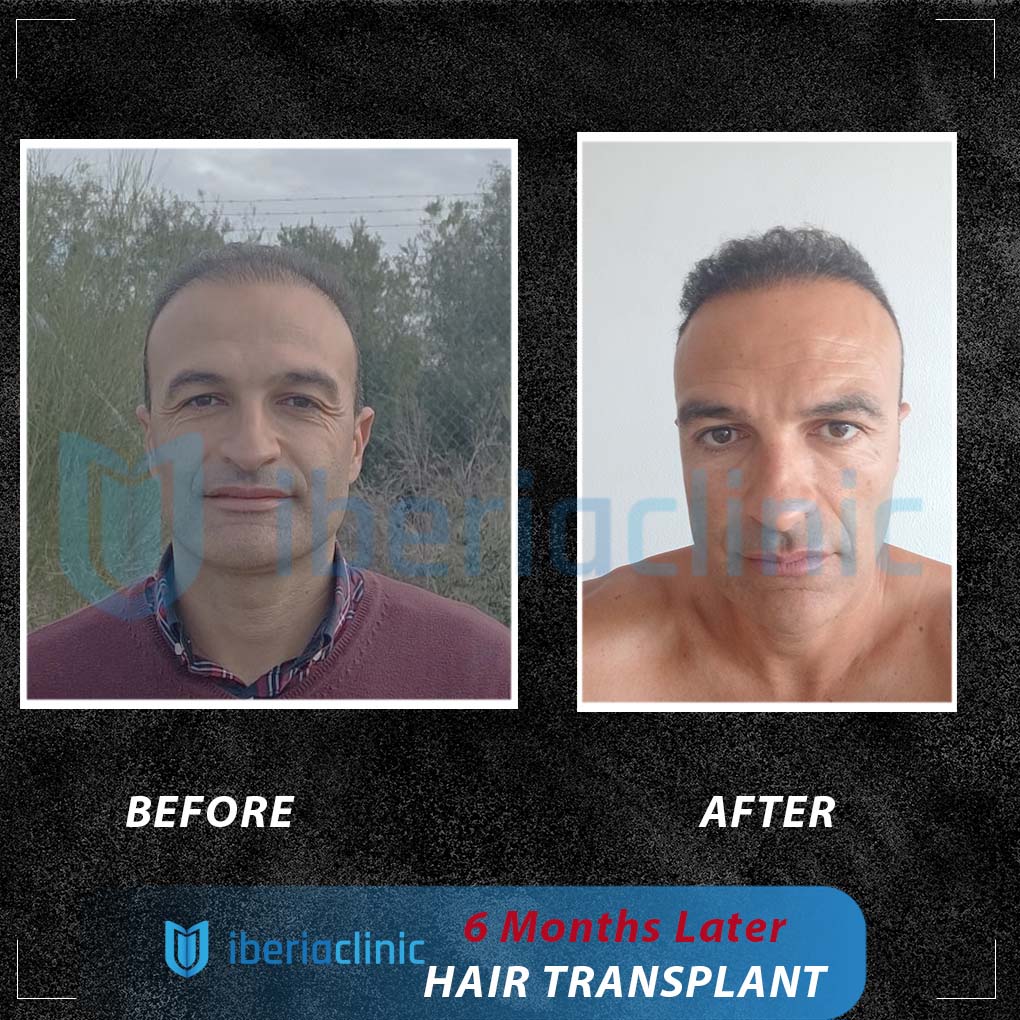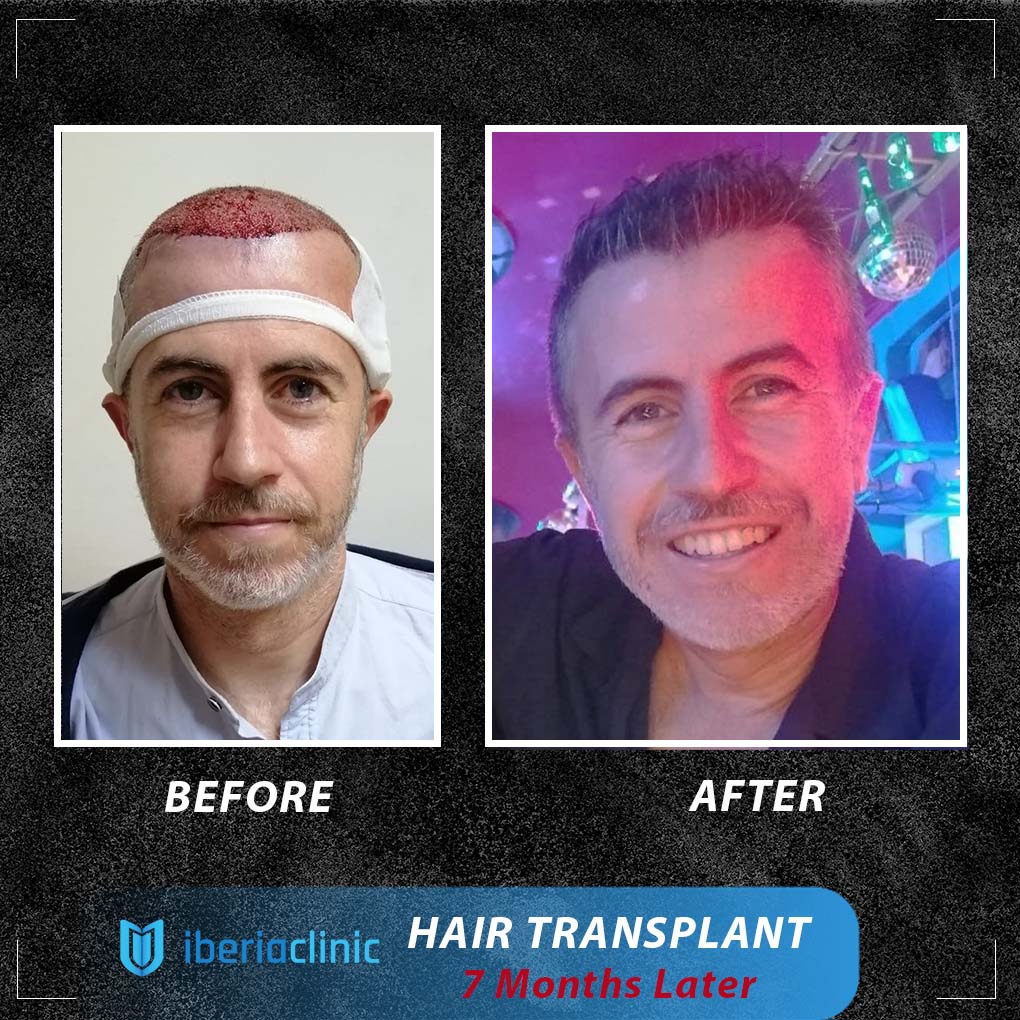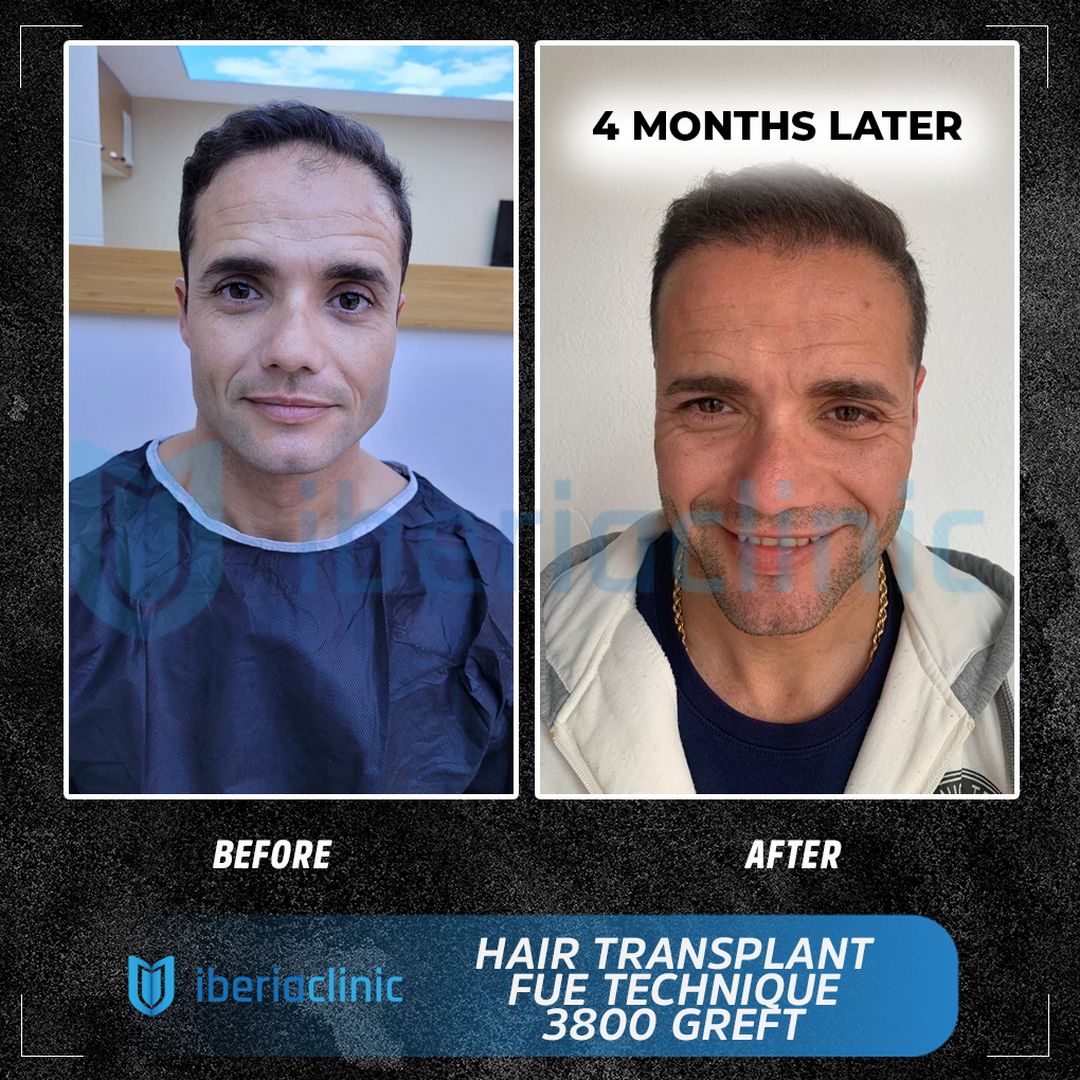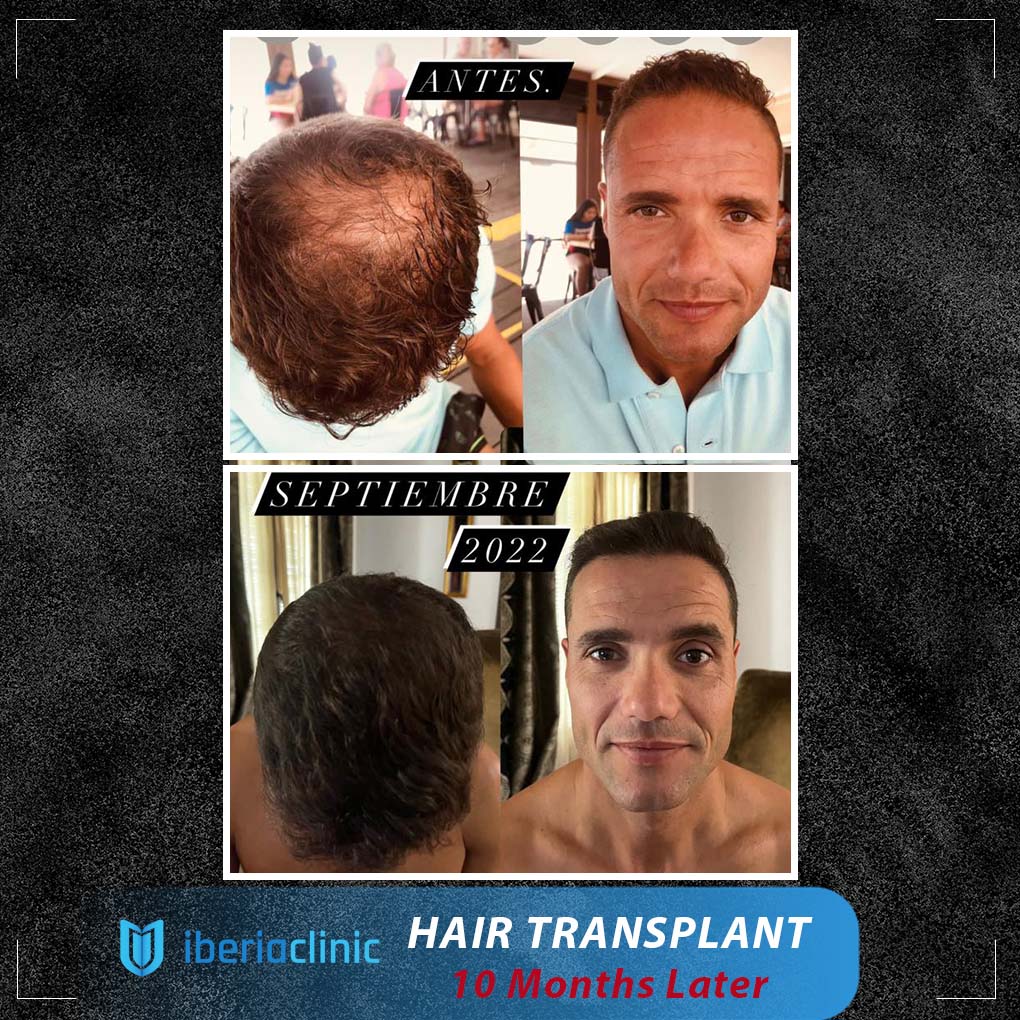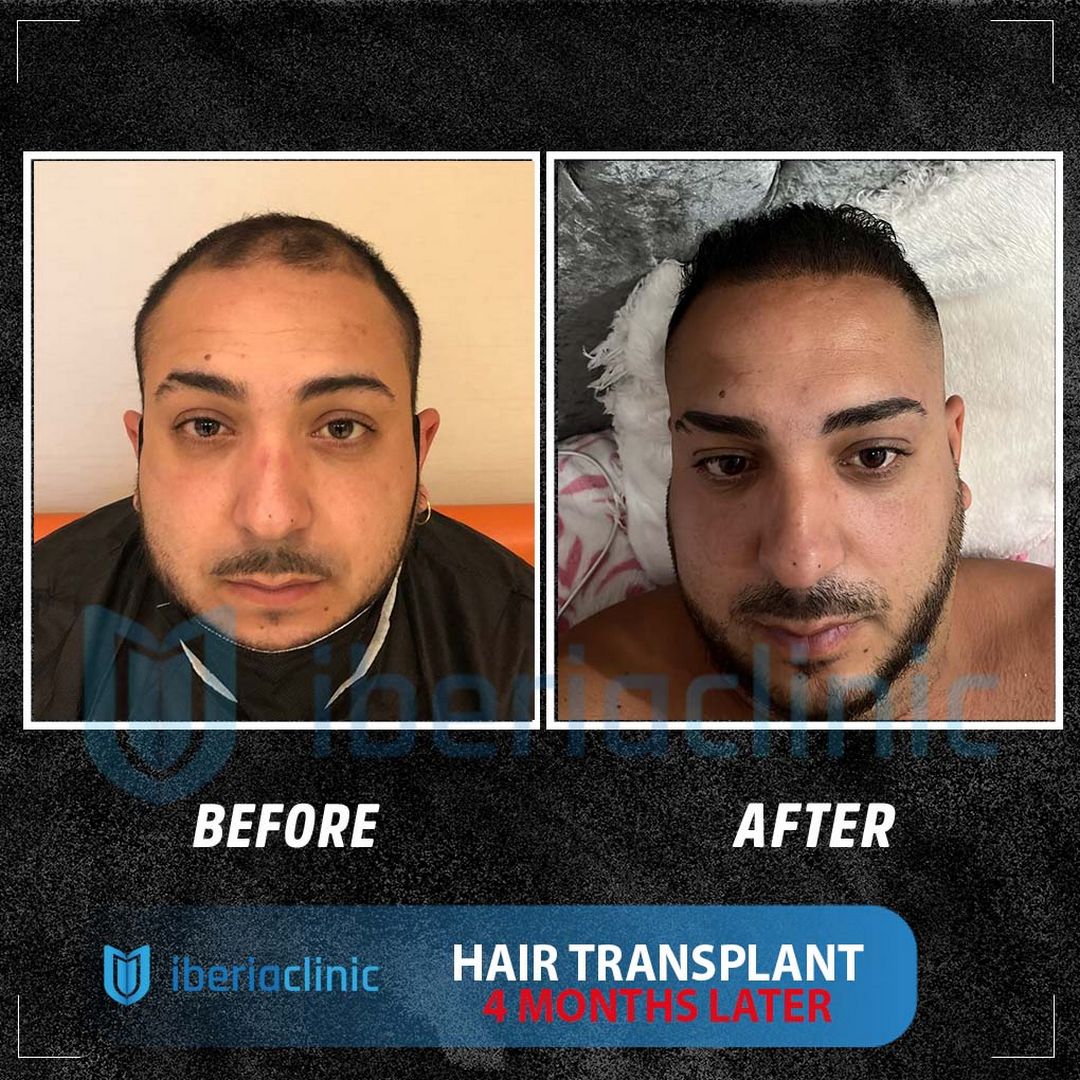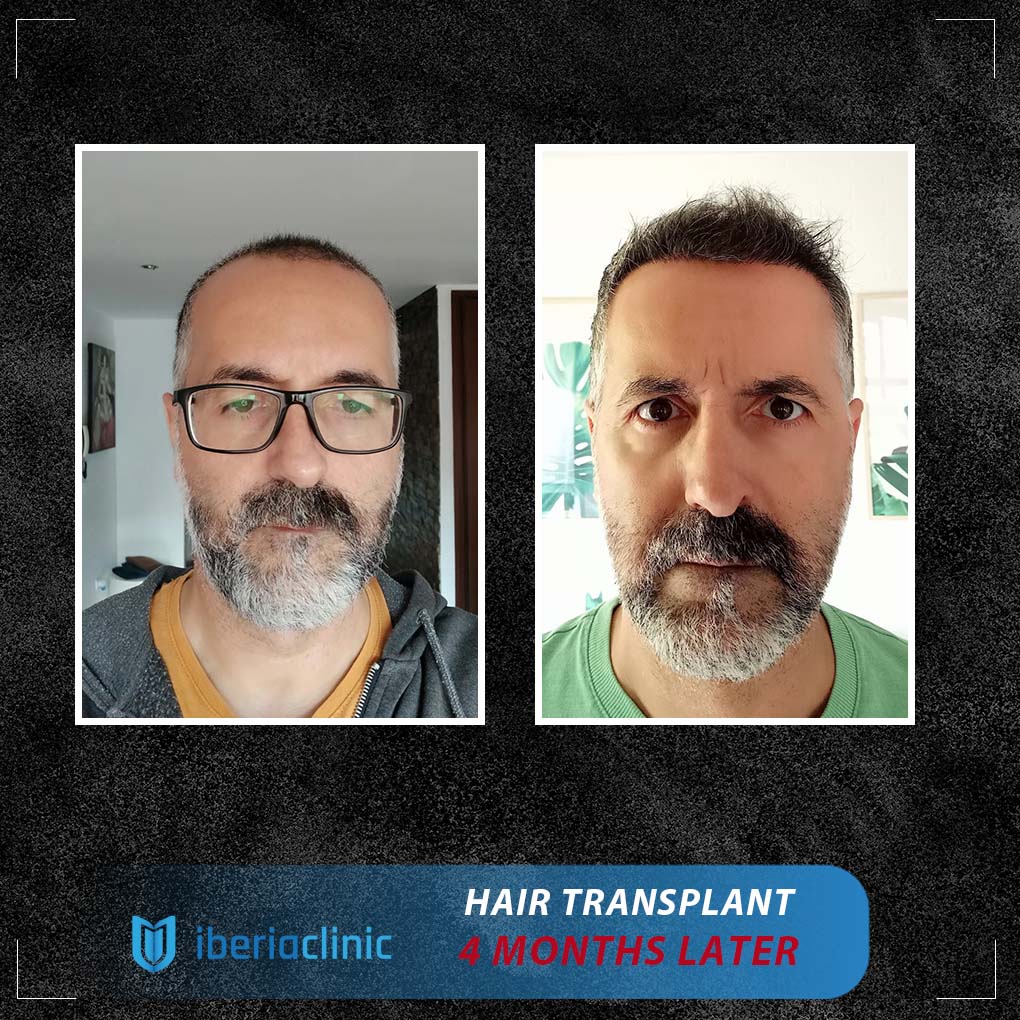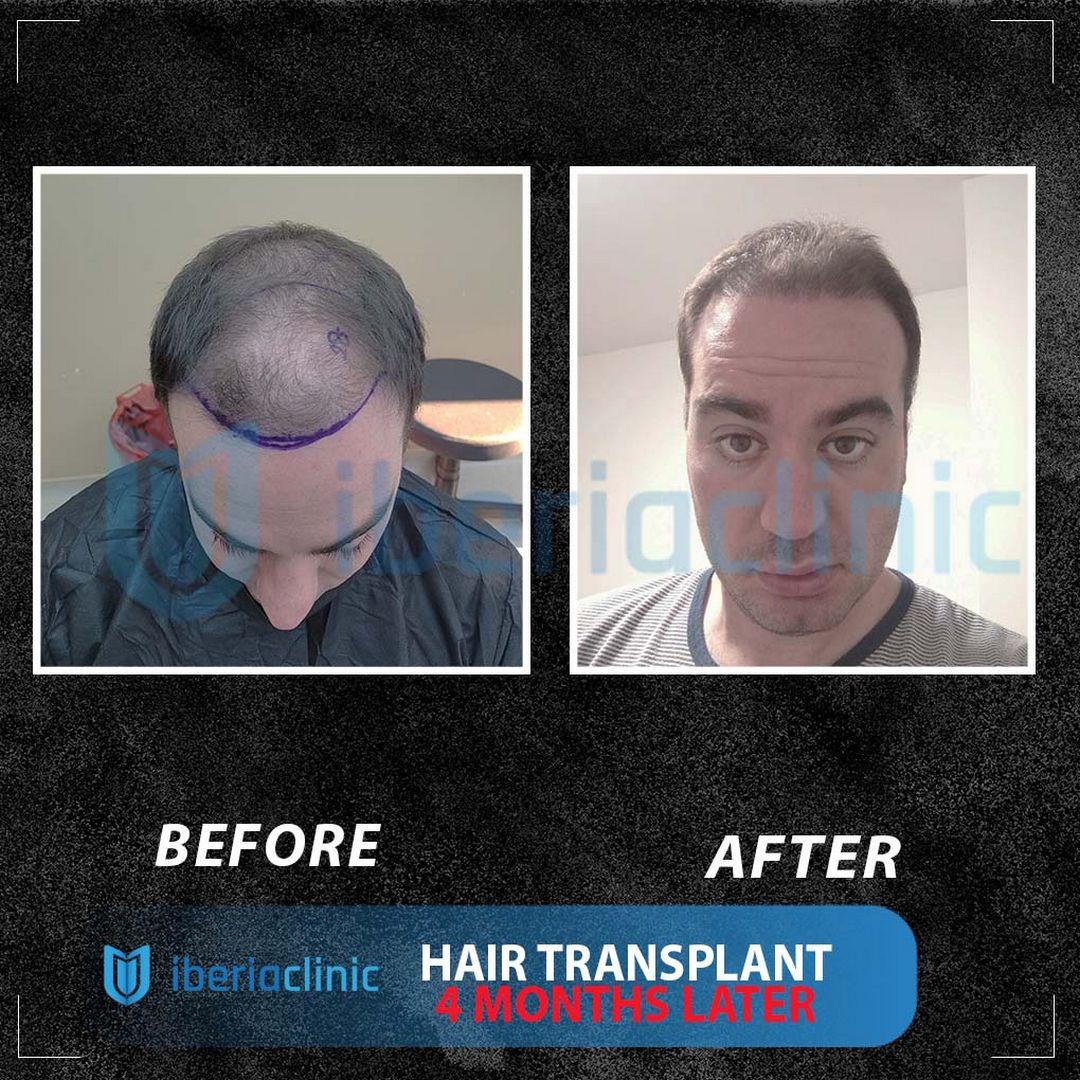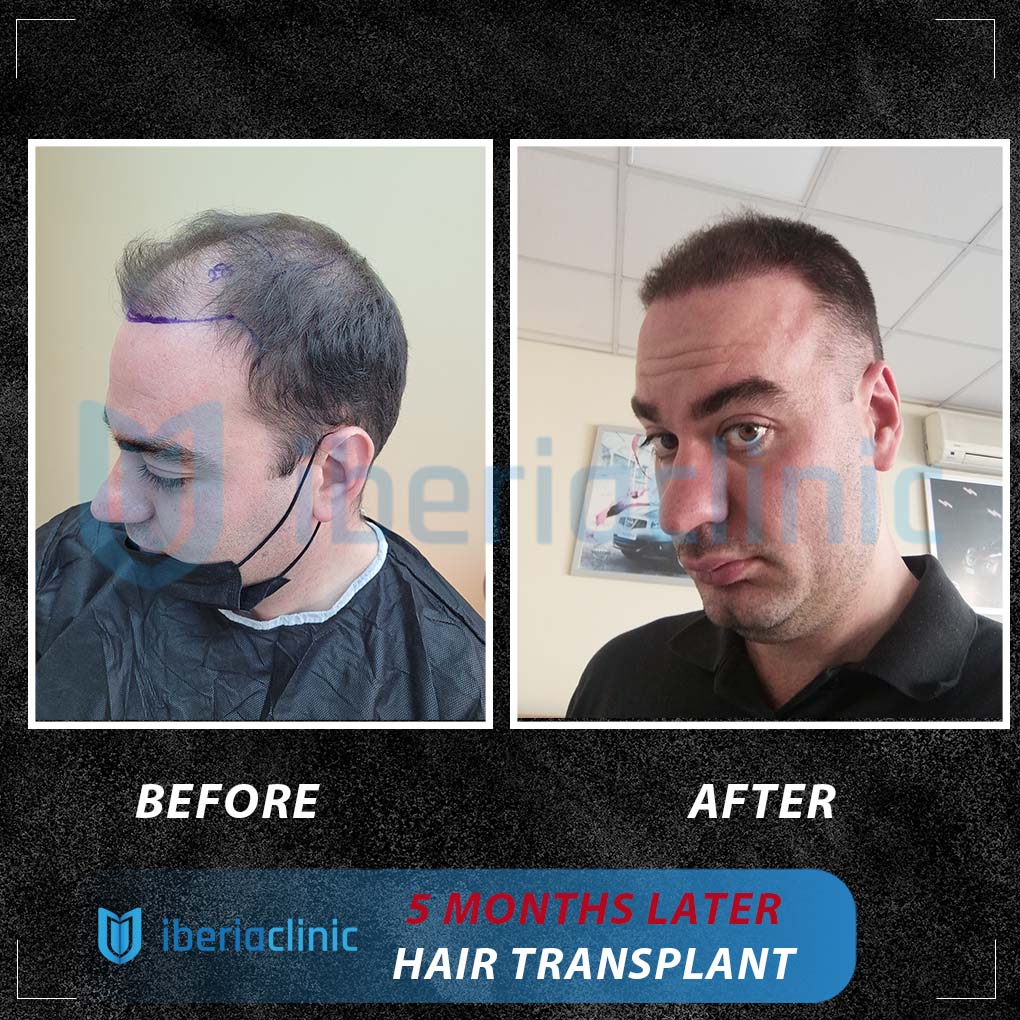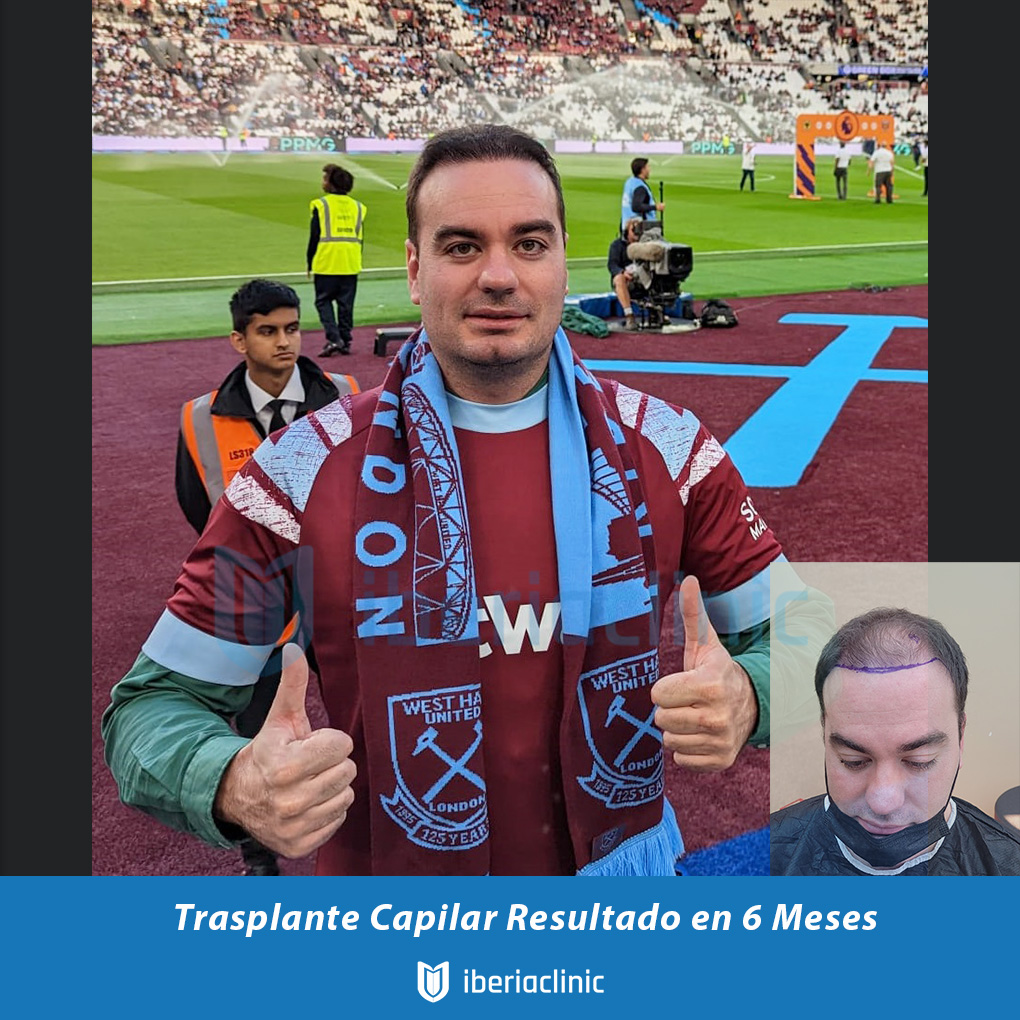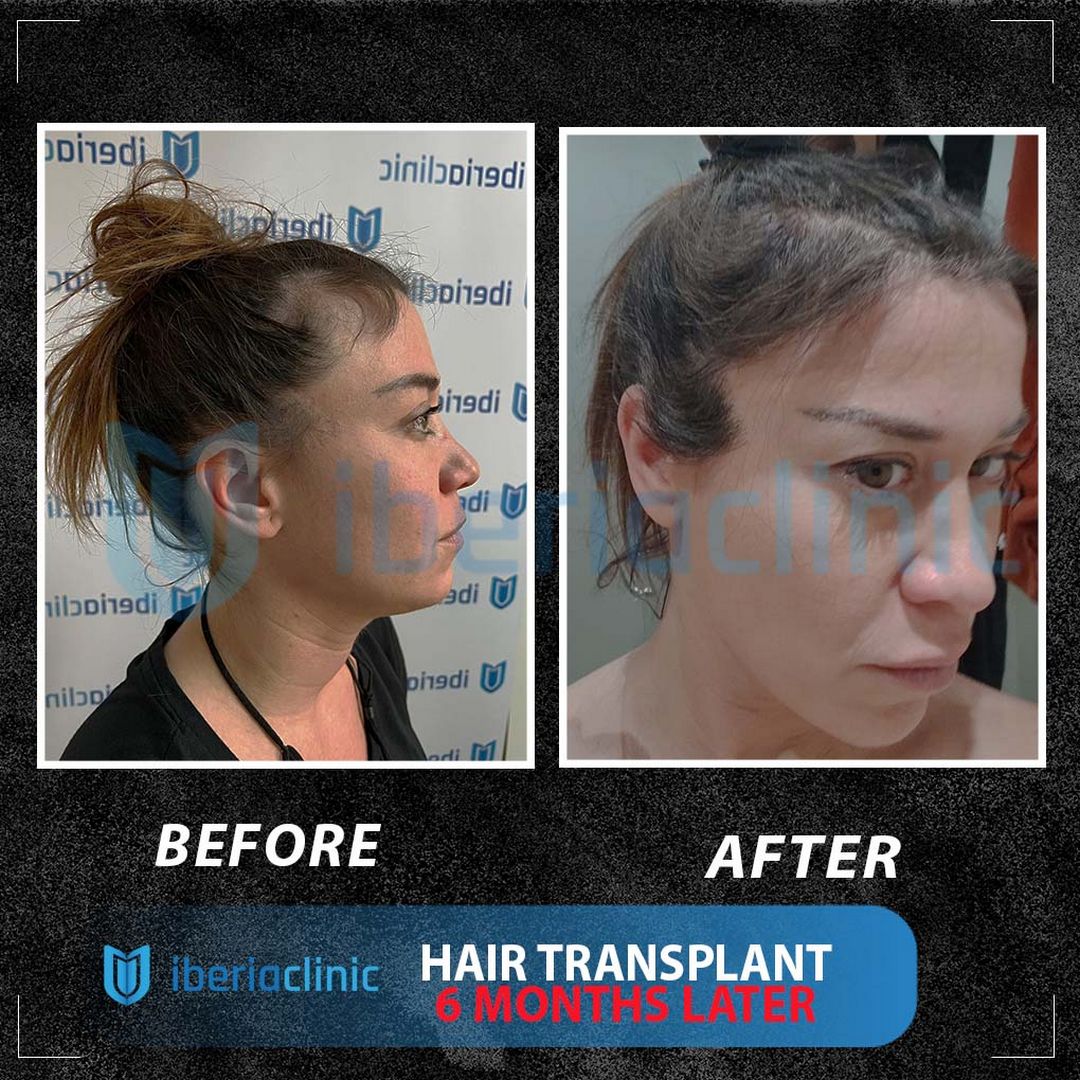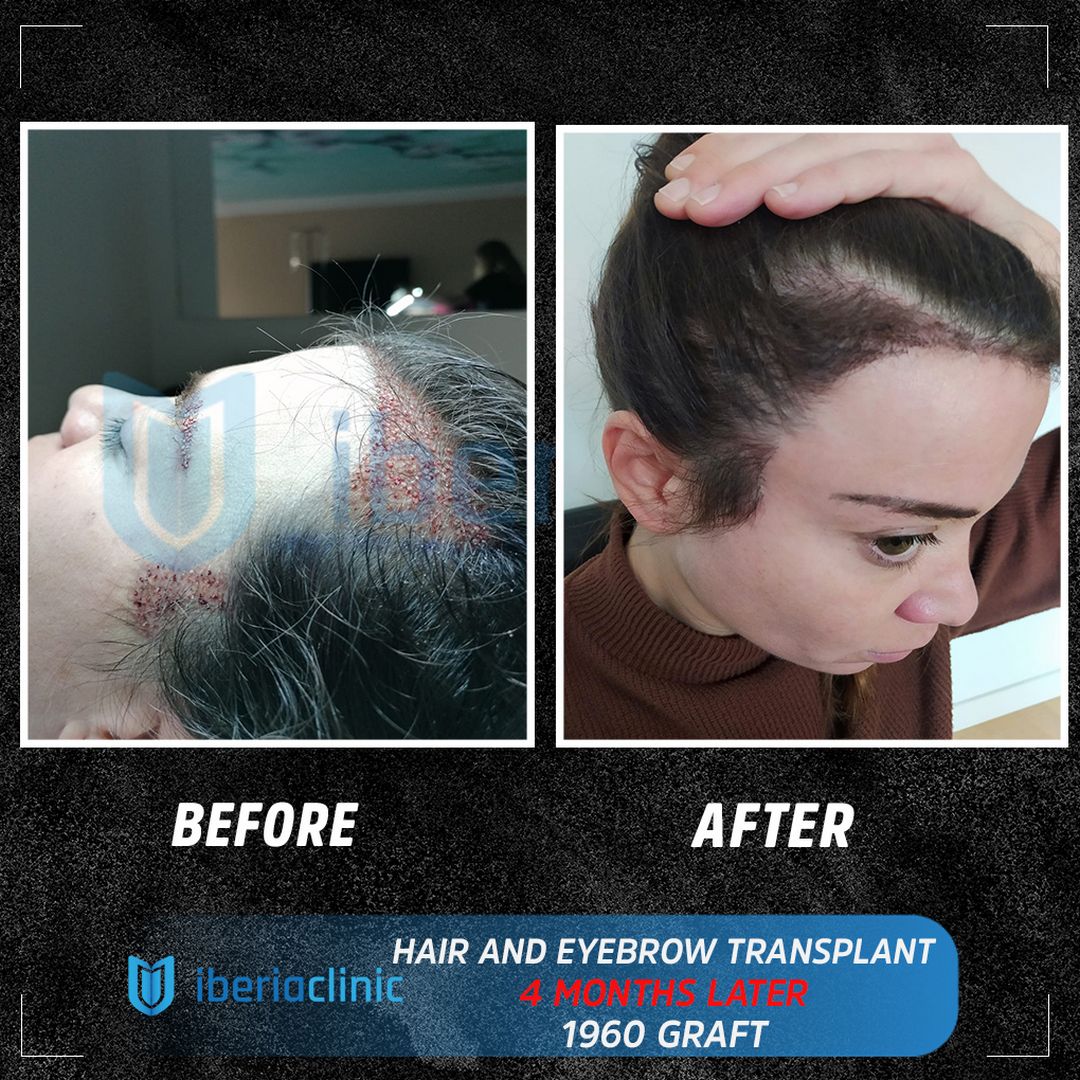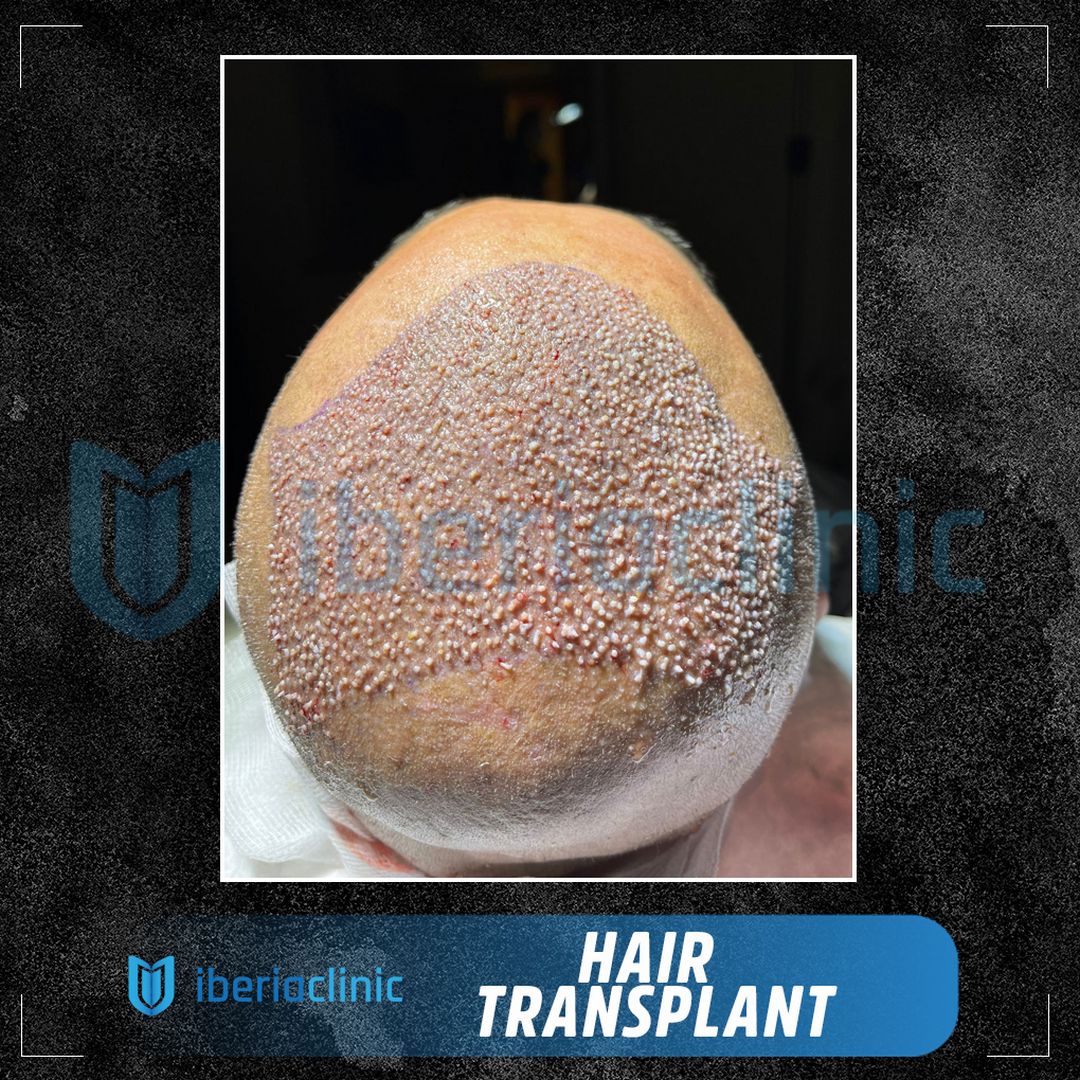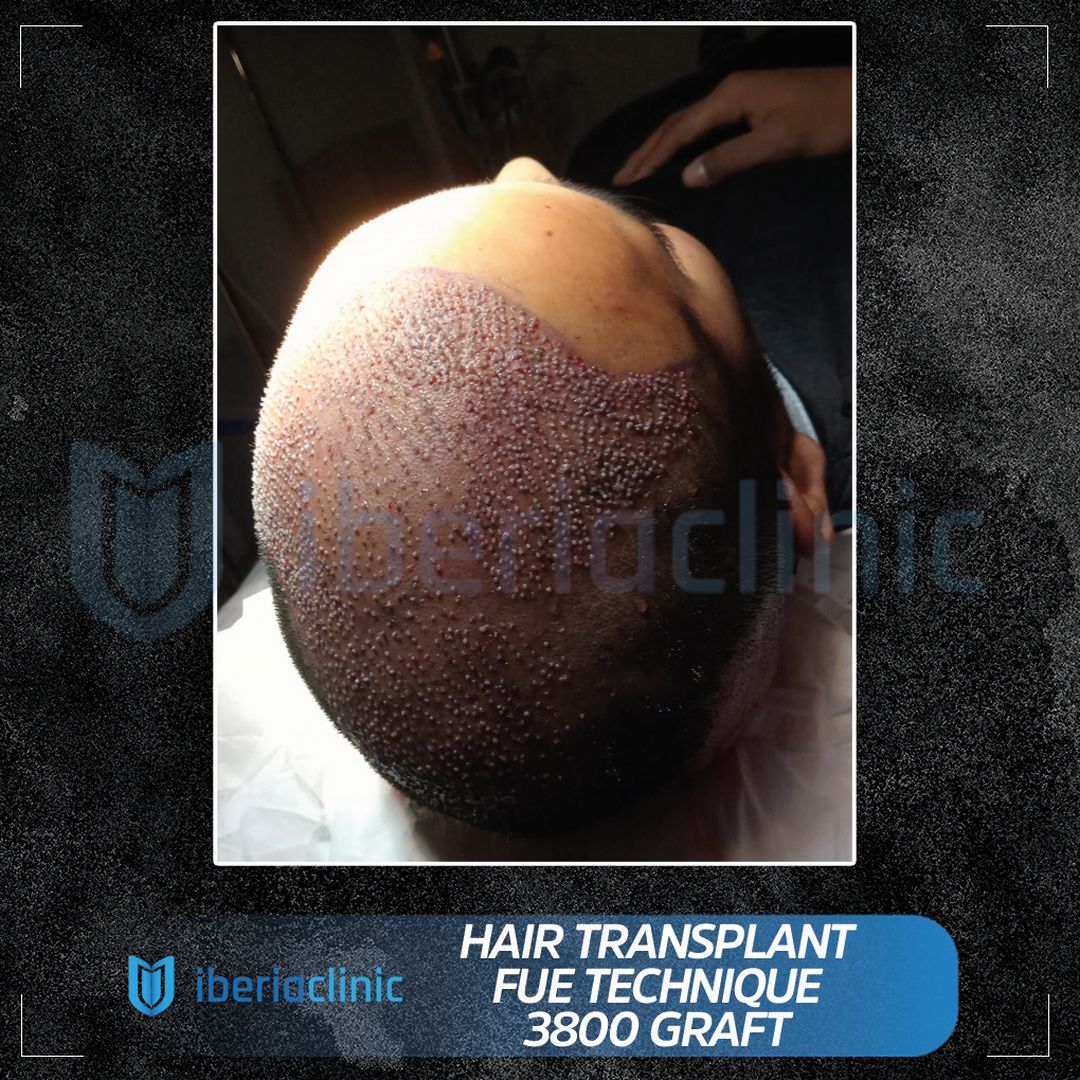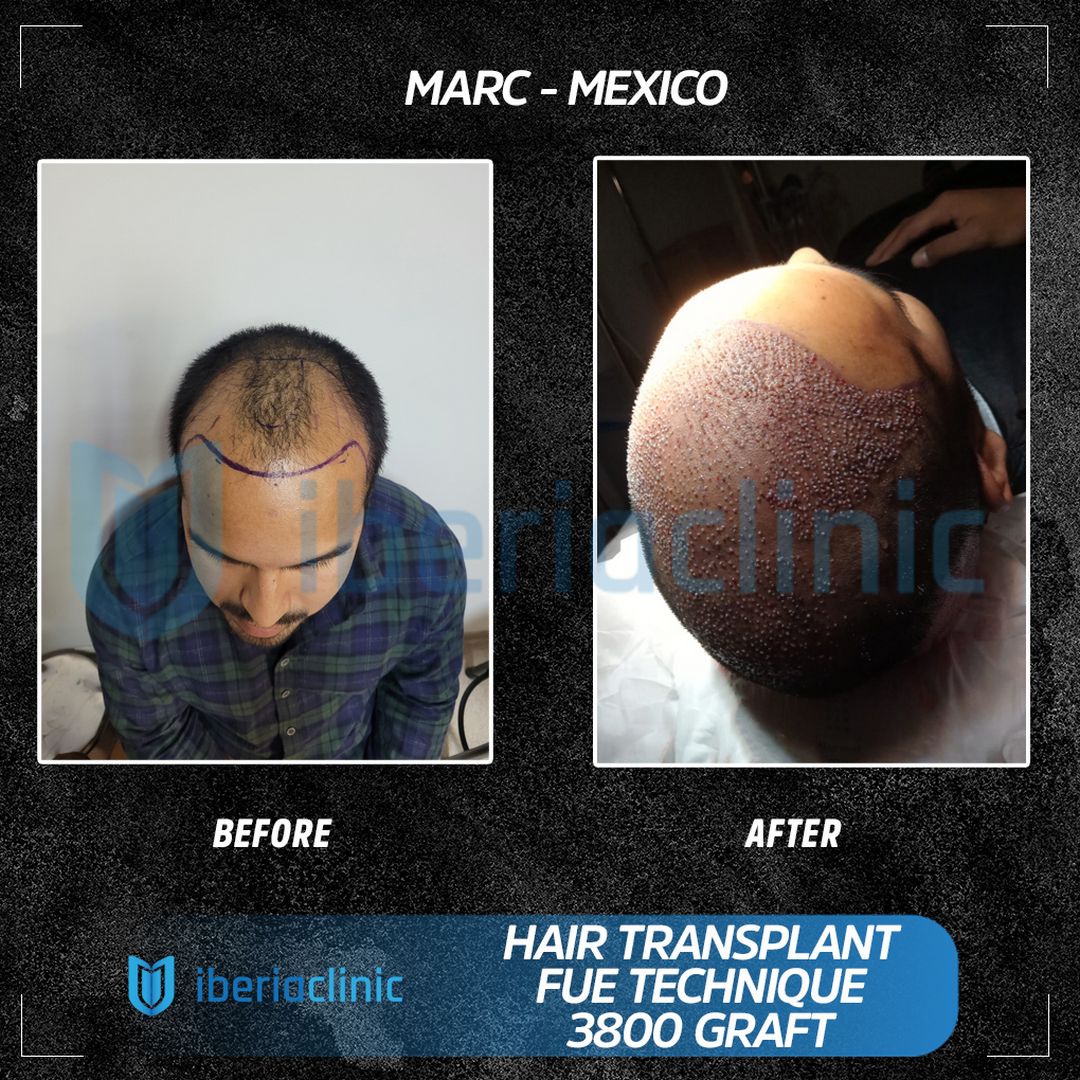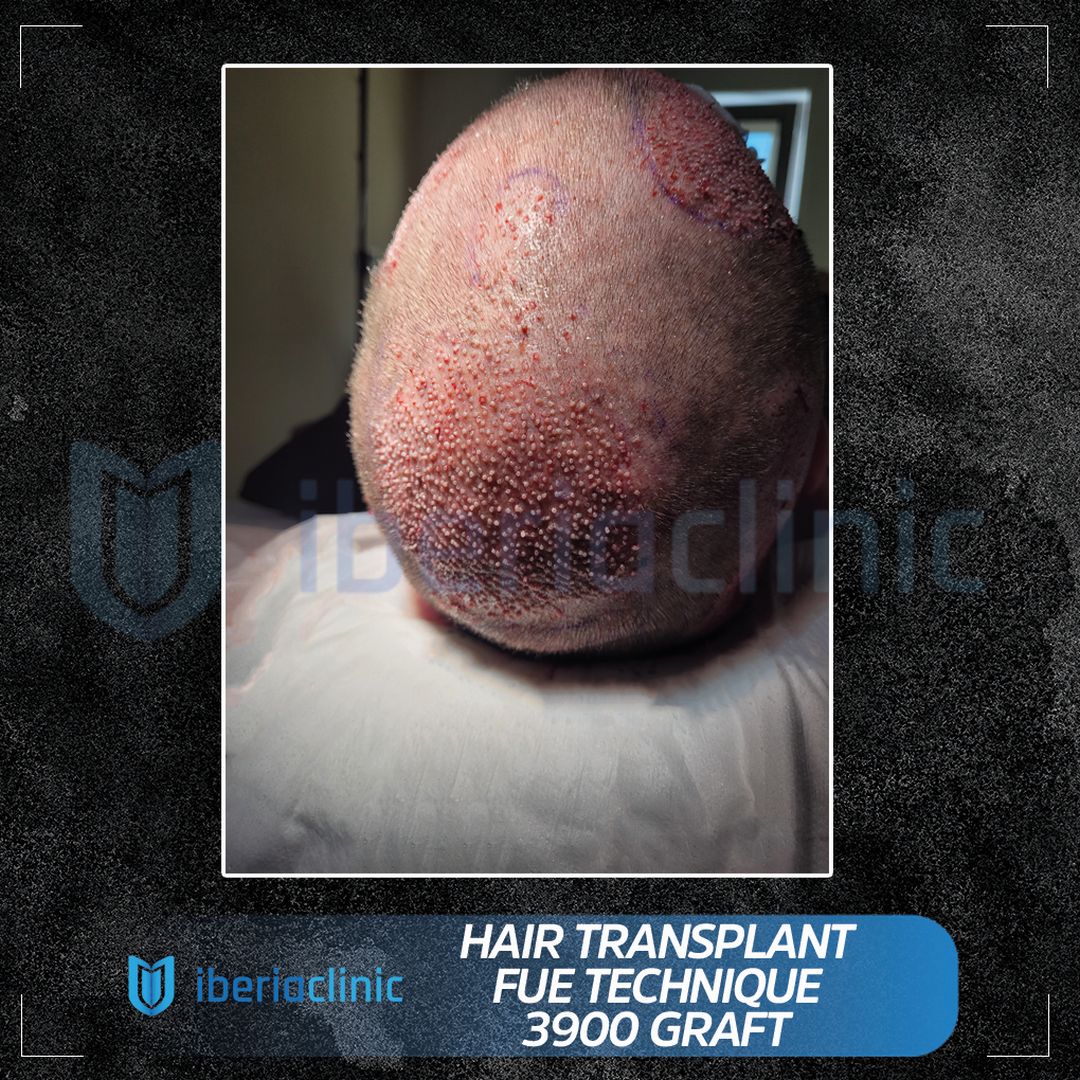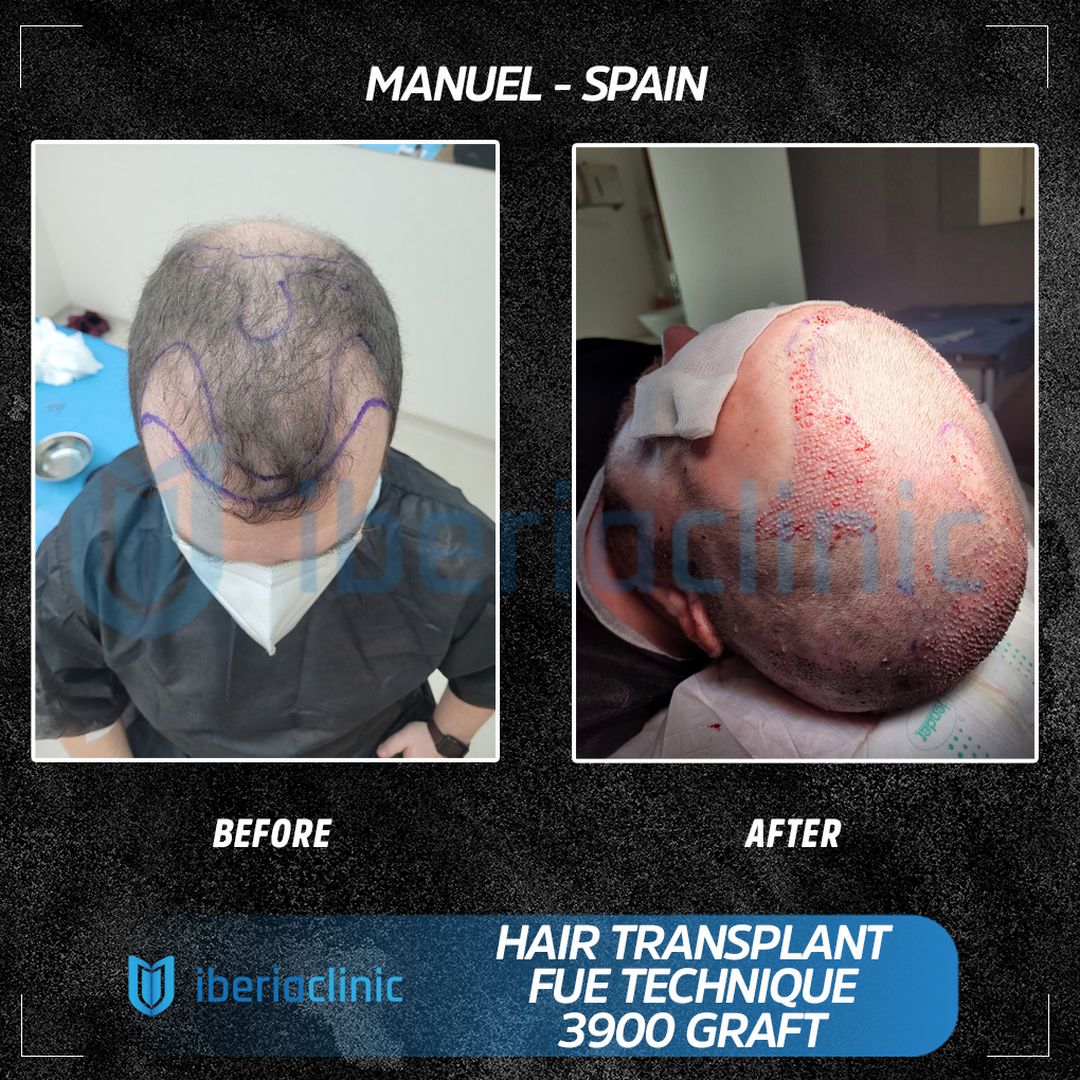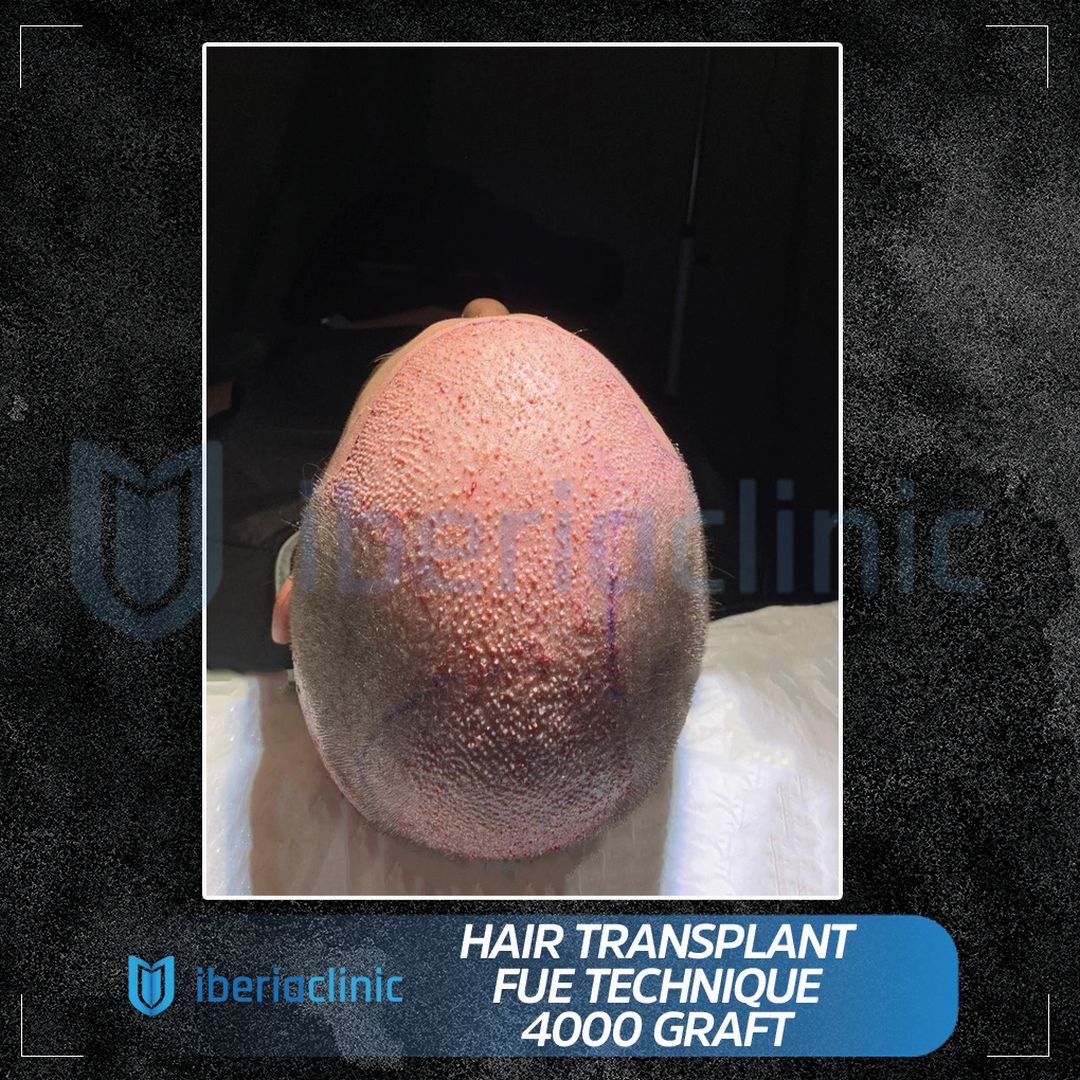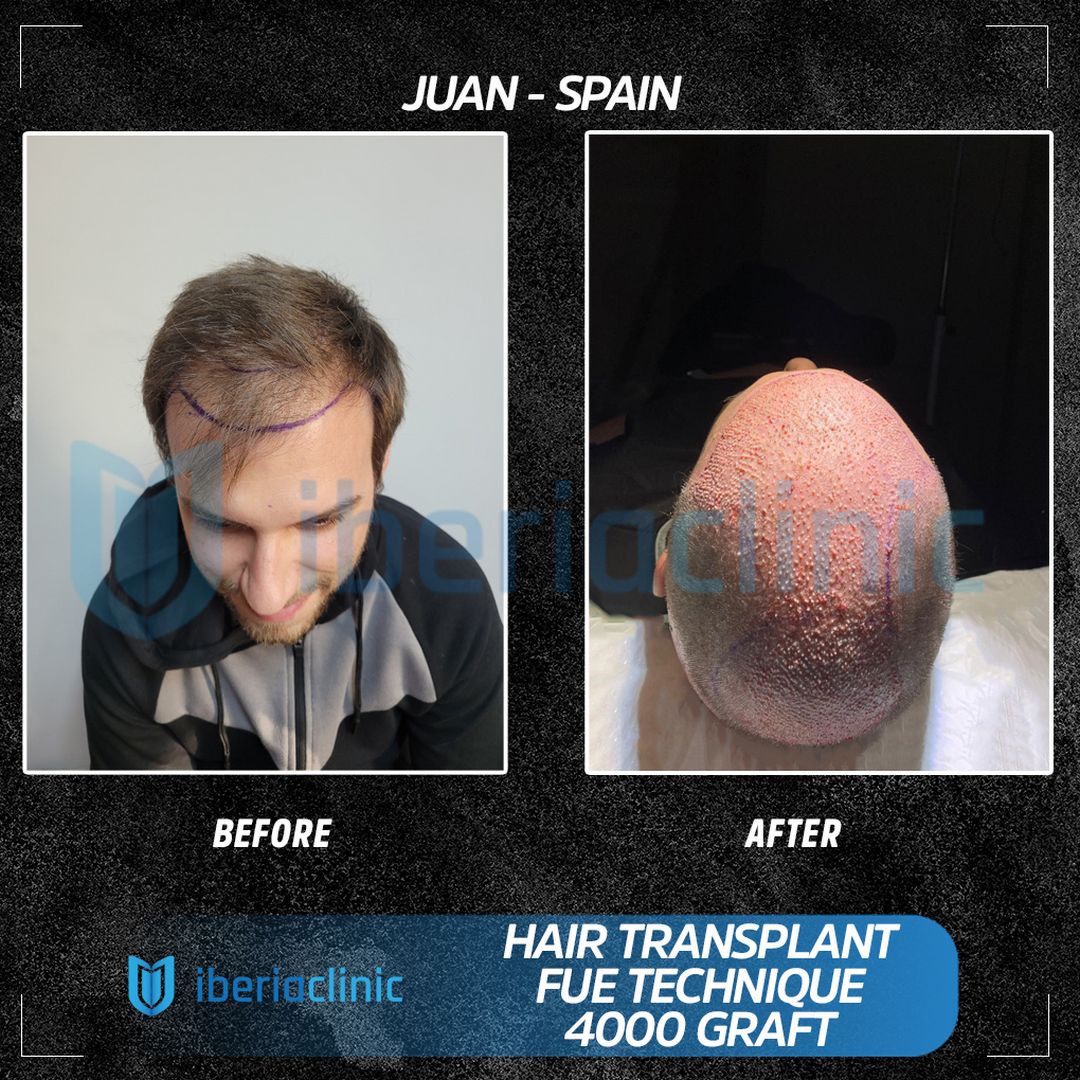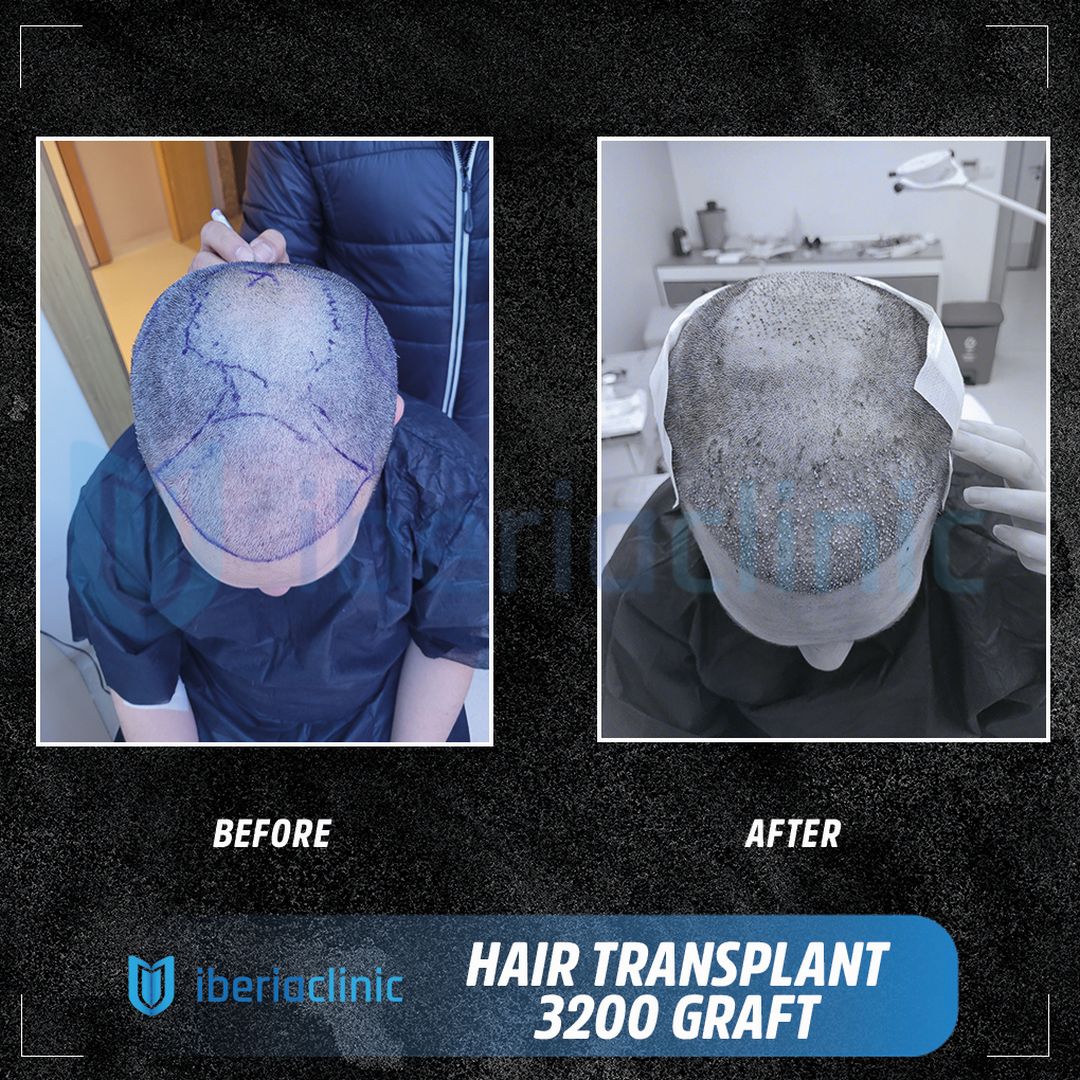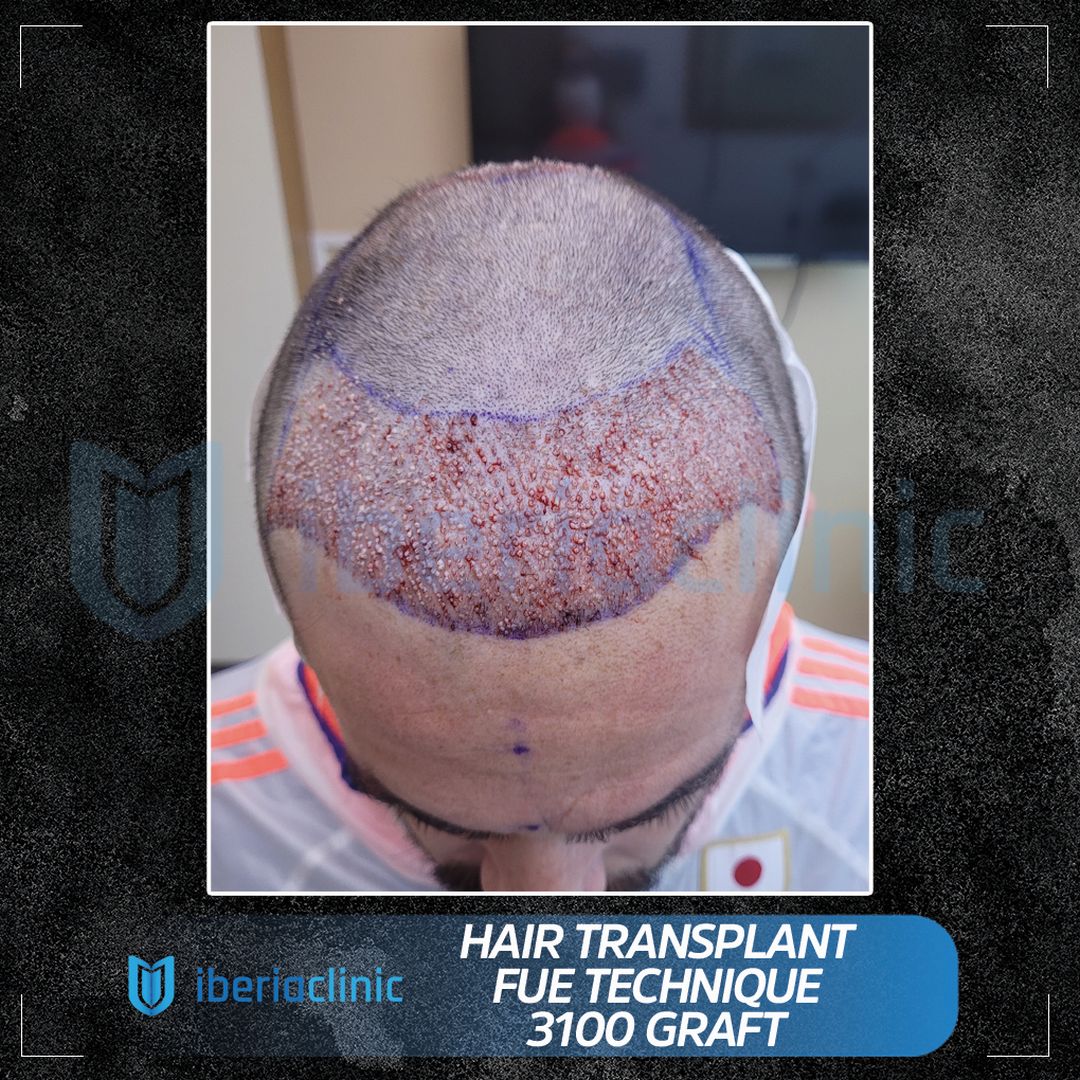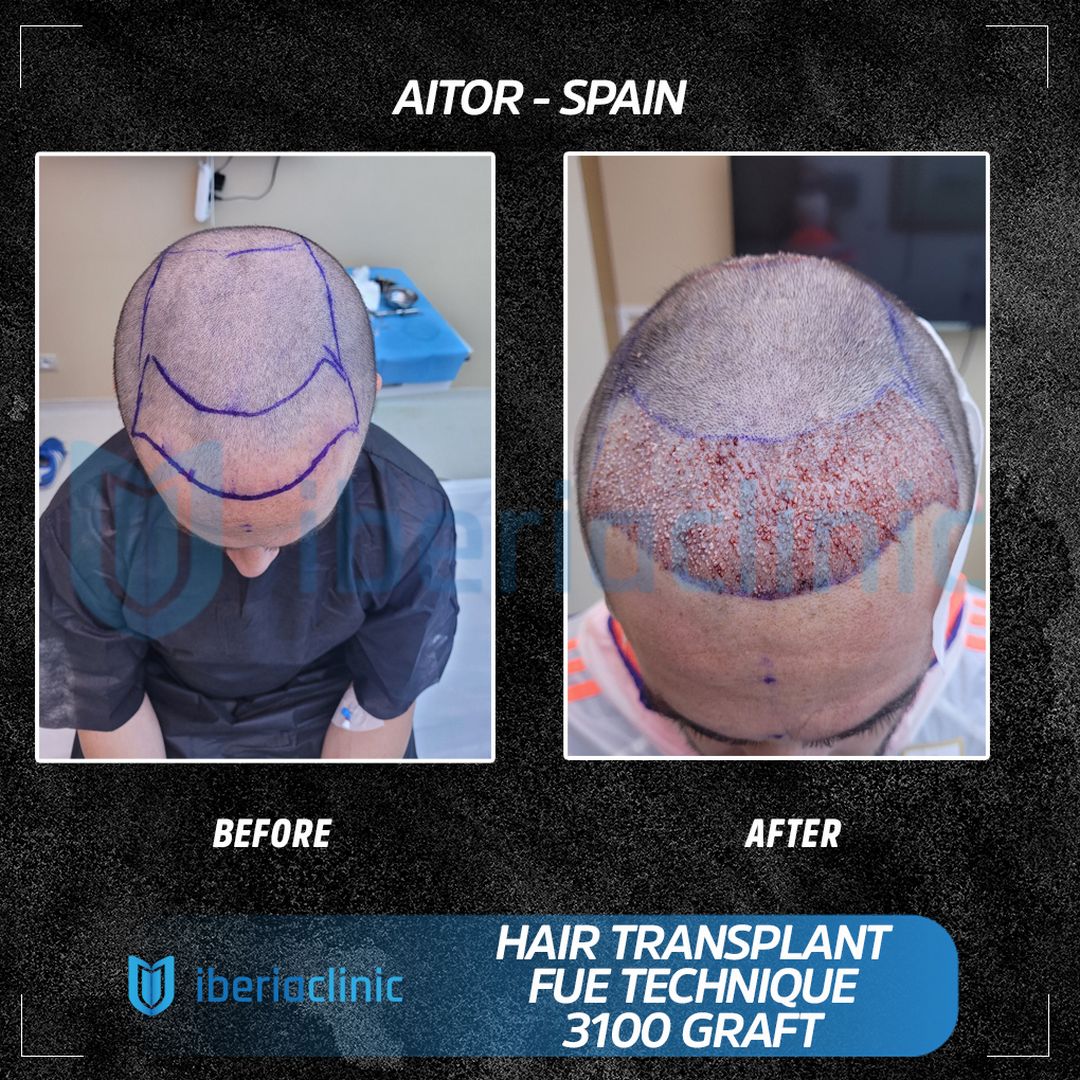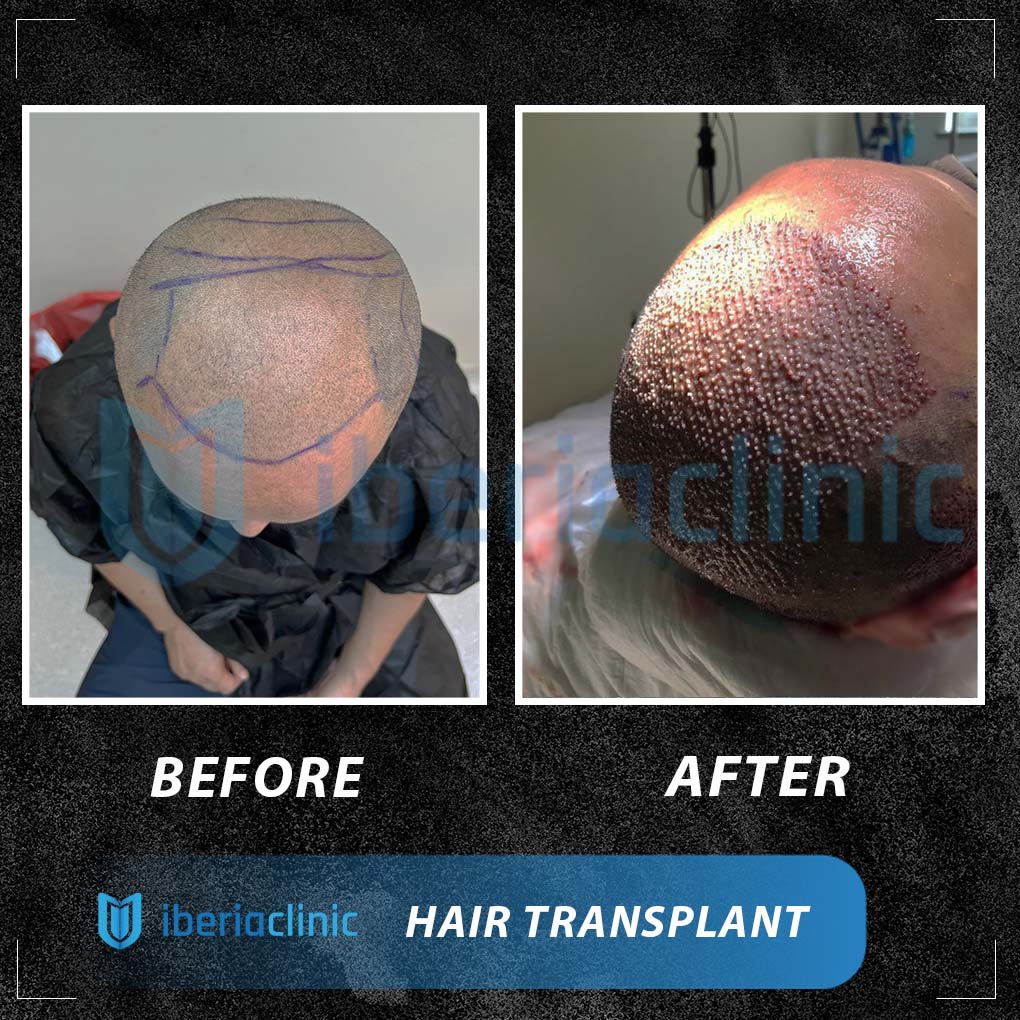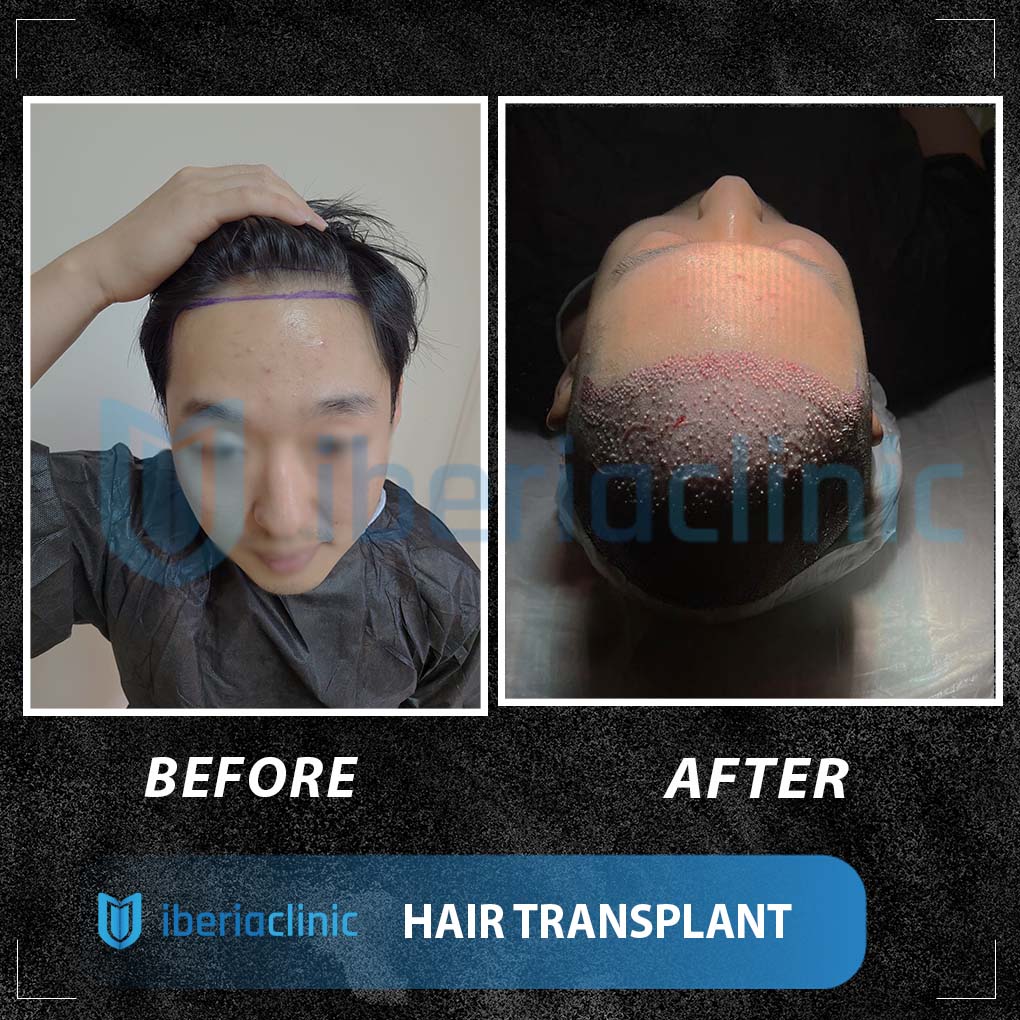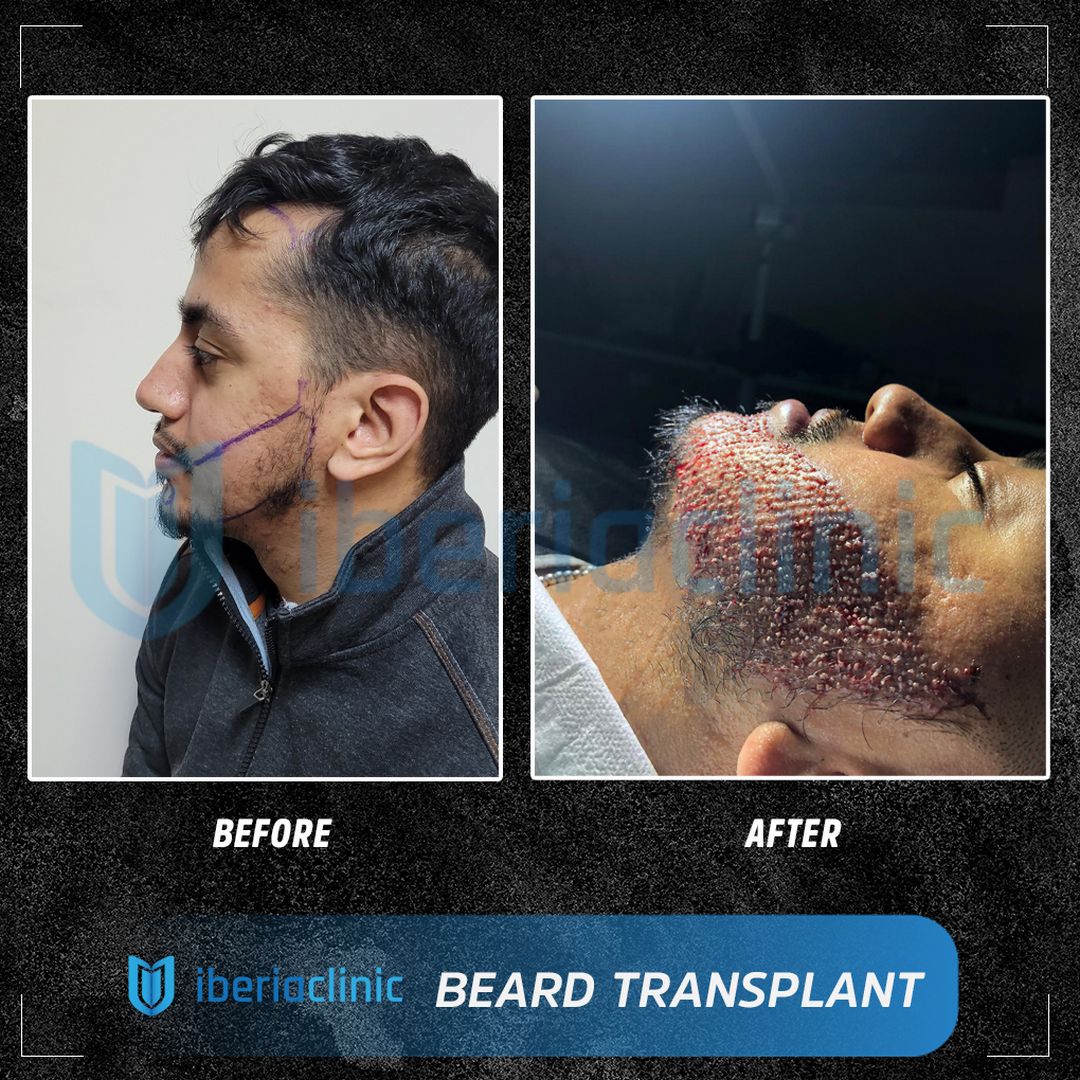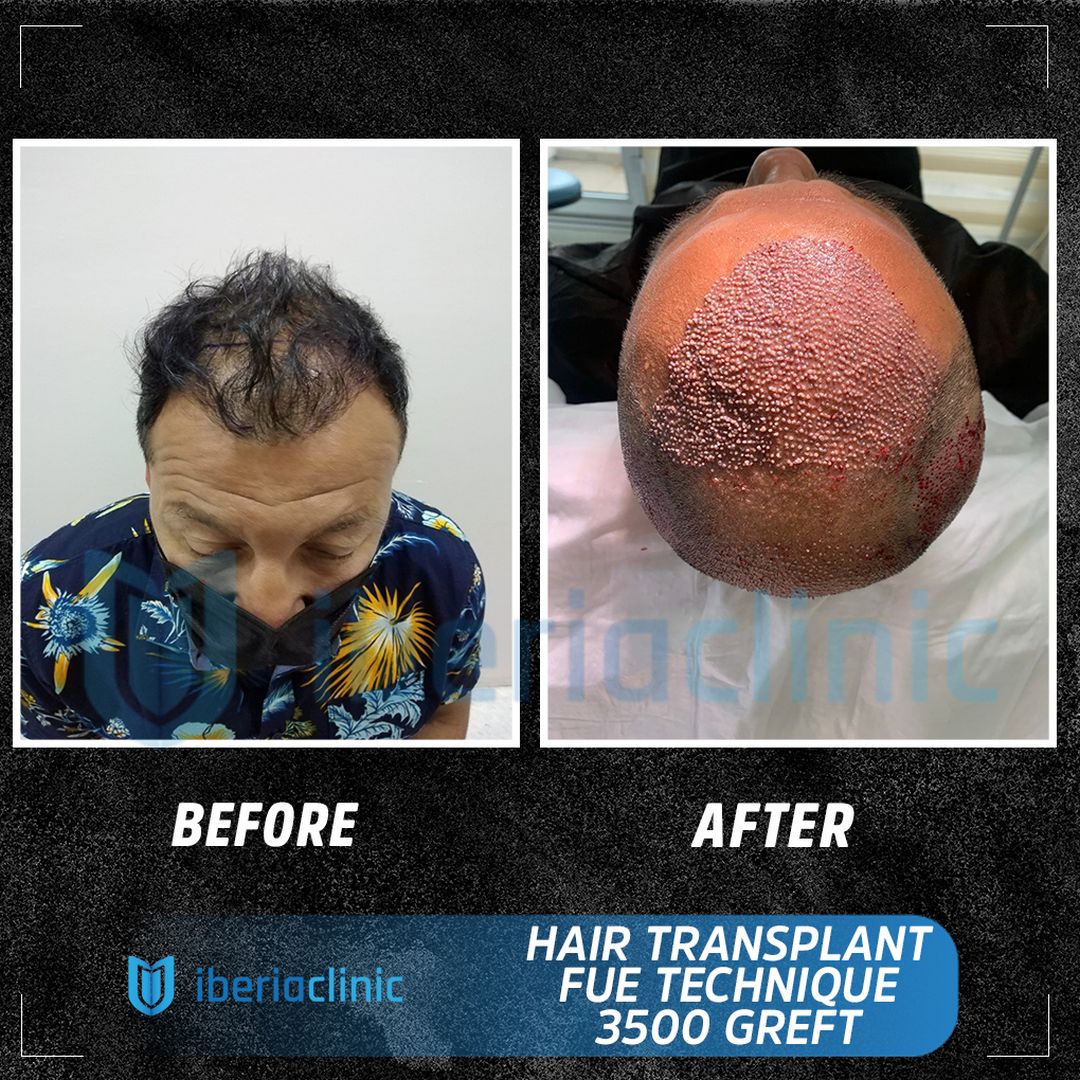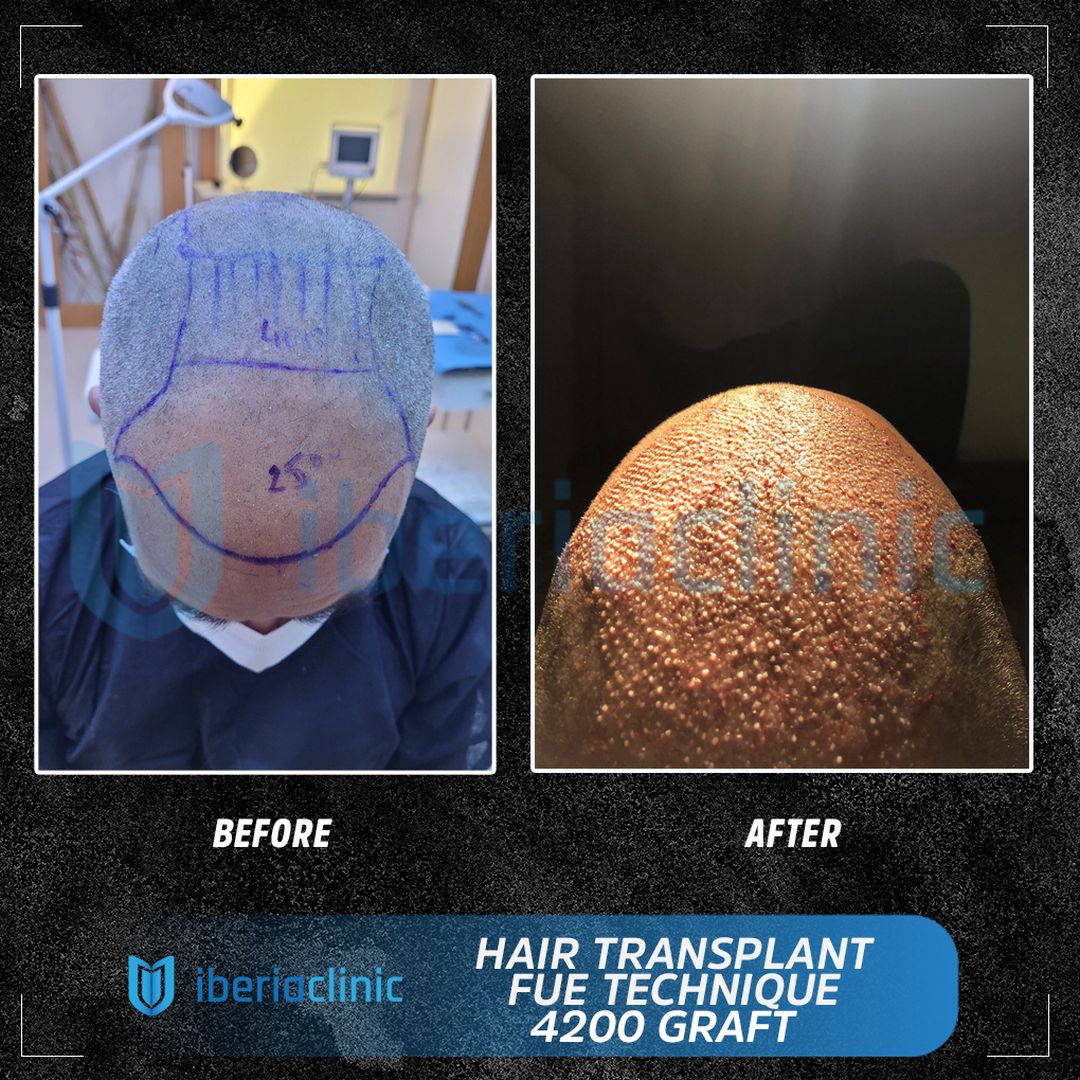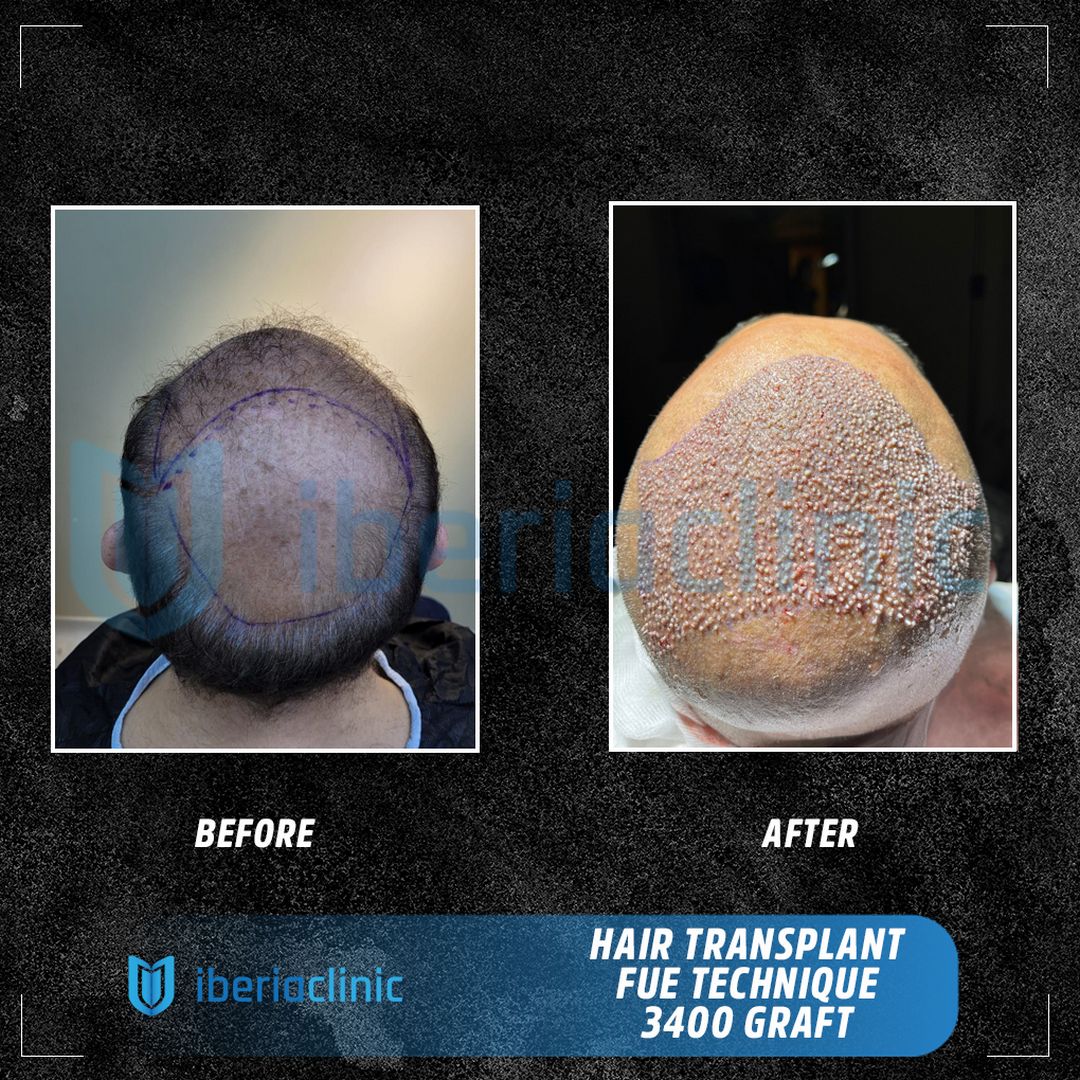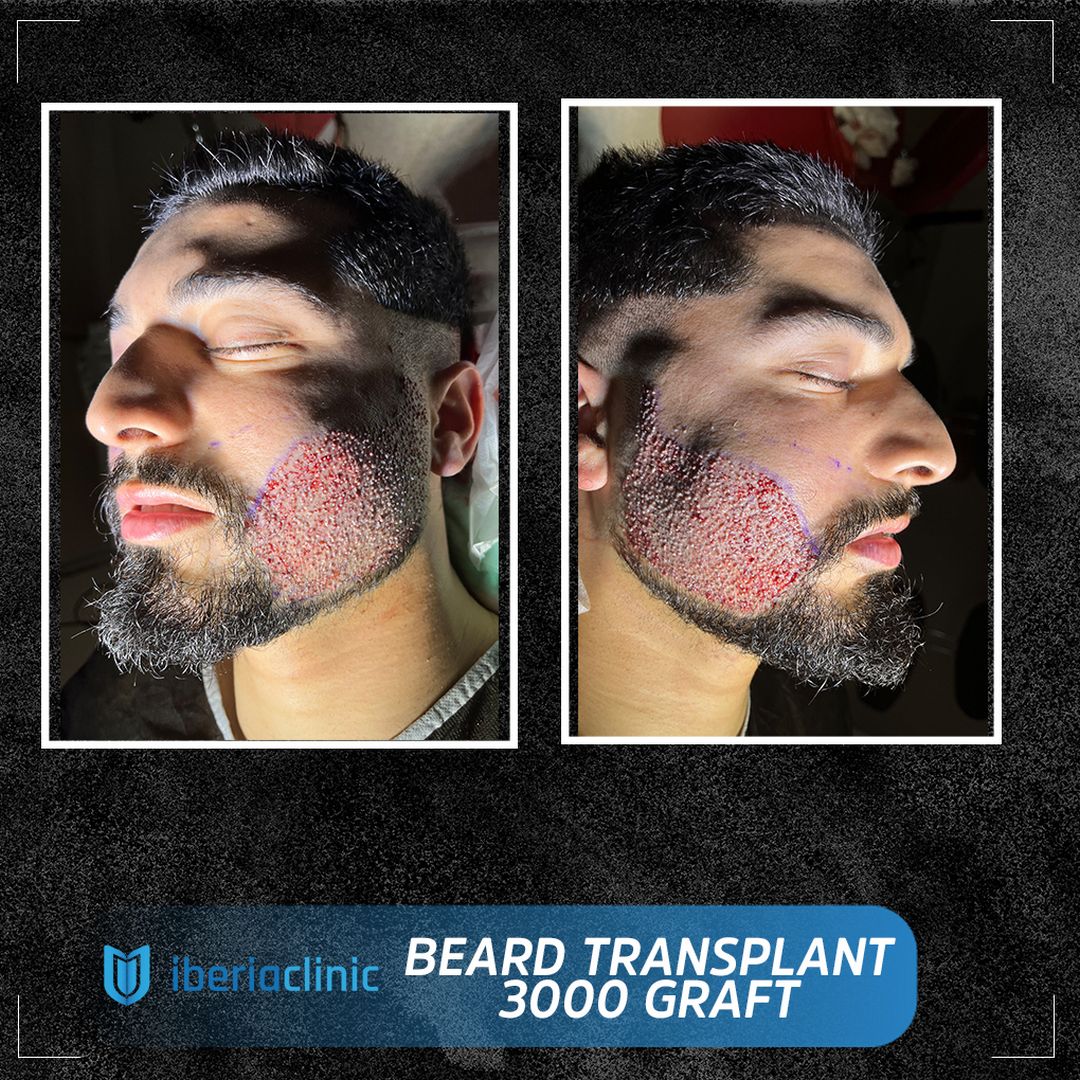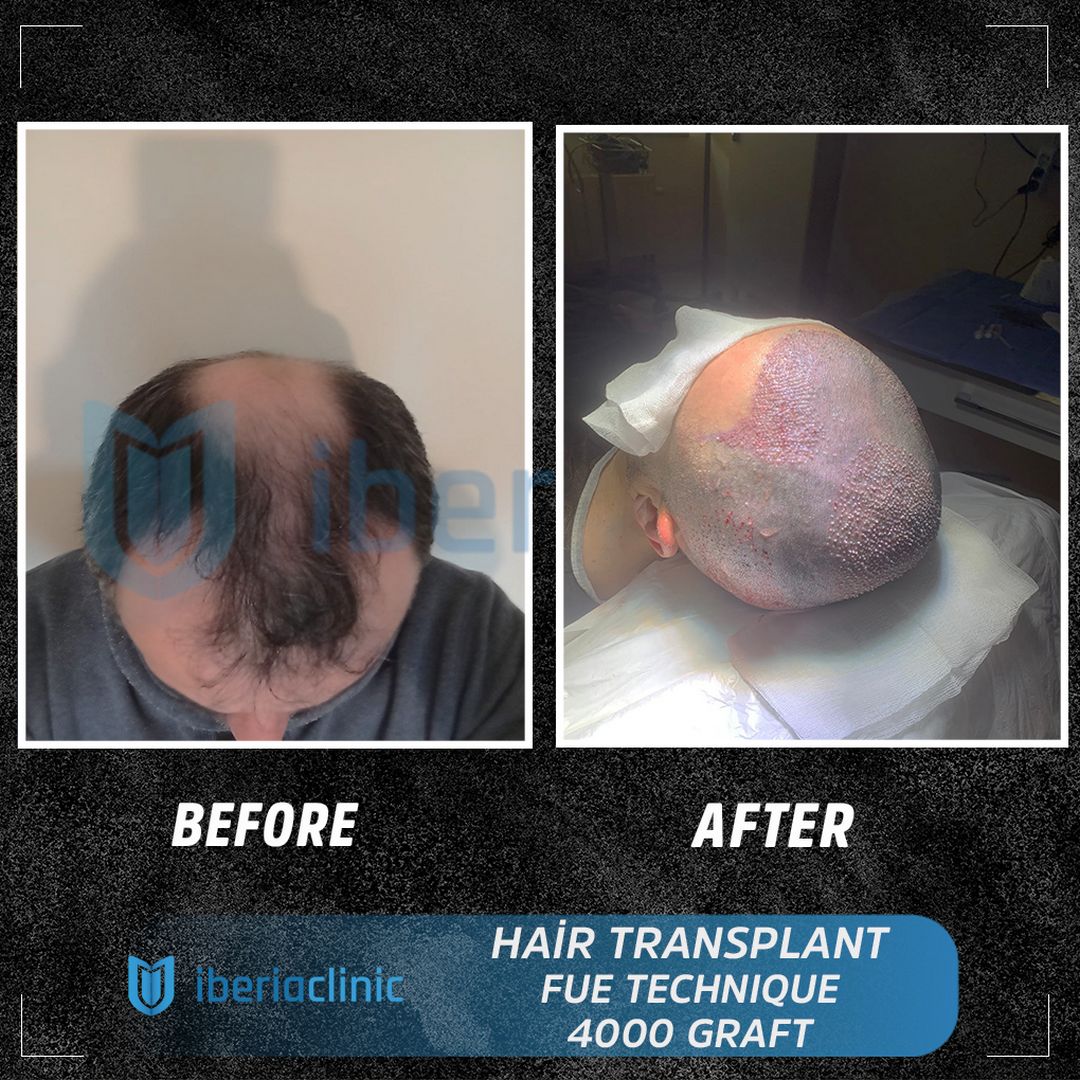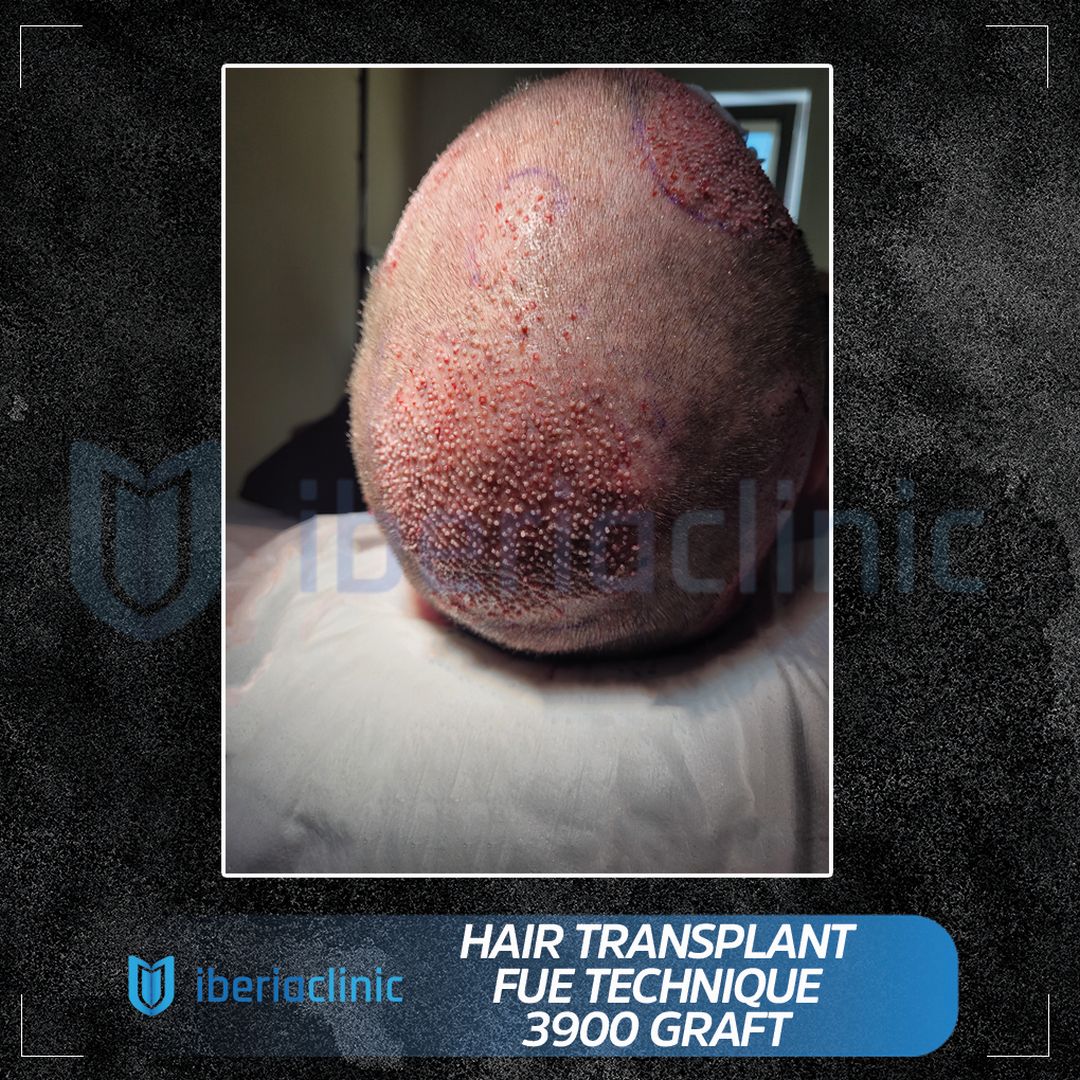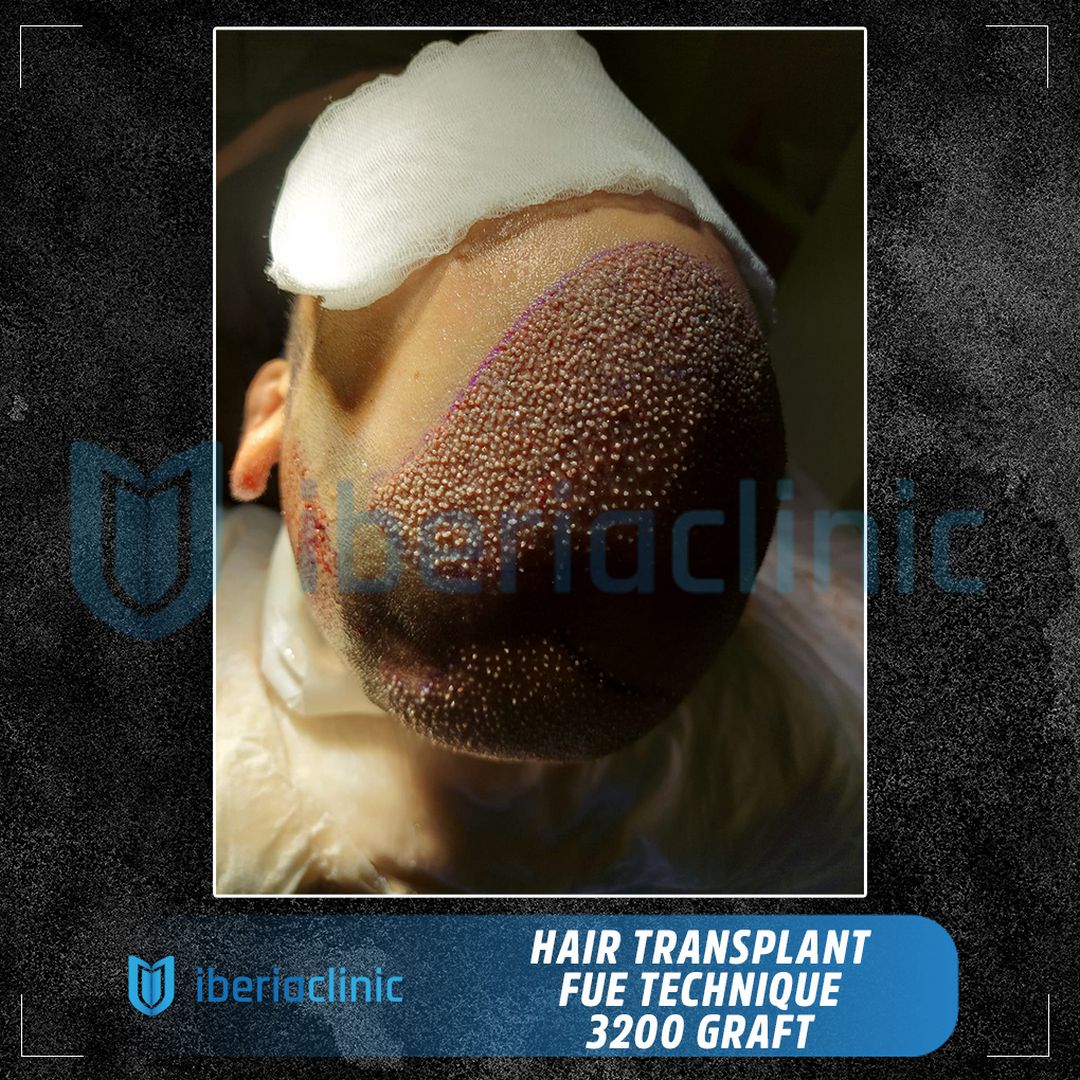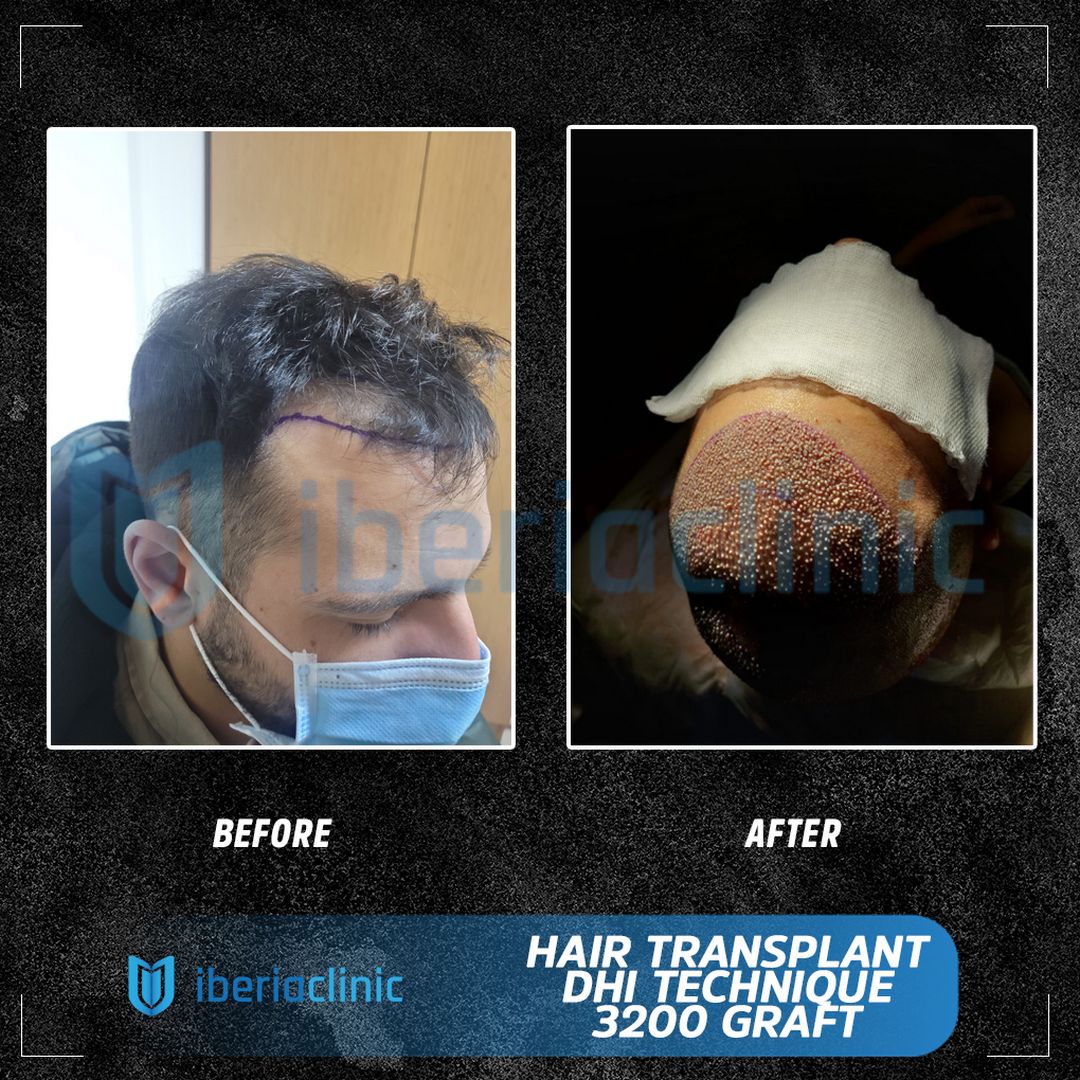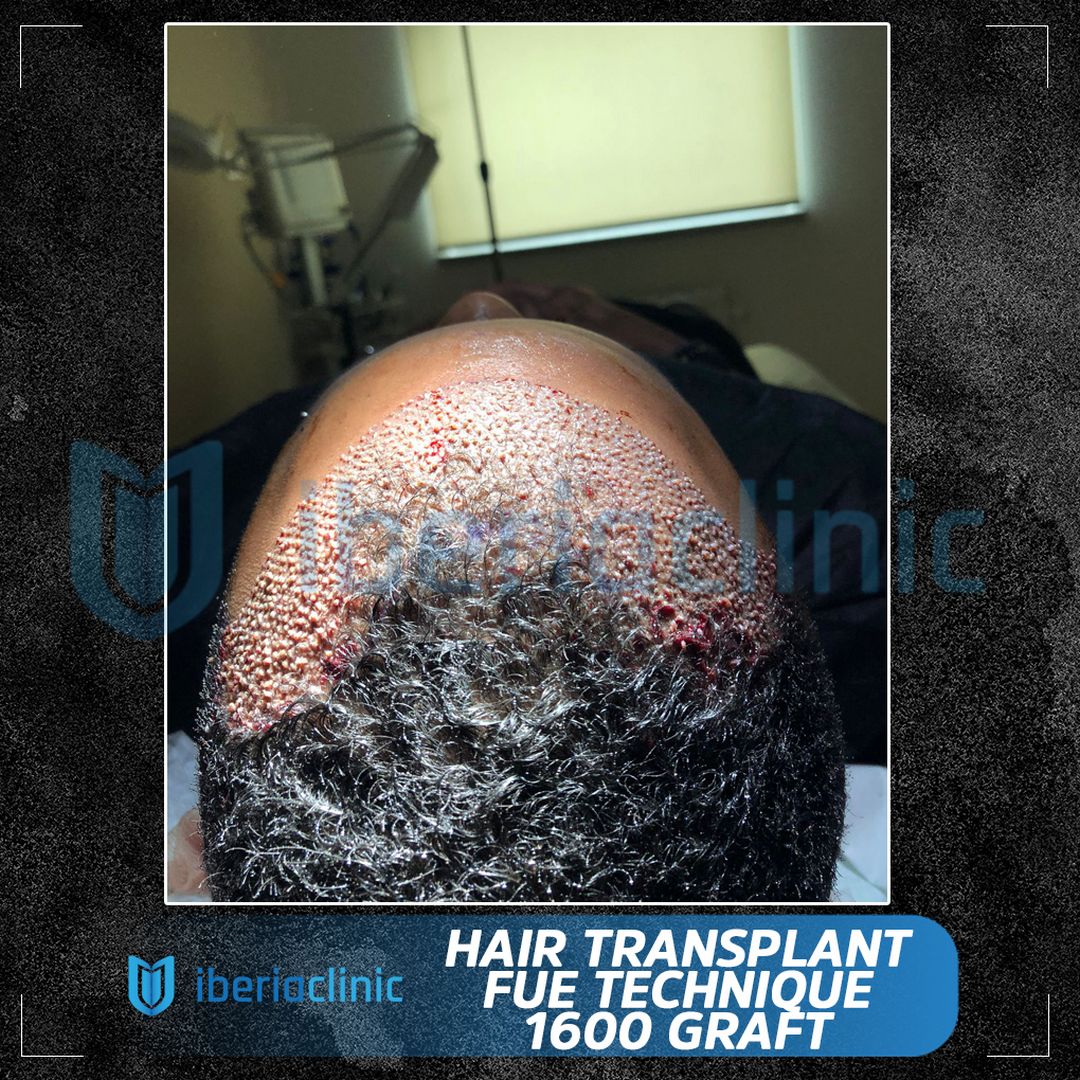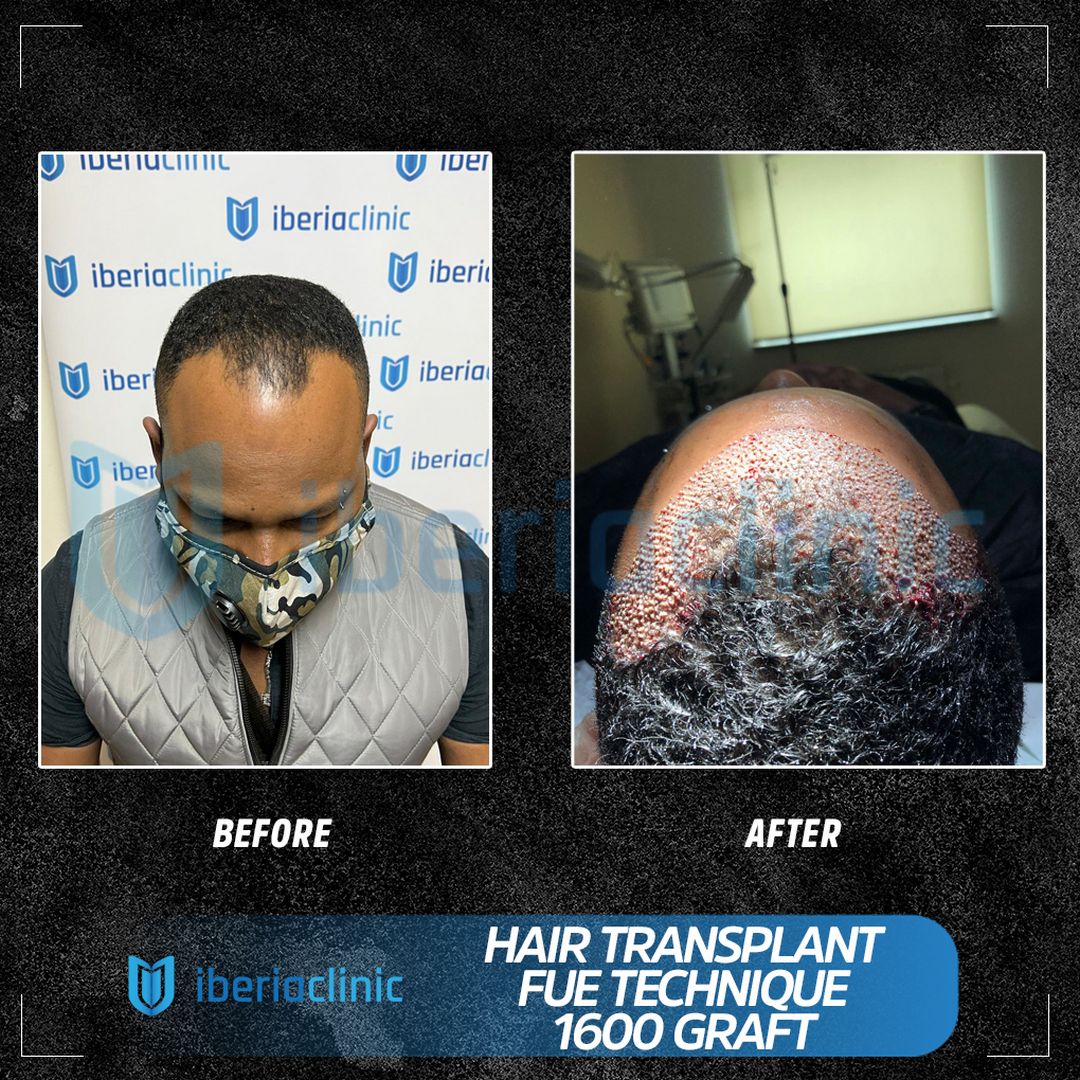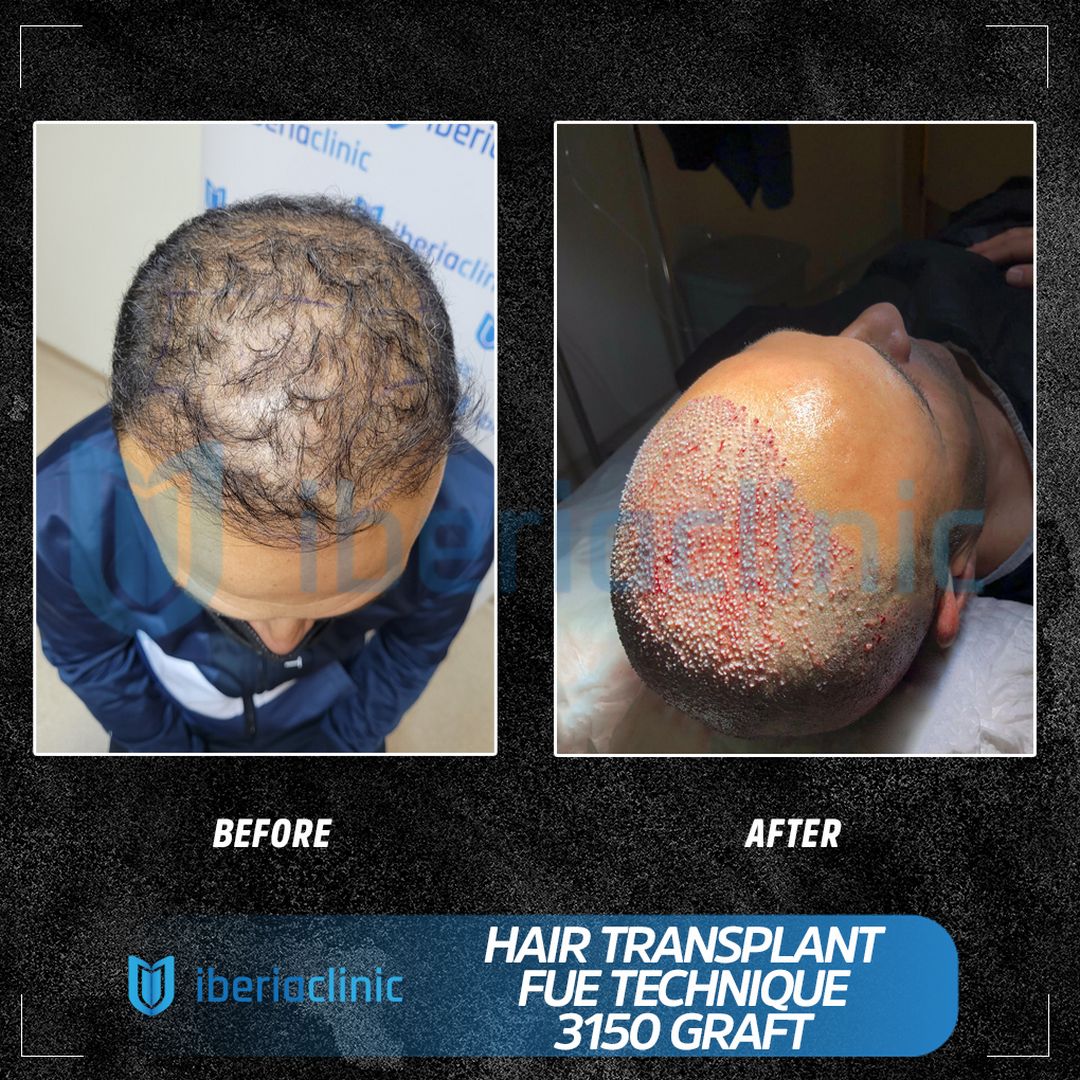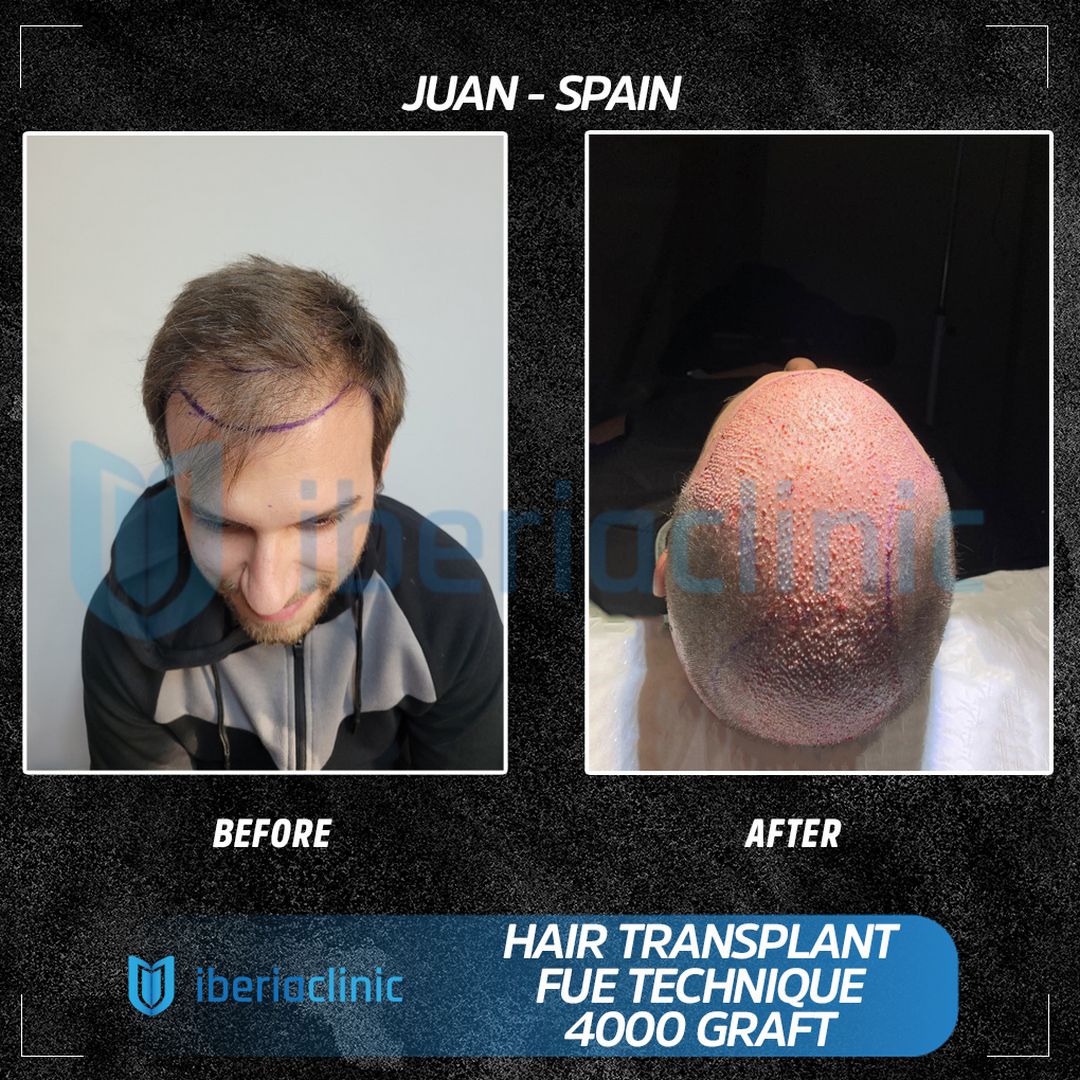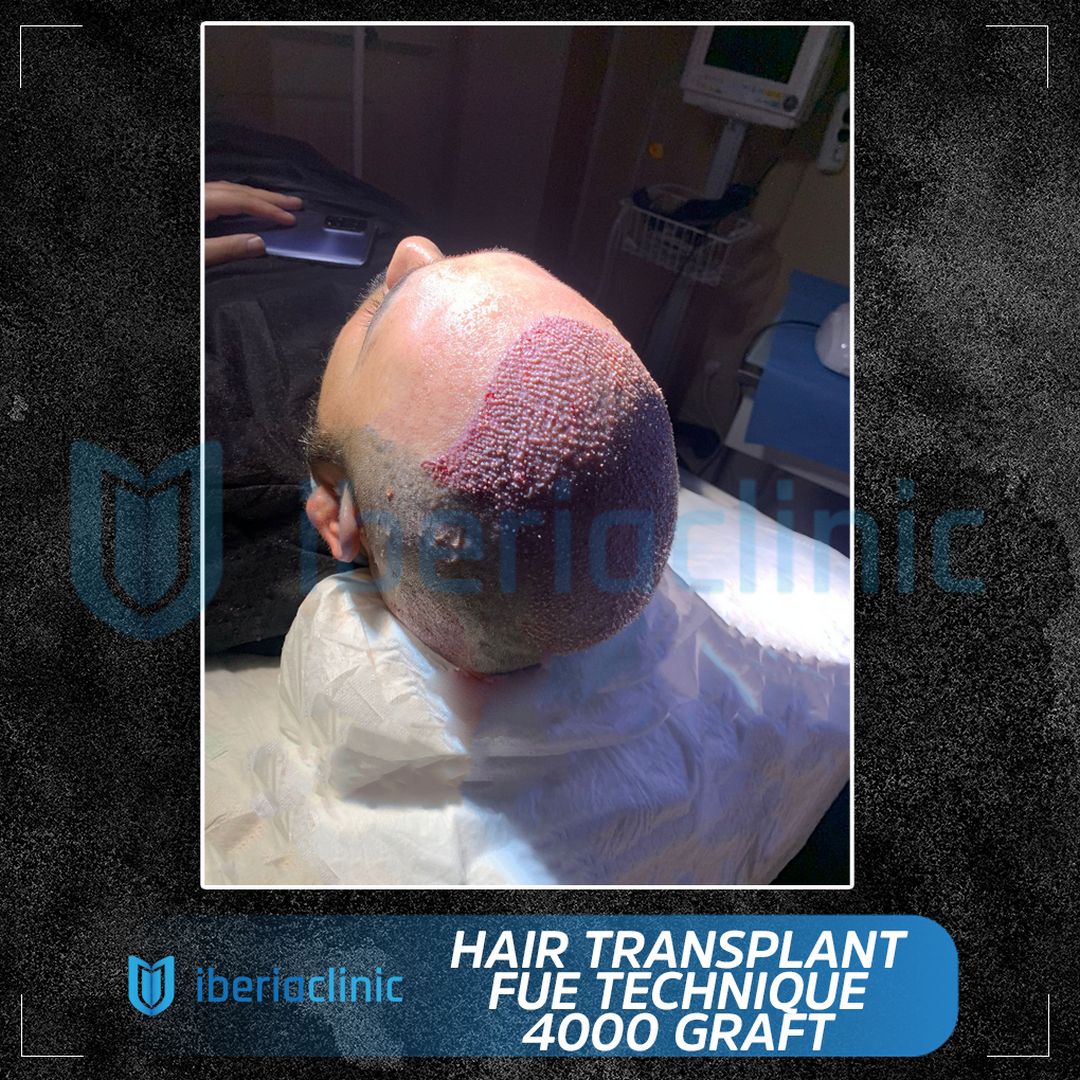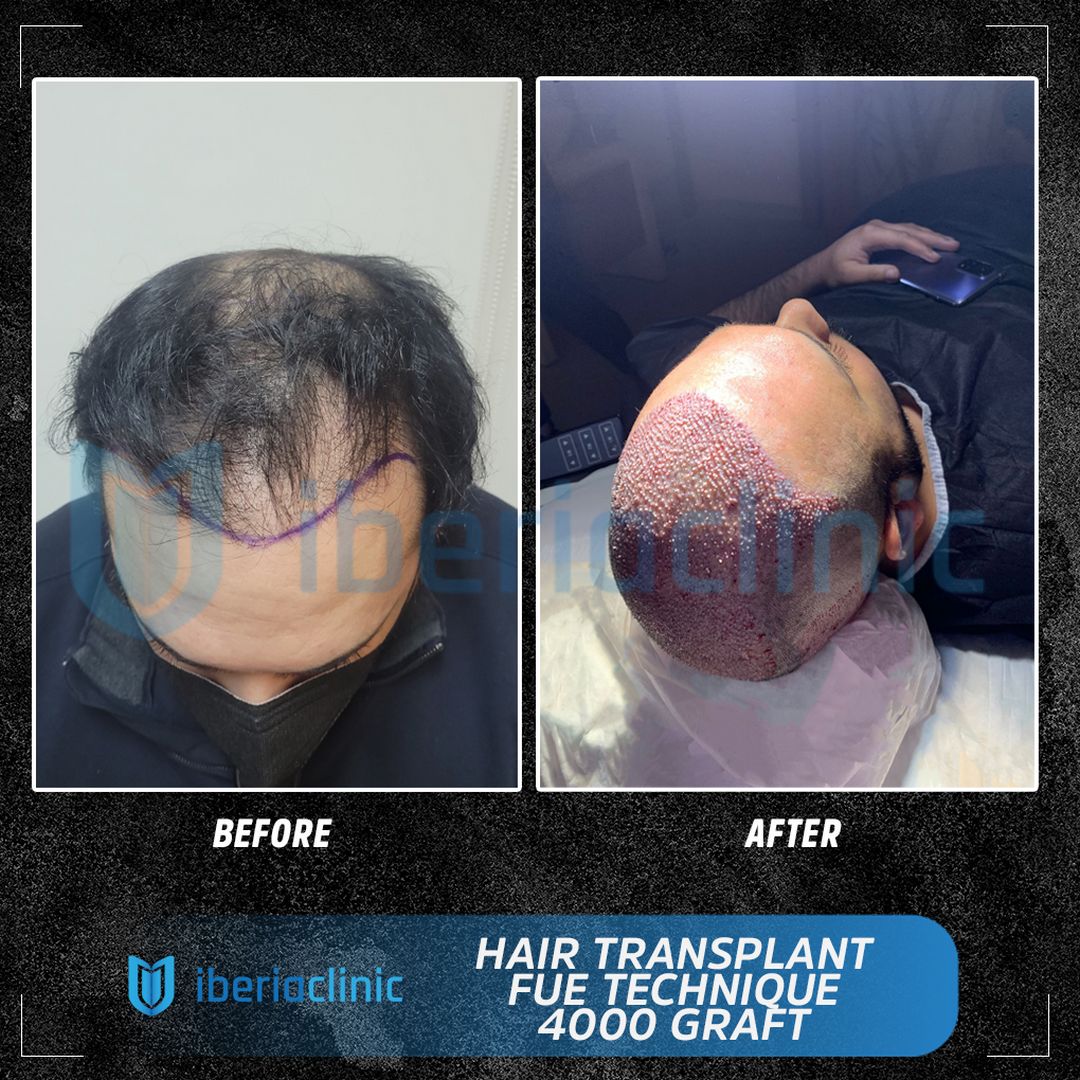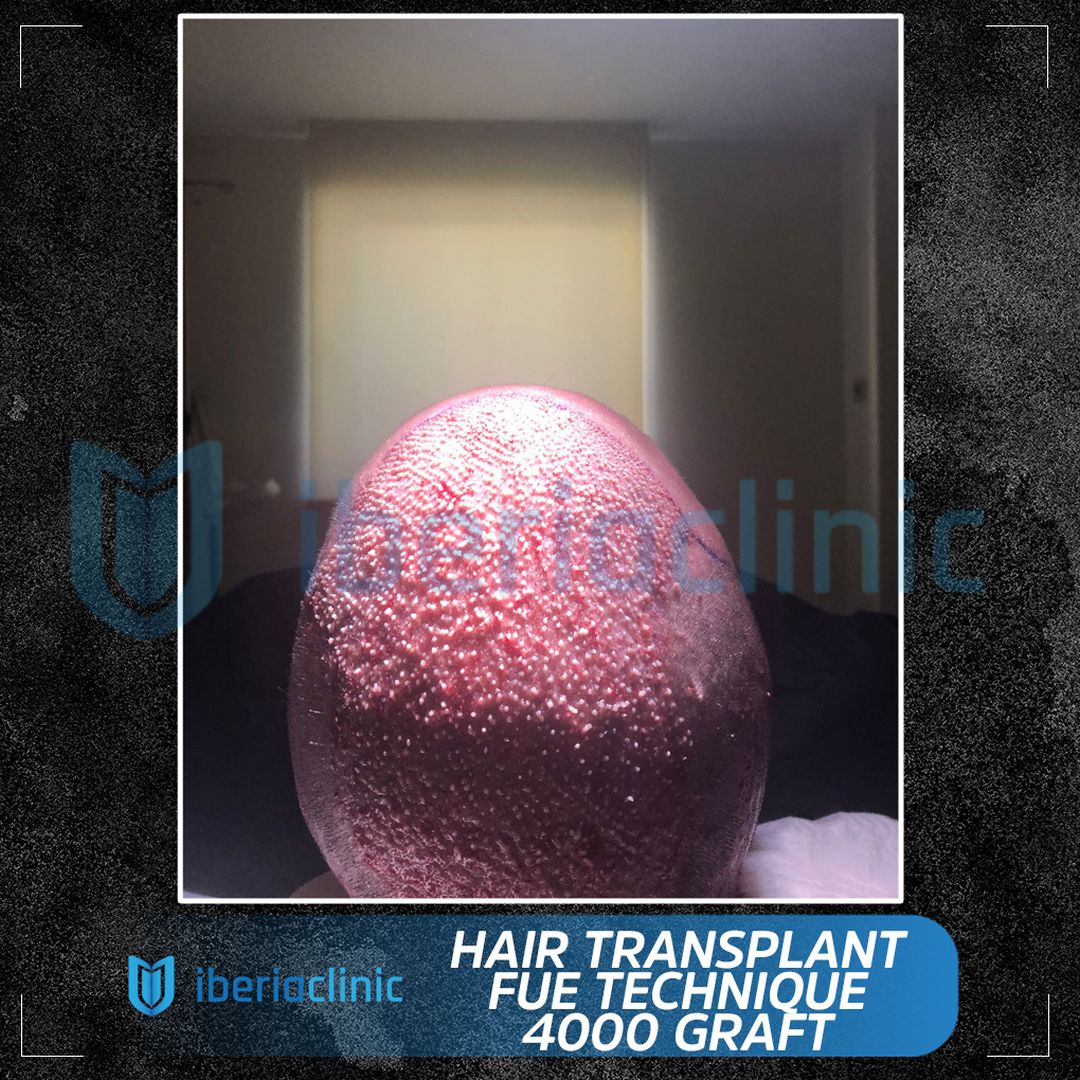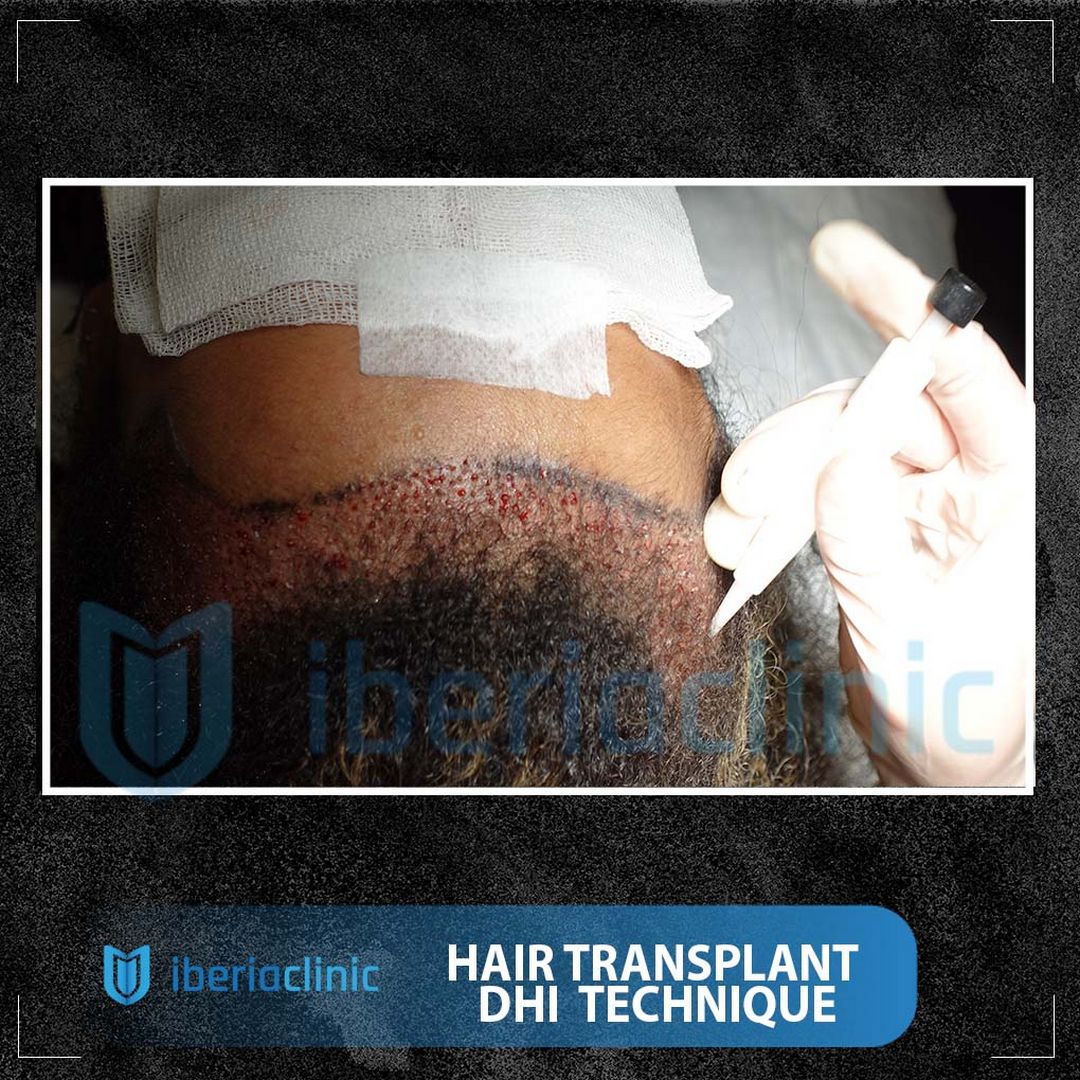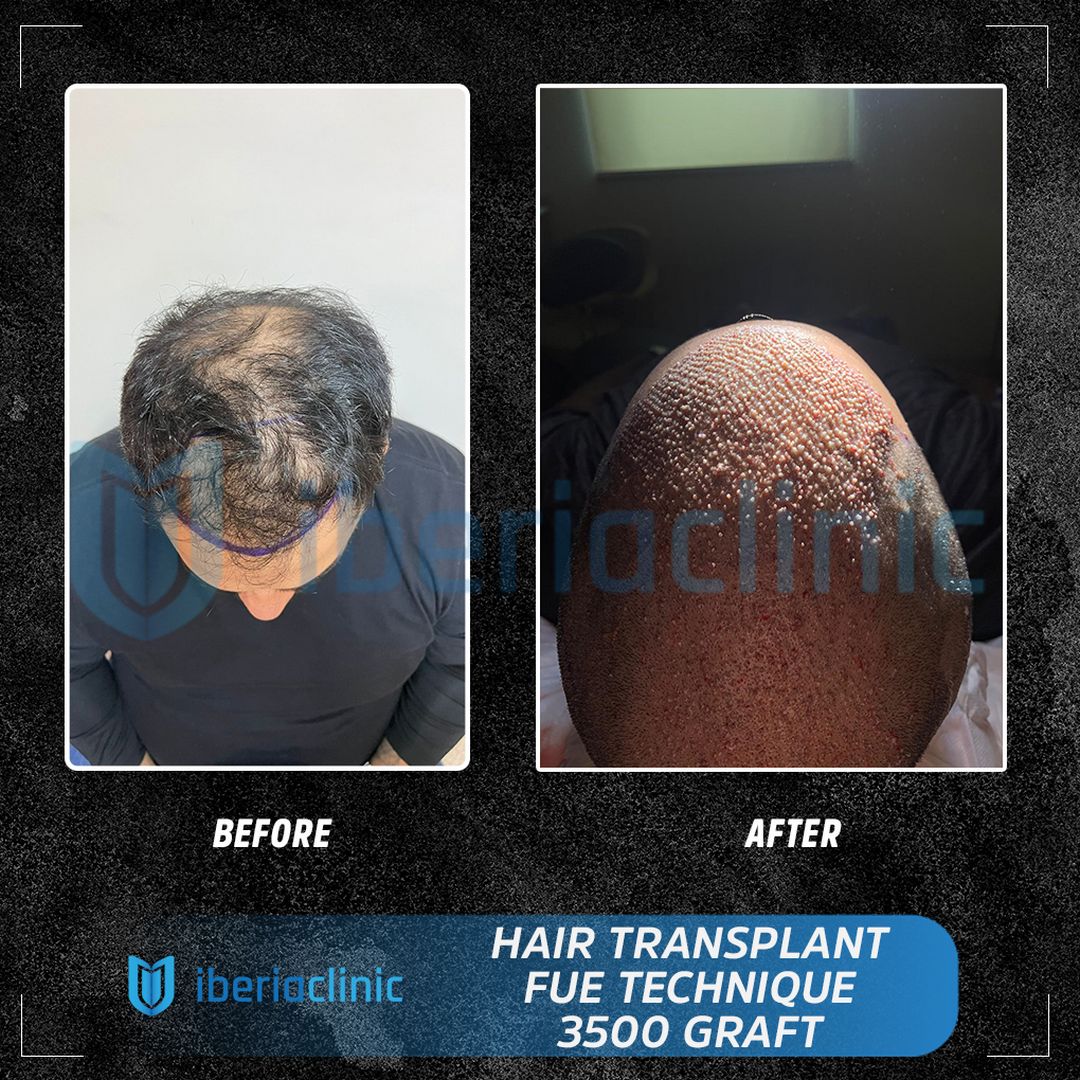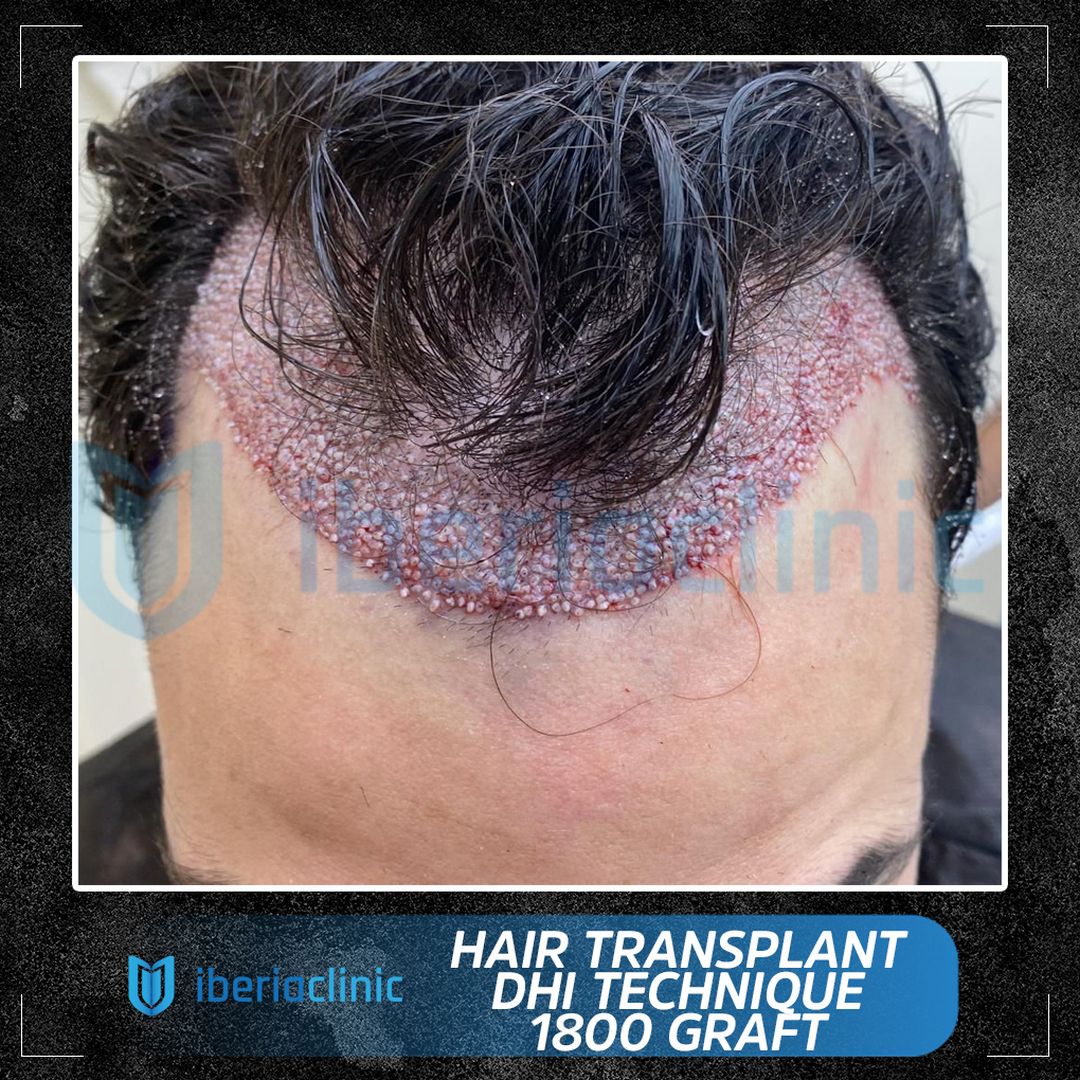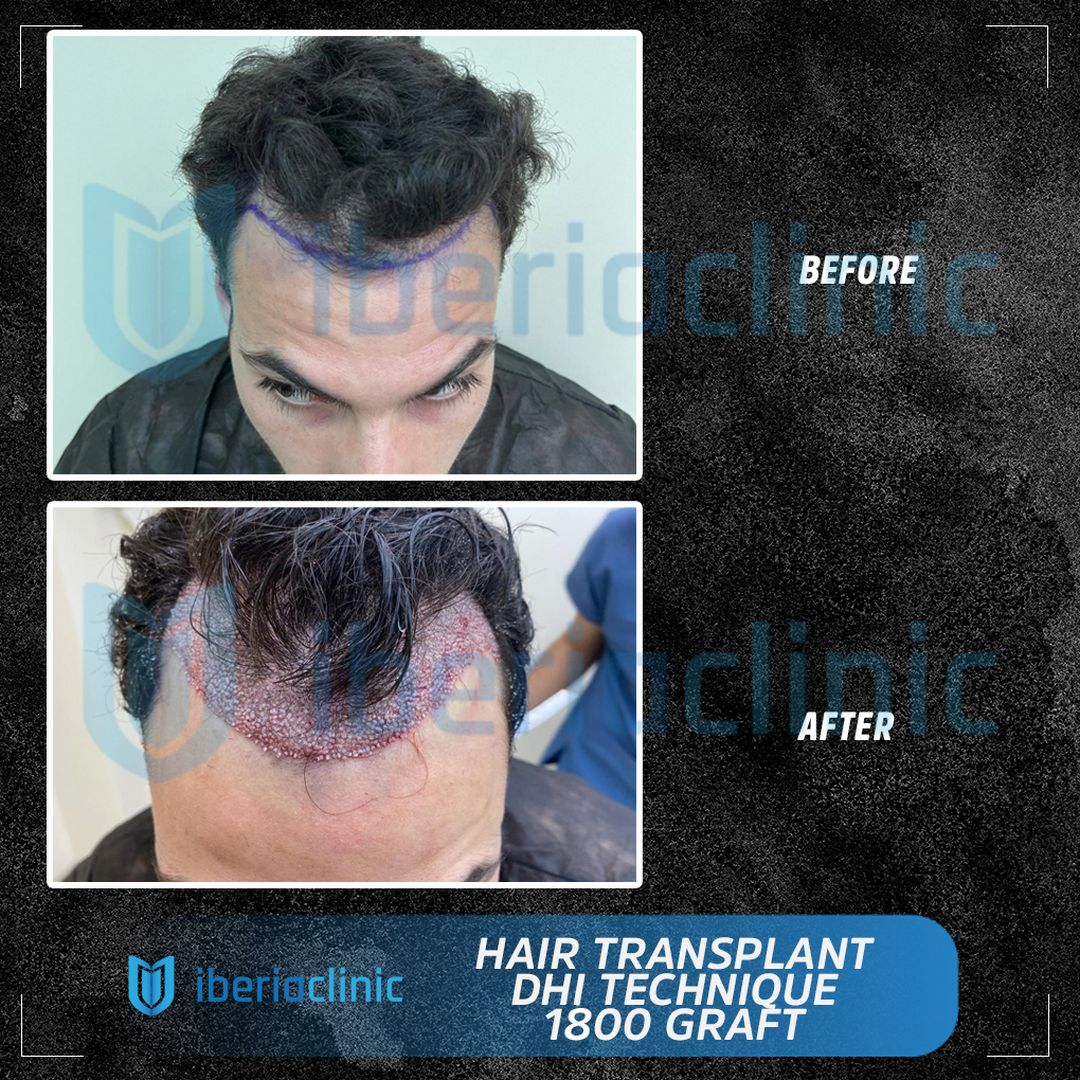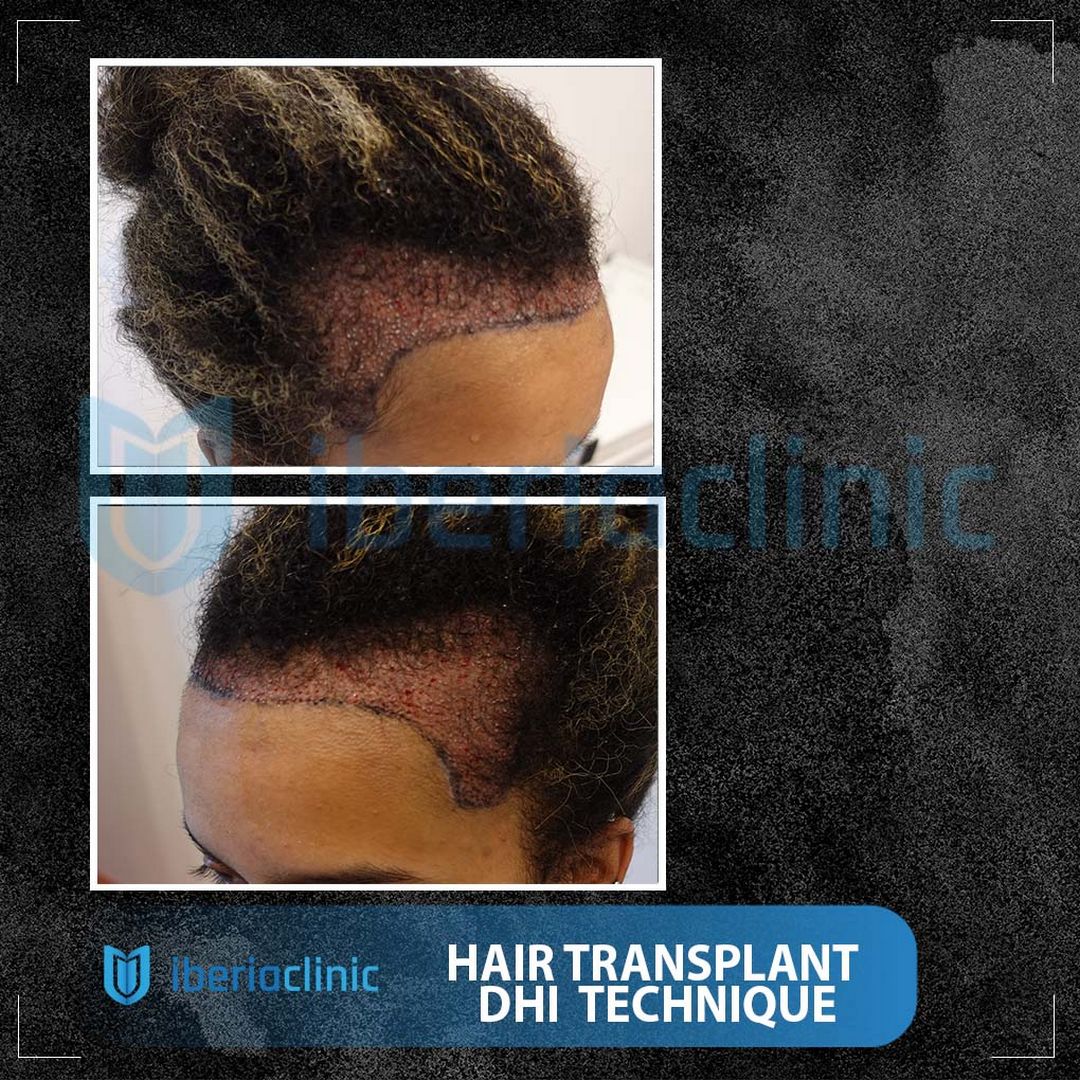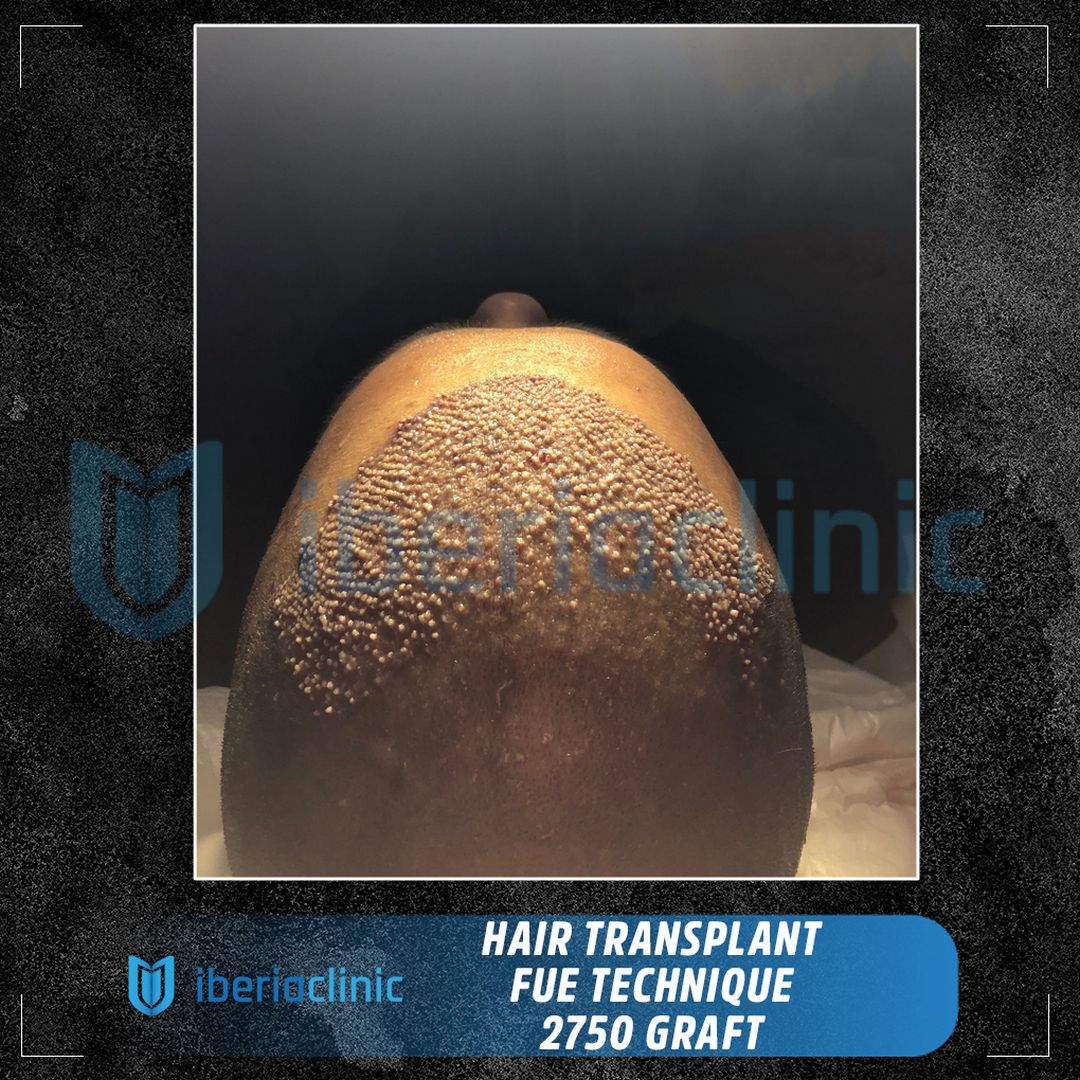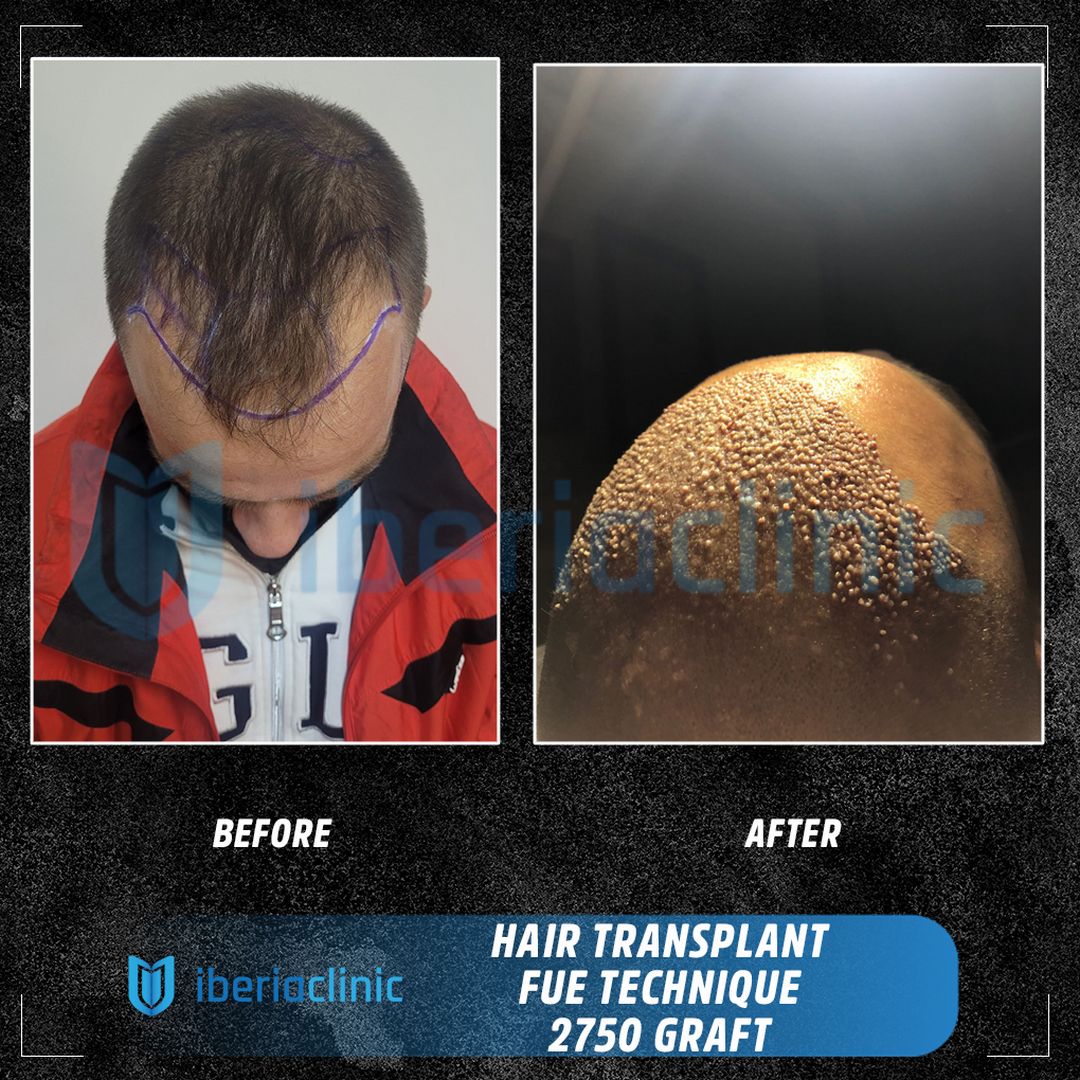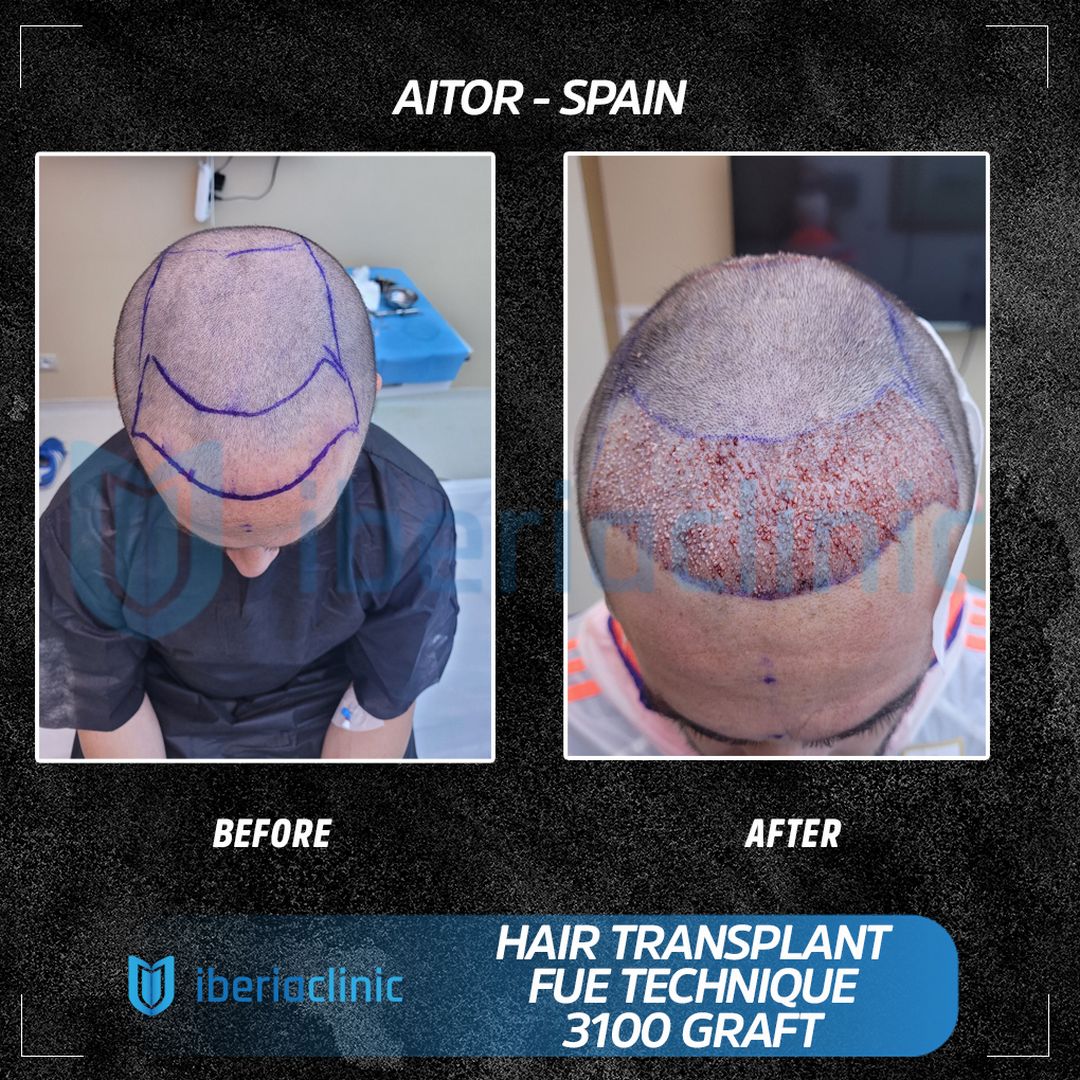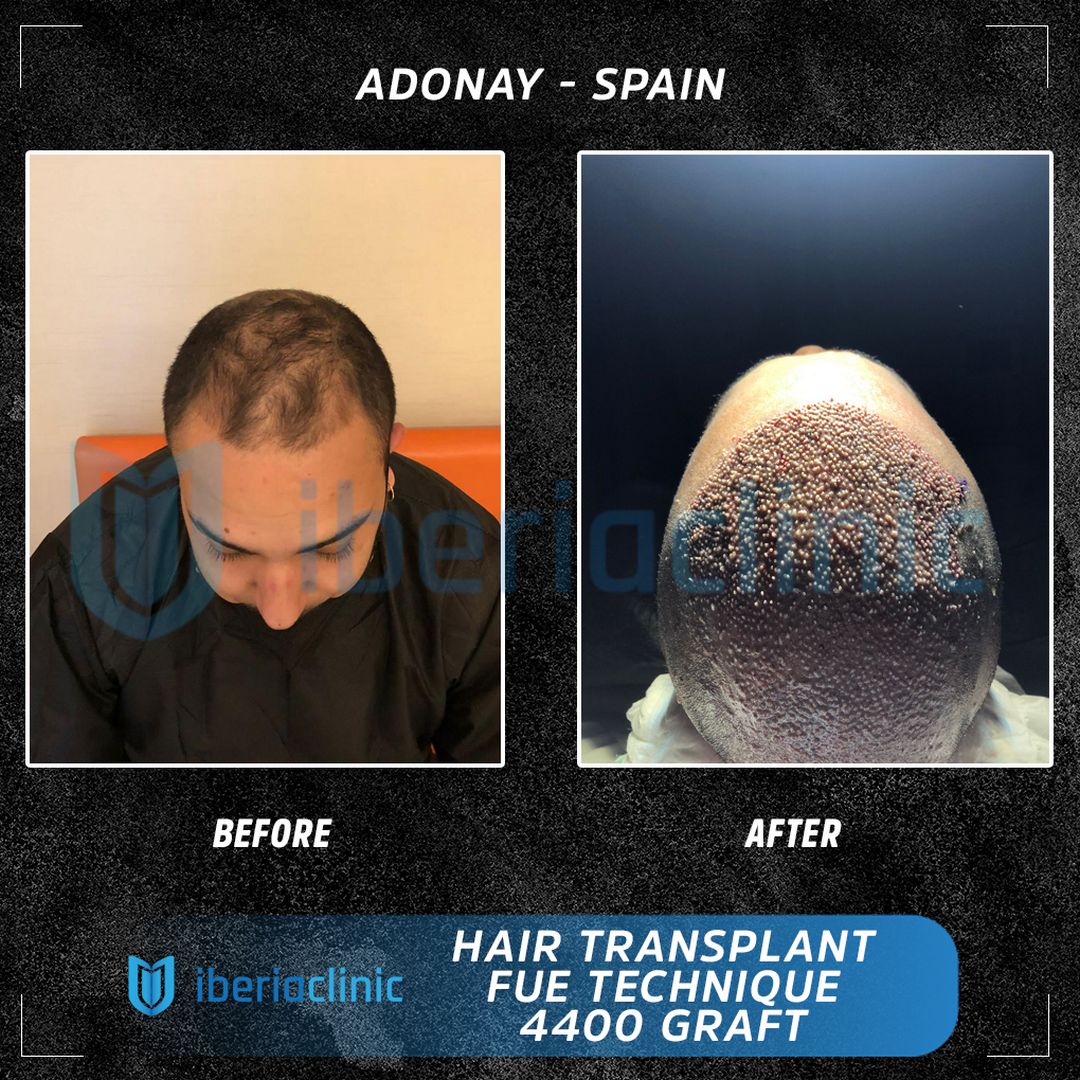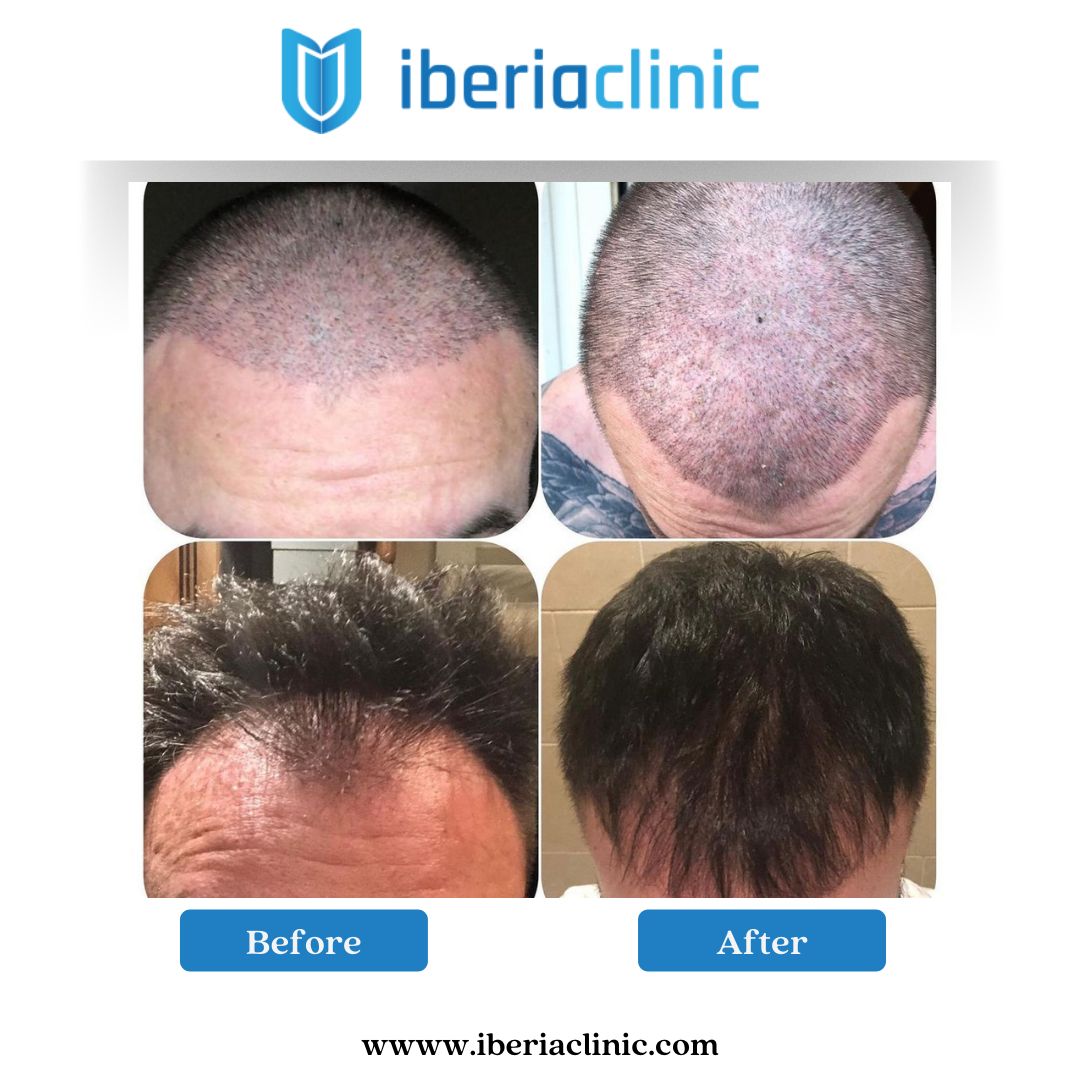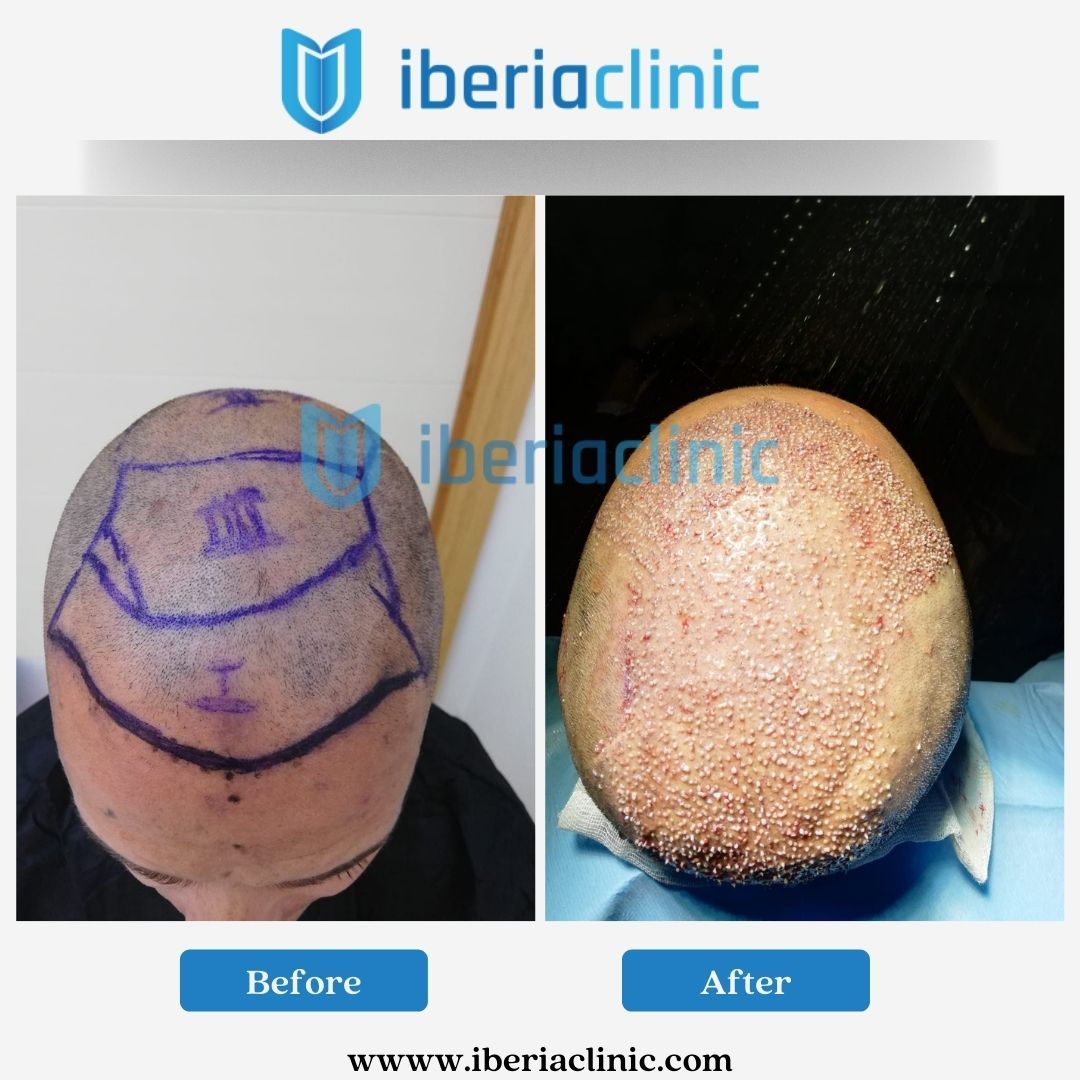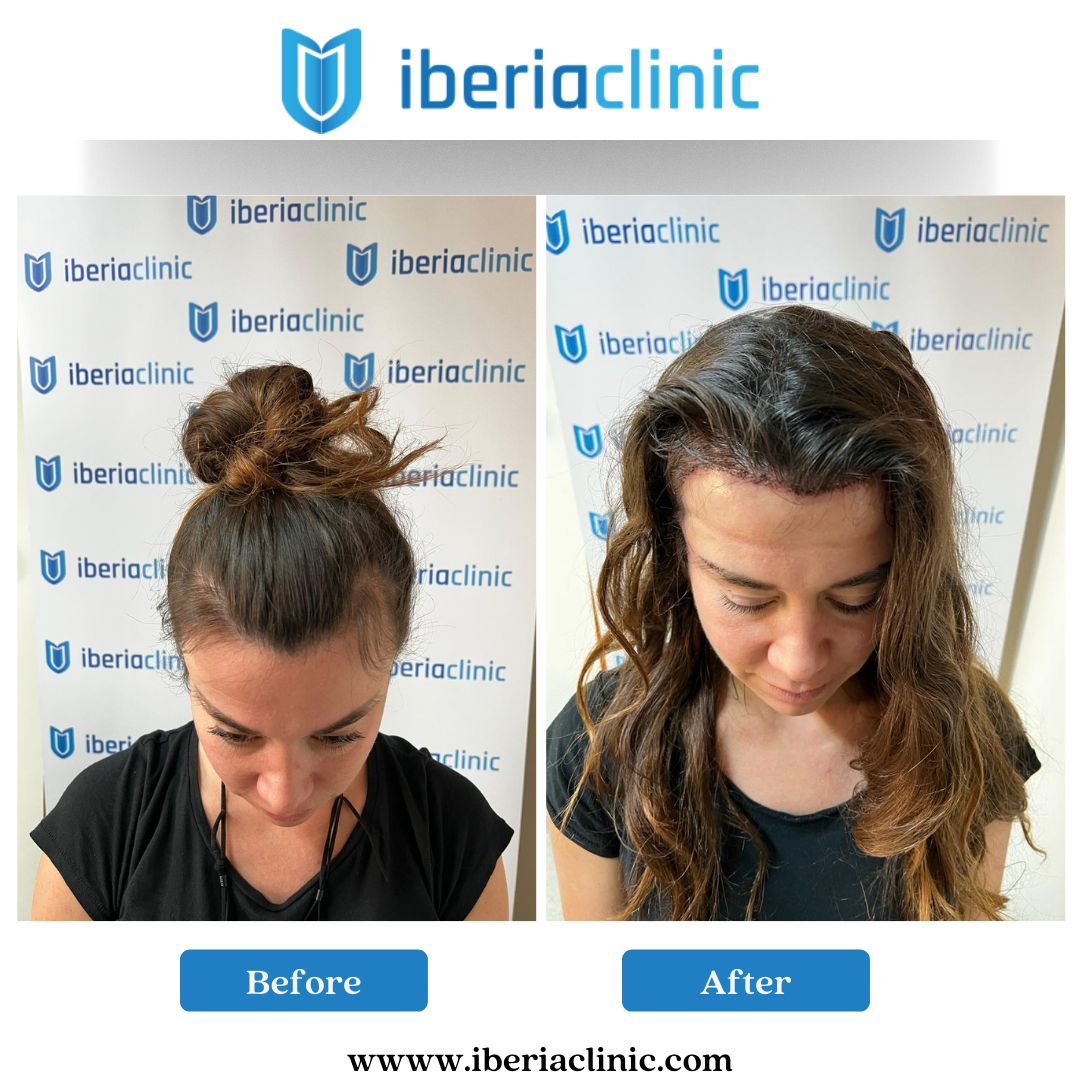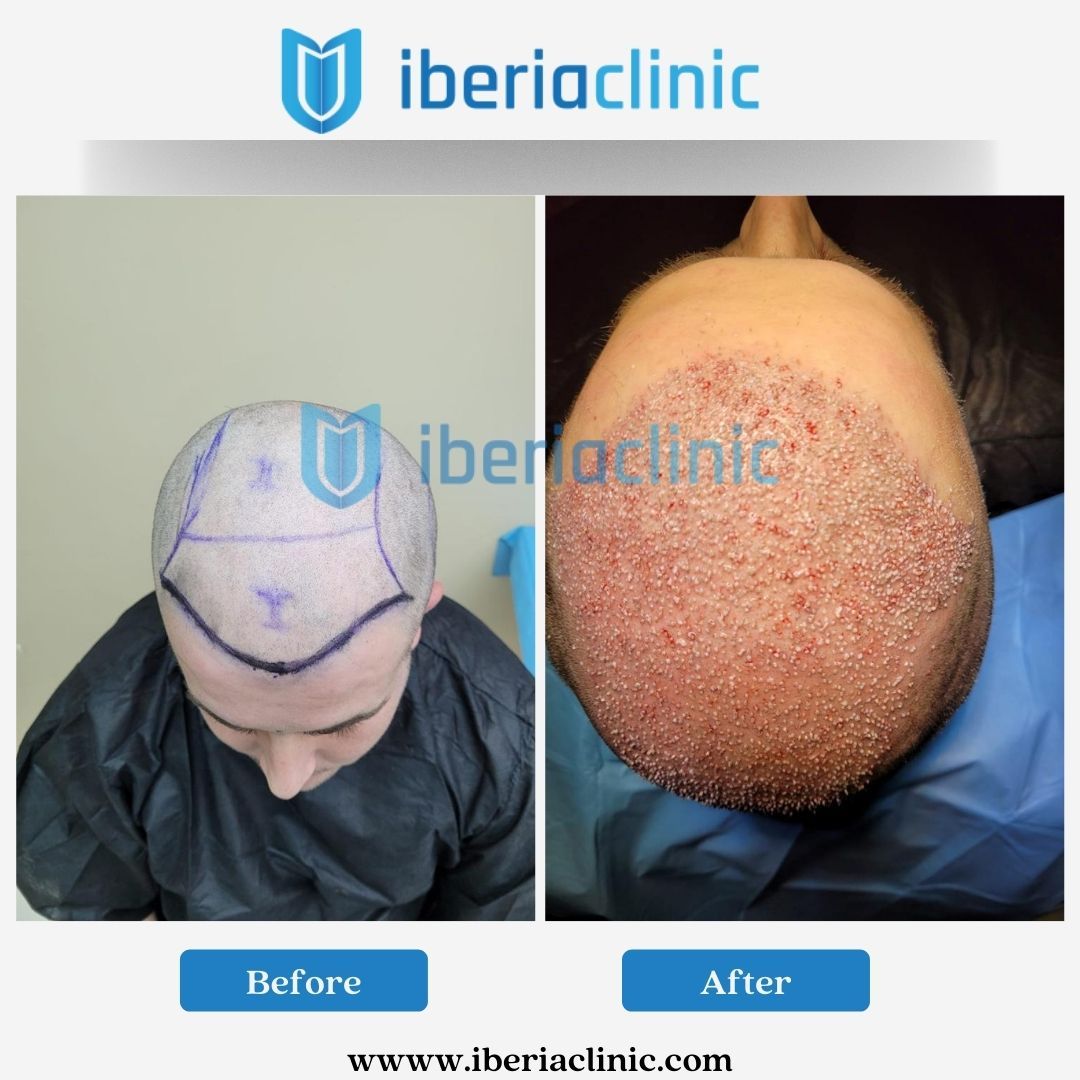Beard Transplant in Turkey
Beard transplant operation is the transplantation of grafts taken from the donor area at the back of the head or lower part of the chin where the beard is dense.
The operation performed under local anaesthesia lasts for about 8 hours and is painless after local anaesthesia.
With a single application, the rate of successful results is high. Some people may need a second operation. Beard, an important appearance criterion for men in today’s world, but definite treatment for the loose beard is the beard transplantation.
One of the advantages of beard transplantation is that the beard’s shaping will be done at the planning stage of the beard transplantation.
Beard shape suitable for the person’s face is selected together, the beard is transplanted to the person within this plan and is used lifelong.
Causes of Losing Beard Hair
The causes of hair loss in men’s beard is relatively unknown. In alopecia, the autoimmune attacks are directed at hair follicles, where they become damaged. While Alopecia Barbae is thought to be caused by genetics or hormonal influences, experts also believe that alopecia areata and alopecia barbae could be triggered by external factors such as stress or an injury.
- Family Hereditary: The thickness of your beard is primarily determined by your genetics. If your father and grandparents have thick beards, you’ll likely be able to grow a thick beard as well.
- Decreasing testosterone and DHT levels: Facial hair growth is initiated and regulated by androgenetic male hormones; while testosterone prepares the follicles for the growth phase, dihydrotestosterone (DHT) triggers elongation. Therefore, a decrease in these hormones can cause a significant thinning or loss of facial hair.
- Poor diet: Deficiencies in vitamin and minerals such as biotin, vitamin D, zinc, vitamin A, magnesium, vitamins A, K2 and E and calcium can be held accountable for facial hair loss since they play an important role in the production of keratin and collagen.
- Stress: Negative effects of chronic stress are associated with the increase in a hormone known as cortisol. By suppressing androgenic hormones, cortisol is considered as a possible cause of facial hair loss.
- Alopecia barbae: Alopecia areata is the name of the autoimmune disease in which the inflammatory cells attack the body itself, especially the hair follicles. It is actually a common condition that affects a fair amount of people throughout their lives. When alopecia areata occurs on the facial hair, then it is named alopecia barbae, usually showing up suddenly in the form of small circular patches.
Are You A Good Candidate for Beard Transplant?
As in the case of scalp hair transplantations, the same surgical techniques are executed during beard restoration, such as FUE and DHI. Therefore, as long as you have healthy donor hair on your scalp which match the colour and texture of your facial hairs, you are likely to be considered a good candidate for beard transplantation in terms of surgical requirements.
The rest is up to the patient’s wishes and demands. If your facial hair is thinning, or you have a scar on your face you wish to cover, or you just want to have a thicker and fuller beard, then there is no need for you to postpone the operation which will change your life, both physically and mentally.
However, there are a small number of conditions regarded as drawbacks in terms of beard restoration. For instance, if you are currently in the process of chemotherapy or treatment for alopecia Universalis, it is recommended waiting a bit more before going through facial hair transplantation. Moreover, as it is necessary to have an adequate number of hairs on the scalp, patients whose bodily hair is completely lost are not considered eligible candidates for beard transplantation.
How Is It Applied: The Procedure of Beard Transplant
Firstly, your doctor will explain the necessary precautions to take before the operation. You will need to avoid medication such as aspirin and inflammatory agents as well as consuming alcohol at least three days before the surgery.
You will be given two options of hair transplant techniques: Follicular Unit Extraction (FUE) or Direct Hair Implementation (DHI). The first step to take is consulting with your doctor about which technique is most suitable for your needs as well as your non-surgical circumstances such as budget and time reserved for the operation.
In order to make the optimal choice, it is significantly important both getting familiar with the mentioned techniques and recognizing the distinction between the two.
Follicular Unit Extraction (FUE)
In Follicular Unit Extraction, each individual follicular unit is extracted from the donor area at one time, using small punch or forceps with a size of one-millimetre in diameter instrument. As soon as the follicular units are prepared, your surgeon will make small incisions at the recipient site by means of razor blades. Depending on the number of hairs within each follicle, the hair grafts will be strategically placed in each slit one by one.
Harvesting an adequate number of follicular units in accordance with the priorly designated beard line may take a couple of hours, and in terms of larger sessions, be separated into two days. The tissue damage resulted from the incision process usually starts to heal in about 3 to 4 weeks, leaving small scars, which are invisible to an untrained eye, buried under the hairs on the donor area.
Direct Hair Transplantation
Once the planning of the beard line is completed according to your needs and desires, your doctor will apply a local anaesthetic agent to the target area. As soon as the anaesthesia takes effect, the extraction process will be initiated, manually using an extractor device with a diameter of 1 mm or less.
The hair grafts extracted from the donor area will be immediately implanted into the recipient site, using an advanced tool named Choi Pen. It is a mechanical implementation device that can contain 1 to 4 hair follicles simultaneously. The placement of the hair follicles requires utmost attention, highlighting the skill and the experience of the surgeon. Tiny scars will be left where the hair follicles were removed, but these will not be noticeable as the existing hair will cover them appropriately.
Once the anaesthesia wears off, the patient may feel a tightness to replace the numbness, and there might be mild redness, irritation or discomfort for a short span of time. Painkillers or anti-inflammatory medication will be quite effective on these issues. You may experience a little bit of numbness both on your face and donor site once the anesthesia starts to wear off.
After two or three weeks, your newly transplanted facial hairs will begin to fall out as this period of hair loss is required for the growth of the permanent hair strands, so this shedding period should not be a reason for distress. They will grow after the hair regenerates itself with full volume and full power than ever before. However, bear in your mind that it will take at least four months to acquire the desired results, so it is important to have reasonable expectations and of course patience.
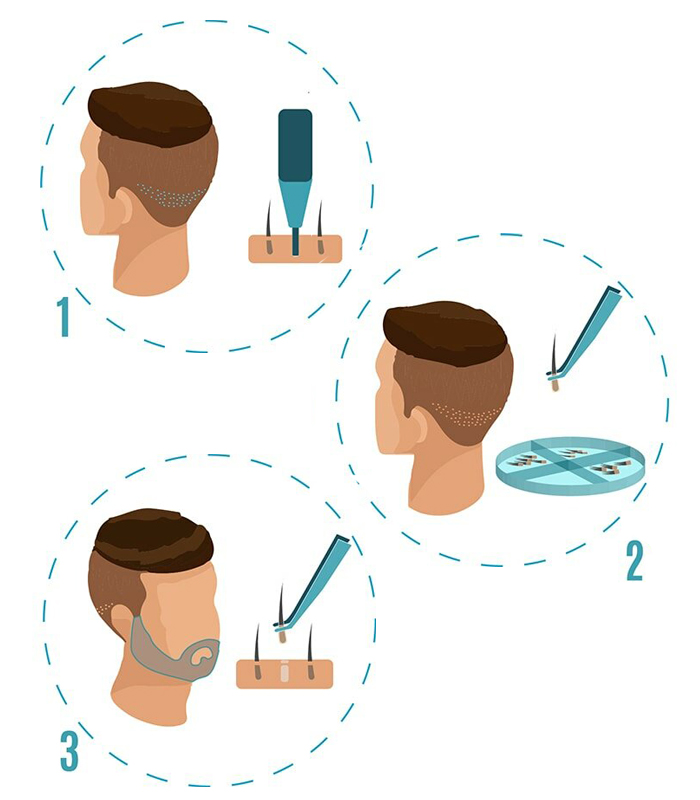
Advantages of Beard Transplant
- Almost No Pain: The operation is realized under anesthesia that’s why all you will feel during the operation is merely a pinching sensation.
- Quick Recovery: The recovery period of a beard transplantation procedure is quite short with less downtime. Getting back to your daily life will no take much time.
- Permanent Result and Can Shave: After the operation, you will be able to grow your beard naturally, free to shave and style as you wish, as the results of the transplantation are permanent.
- No Scarring: FUE and DHI transplantation techniques do not leave any kind of visible scar on your face which may cause future feelings of insecurity.
- Personalized Beard Style: Beard transplantation allows you to choose your new beard line according to your personal preferences. Even if the compatibility issues are still a matter of great importance, it does not change the fact that you have a wide range of options to choose from.
- Psychological Effect: Several scientific studies have found that men with thick facial hair are more confident in themselves as well as stronger, and they are considered more attractive than their counterparts with less facial hair.
Recovery period of Beard Transplant
After the operation, it will take about 7 to 10 days for your facial skin to fully heal, and in some rare cases, you might need 2 to 4 weeks to completely recover from swelling and redness. It is extremely important to remember that in order to speed up the recovery period, you should carefully comply with the instruction given by your doctor following your surgery.
Small scabs and crusts formed at the recipient site will begin to fall off approximately five days after the operation. If this time period lasts longer than a week, then you should consult with your doctor; he/she will give you the necessary instructions on what you should do.
Instructions on hygiene issues will be provided by your doctor;
- You should avoid touching, rubbing or scratching your face.
- Strenuous physical activities are considered severely damaging in terms of any kind of medical surgery.
- You should avoid exposing your face or scalp to direct sunlight as they will increase itchiness, soreness, and swelling.
- You should not think about using blood thinners or similar medications as they increase the possibility of bleeding. The only medication you will use is the one advised and prescribed by your doctor, usually an antibiotic that prevents infections.
- You should avoid activities such as swimming and using hot tubs as well as staying at saunas or steam rooms.
- You should refrain from smoking, using tobacco products or consuming alcoholic beverages at least for a few days.
Approximately 10 days after the operation, you will be allowed to shave your face and donor site on your scalp with gentle moves.
In about two to three weeks after the surgery, you will begin to lose your newly transplanted hairs. No need to be alarmed since this is a natural part of the whole process, necessary for the permanent growth of the transplanted hairs.
By four months after the operation, the transplanted follicles will start to grow again, and you will clearly notice the difference in the amount and thickness of your beard.
Treatment Summary
Frequently Asked Questions
The hair grows the first month after the graft, the upper part of the hair falls out (it is normal), the third month begins to grow again and in six months the patient sees almost 70% of what the final result will be, all the process takes a year to complete. Period after which you will wear magnificent hair again.
Hair graft surgery lasts approximately 6-8 hours depending on the number of follicles that are going to be transplanted to the patient in the intervention.
Hair graft can be performed in patients who have alopecia and are between 18 and 70 years old. The intervention can be performed on both men and women. In women, the case is treated in a different way because the reasons for hair loss in men is DNA, that is, the production of a male hormone that causes the follicles to fall, especially in the front and crown of the hair. the head where blood circulation is highest. In women this fact does not occur for that reason, before carrying out a hair graft treatment in women, we have to find the reasons for the loss. Before deciding if you can carry out the hair transplant treatment or not, blood tests such as Ferritin, Ferro, Thyroid ... among others, and also a visit to a gynecologist are requested. If there is a problem in the results of these tests within the established parameters, the patient could not perform the intervention.
The maximum number of follicles that can be grafted in a hair transplant is 5000 to 5500. This always depends on the need (size of the alopecia) and availability (amount of hair in the donor area of the head).
The capillary graft is an aesthetic operation that does not require hospitalization of the patient. The patient leaves the hospital / clinic just after finishing the intervention. The third day after the graft, the patient can start working always paying close attention not to hit the head, not spend a lot of time in the sun and in places where there are many dust particles or similar in the environment.
Patients should protect their scalp from the sun for about a month. This is not intended to stay indoors, just wear a hat or cap to protect against sunburnPatients should protect their scalp from the sun for about a month. This is not intended to stay indoors, just wear a hat or cap to protect against sunburn.
We ask you to think about your back, your head on some cushions. By raising your head, the cushions lessen any swelling that usually occurs after hair transplantation.
You can safely go home the second day after the procedure. Staples can be easily removed in the patient's hometown. We provide easy-to-use instructions and staple remover for any healthcare professional. There should be no other reason to return other than an optional one-year follow-up.
Fibrosis, commonly known as scarring, is the skin's way of healing. Scars in transplanted areas are generally not very visible and the micro-technologies we currently use make them almost imperceptible.
Usually the grafts can be dislodged during the first 10 days after the operation, so be careful not to rub the sculpture during this period. The grafts are firmly fixed and are permanent later; after 2-3 weeks, they cannot be dislodged, not even by rigorous washing. A limited amount of transplanted hair can fall out. This is a normal reaction and this loss is called "shock loss." There is no need to worry as all the roots (or follicles) of the hair remain healthy and in place; it does not mean loss of transplants.
Mild pain can be expected for the first two days after treatment, caused by anesthesia. But afterwards you will feel good and can continue your daily and professional life.
Hair implantation is a very simple procedure that does not pose any risk to the patient. Before starting the procedure, a full test is performed to ensure that the patient is fit for treatment. In very rare cases, infection can occur if the patient does not fully follow postoperative instructions. It is easily treatable with antibiotics.
The operation is not painful at all. We use local anesthesia to avoid pain, and we provide a pain reliever for the first two days after the procedure to avoid pain or discomfort.
We prefer not to evenly distribute the transplanted hair. If we focus on the front line, it will disappoint to give it a natural look. The facial frame is the most important, covering the upper part is next and if the patient has a rich and dense donor area, then the hair can be added to the crown.
Hair implantation consists of extracting the hair follicles from a certain area that is normally the nape (the back of the head) so that it does not damage the donor area and does not leave scarring, and re-implants these follicles in the bald area or well bald. This operation is performed under local anesthesia. The extraction is carried out with a micro motor that removes the roots of the hair.
We provide the best services with affordable prices. Our prices depend on the chosen hair transplant method. We have set prices for different methods and all costs include postoperative exams and medications; no additional payment will be required for any reason. We do our best to offer you the best value for money with our competitive prices. Please contact us to be informed of the prices of our packages.
Hair follicles taken from your donor area are genetically and naturally resistant to the factors that caused your original hair loss, they will continue to grow throughout life, as if they were left there and not transferred anywhere.
Because the implanted follicles are extracted from the same body that will receive them, they will produce natural hair that will perfectly match the original in color and shape. It is important to choose the correct procedure and the correct clinic to obtain the best results. When your hair begins to grow, it will be impossible to determine which hair has been transplanted.
Before After Results
REQUEST A CALL BACK
Related Posts

